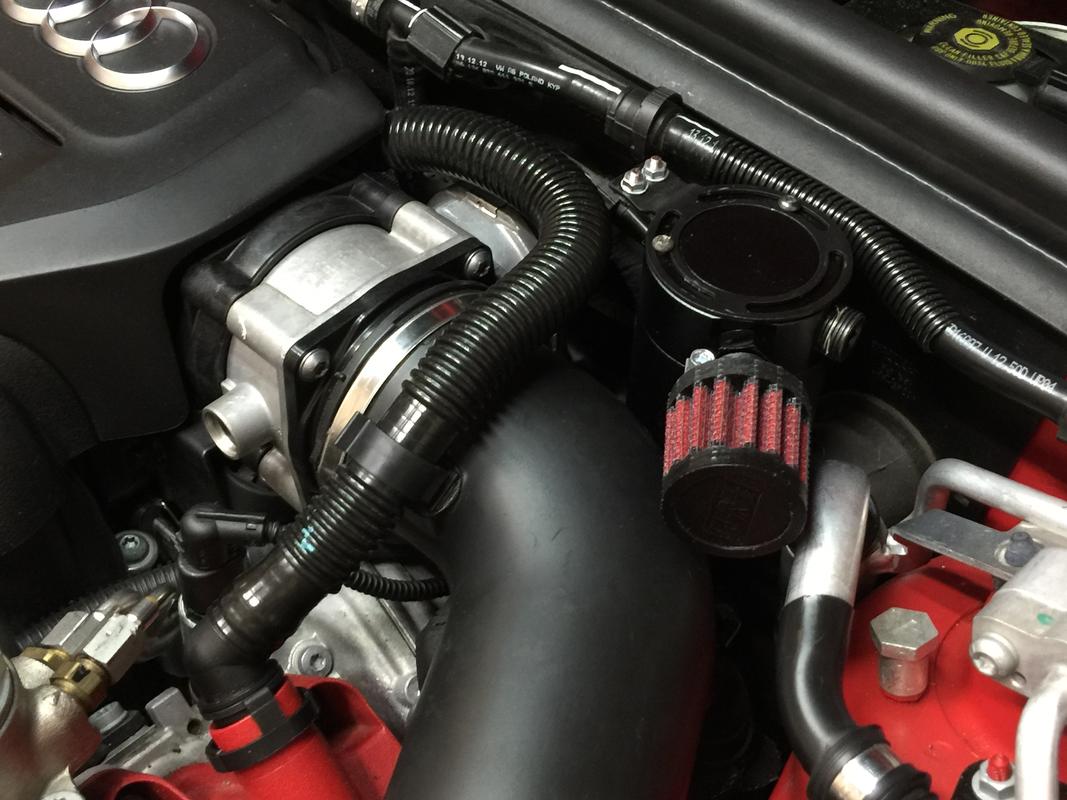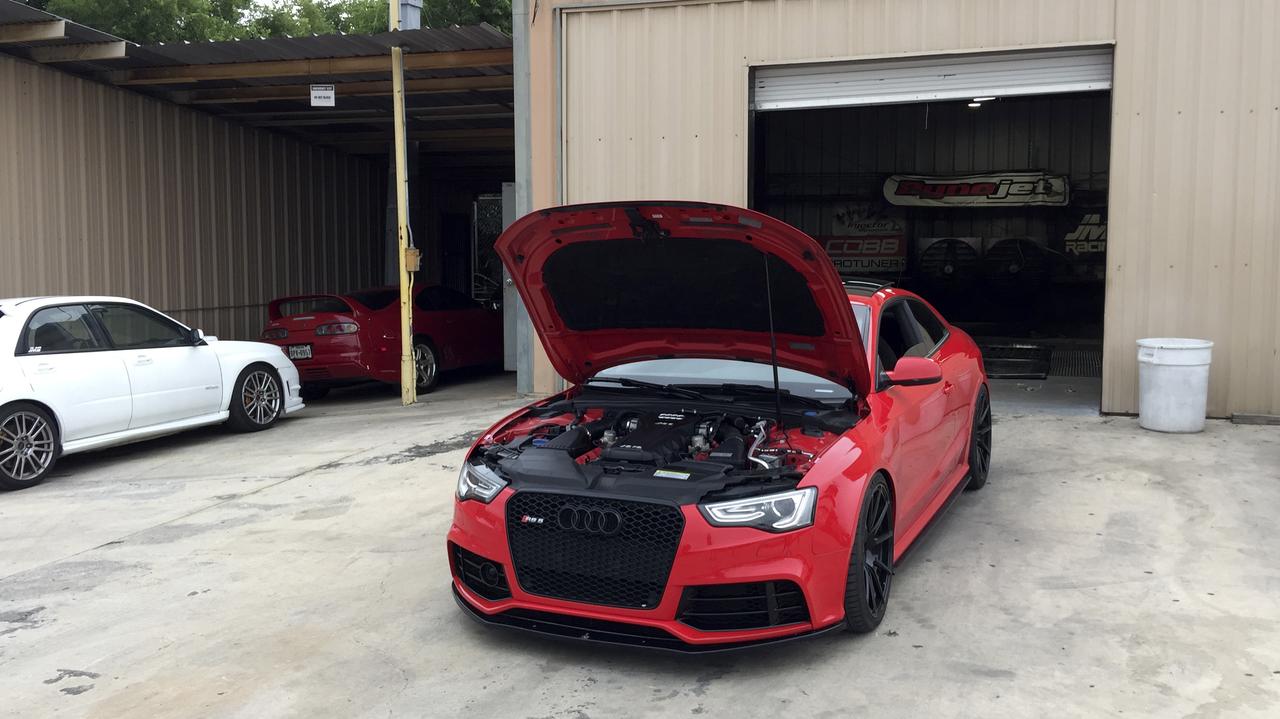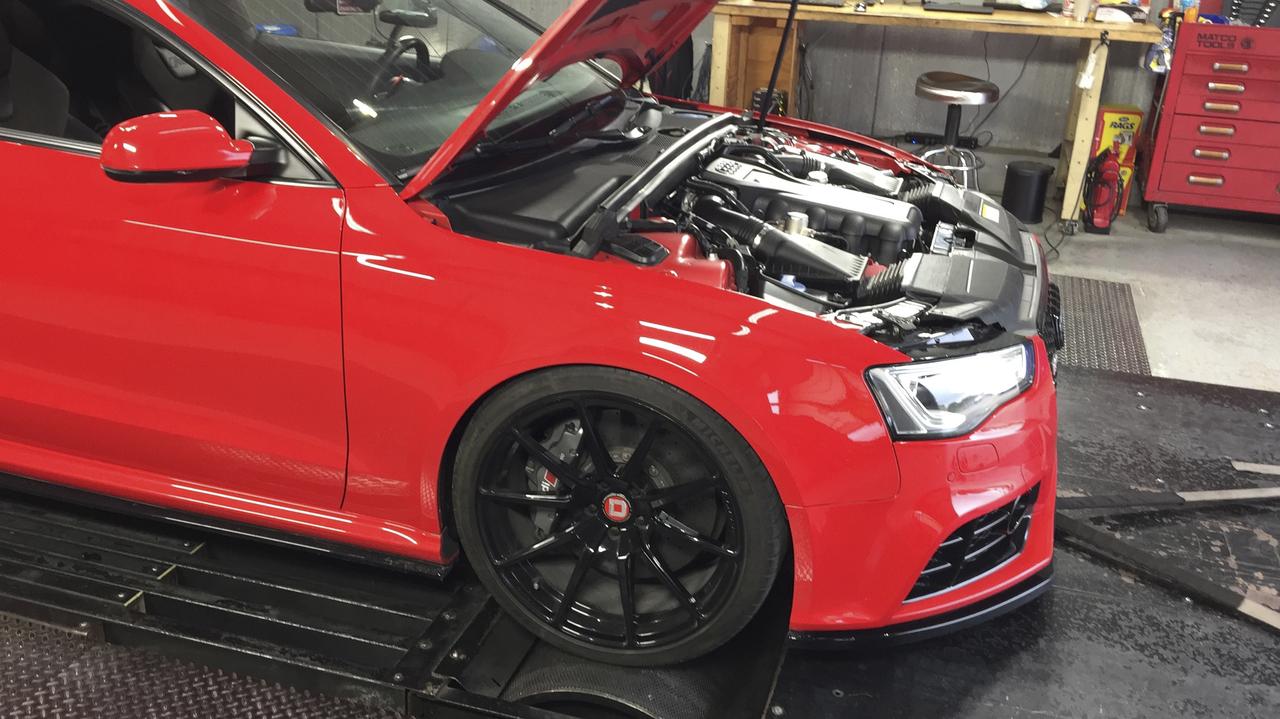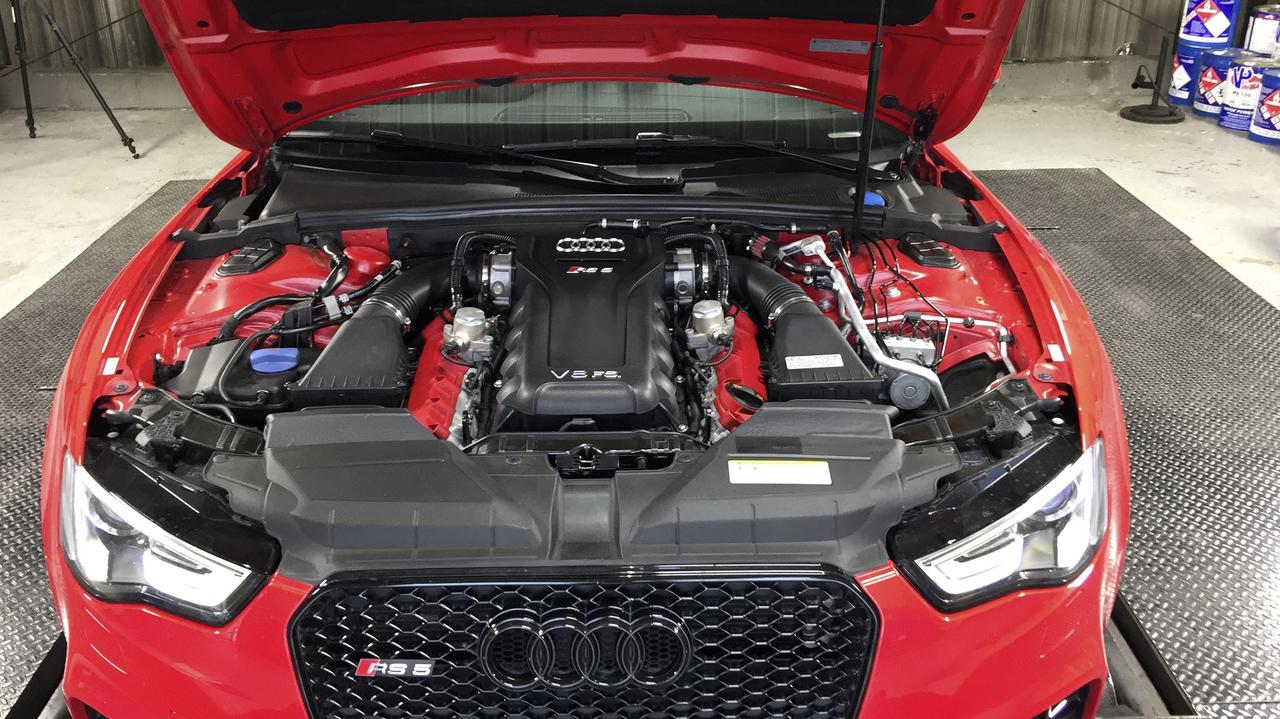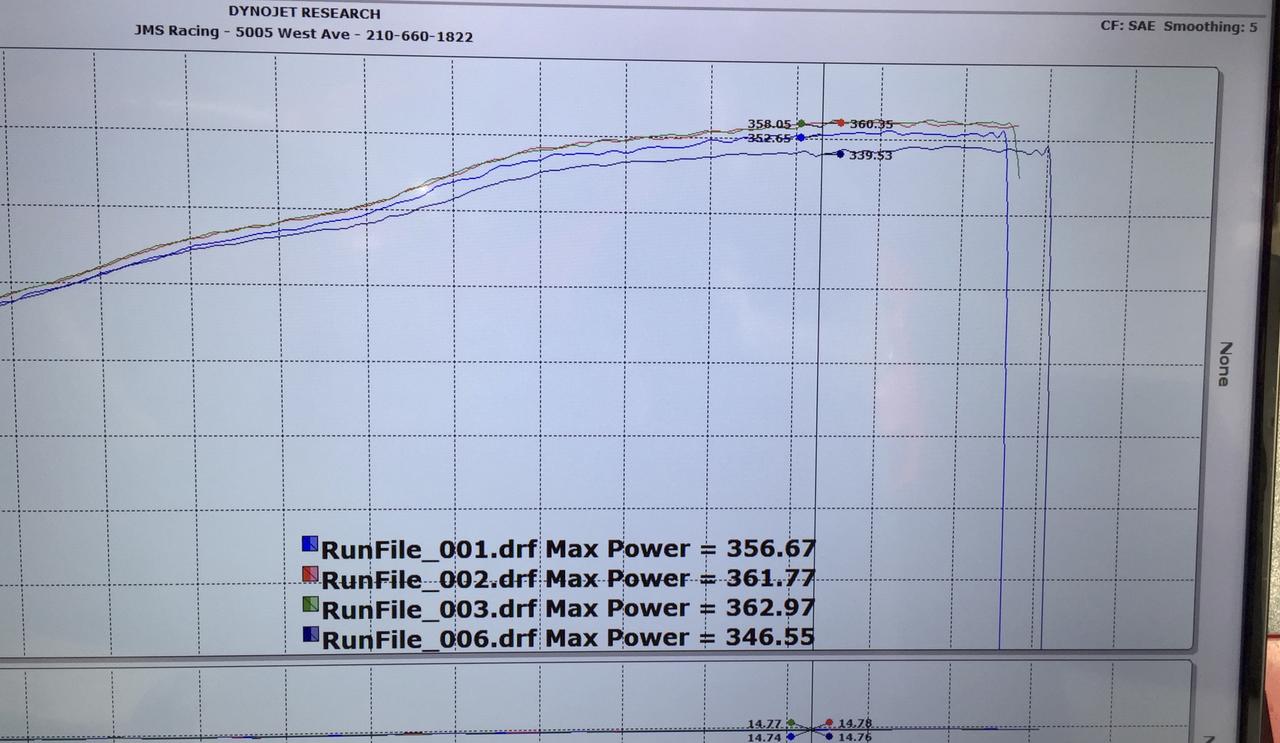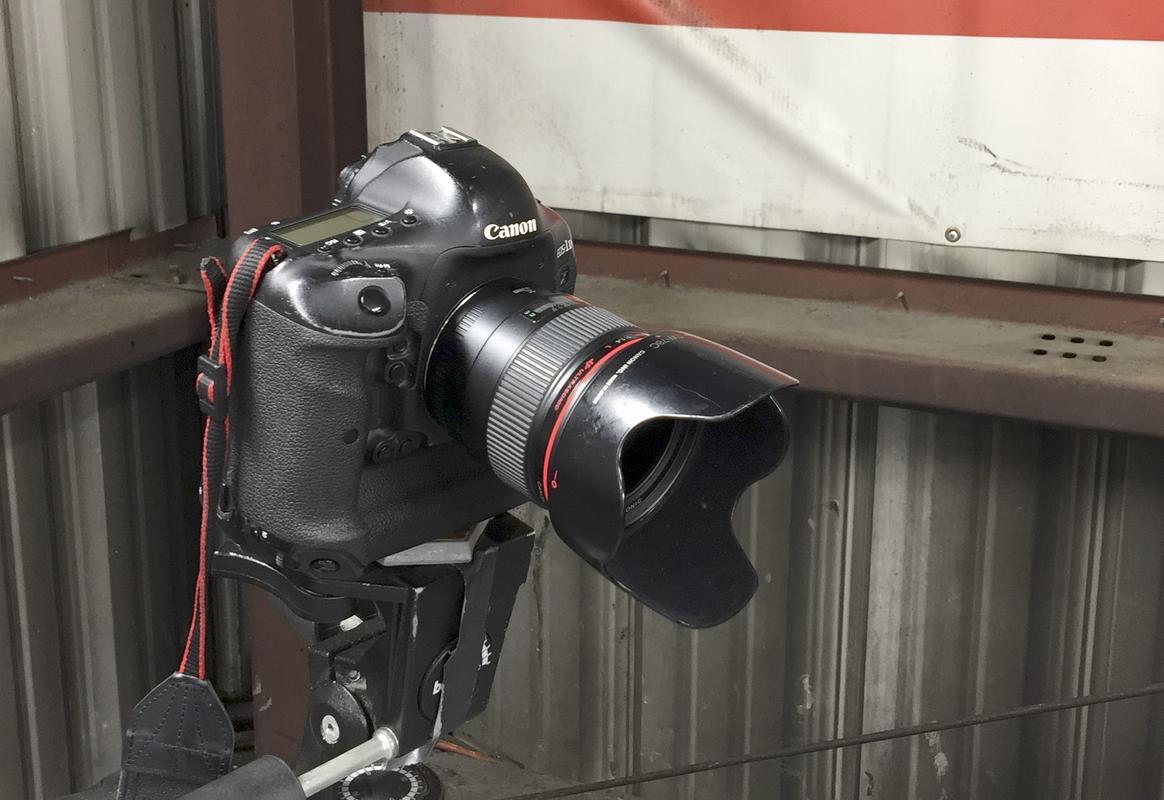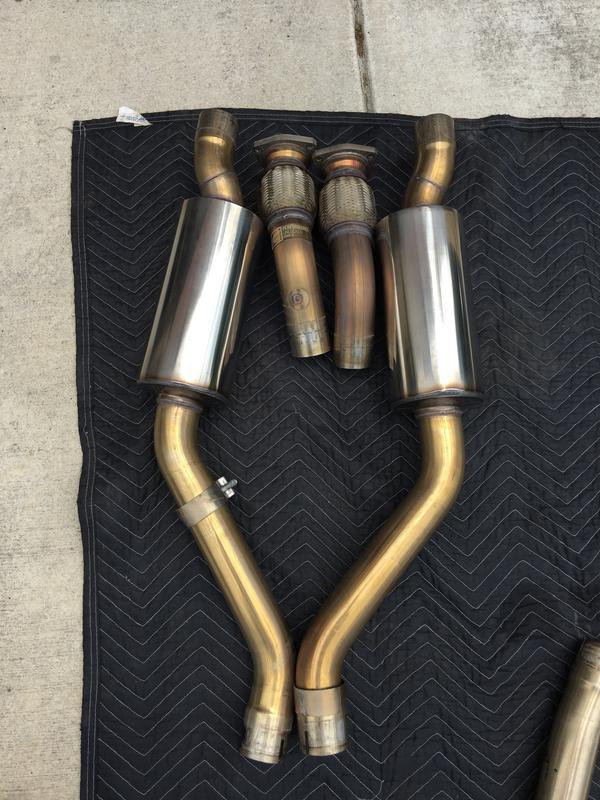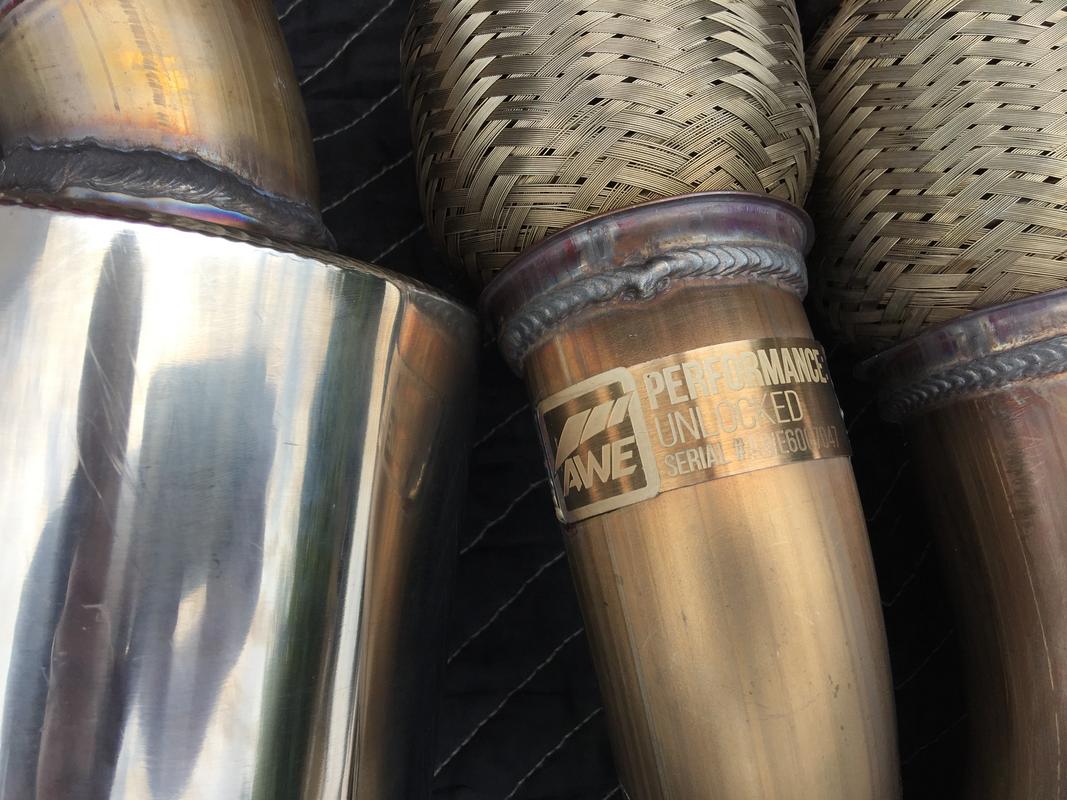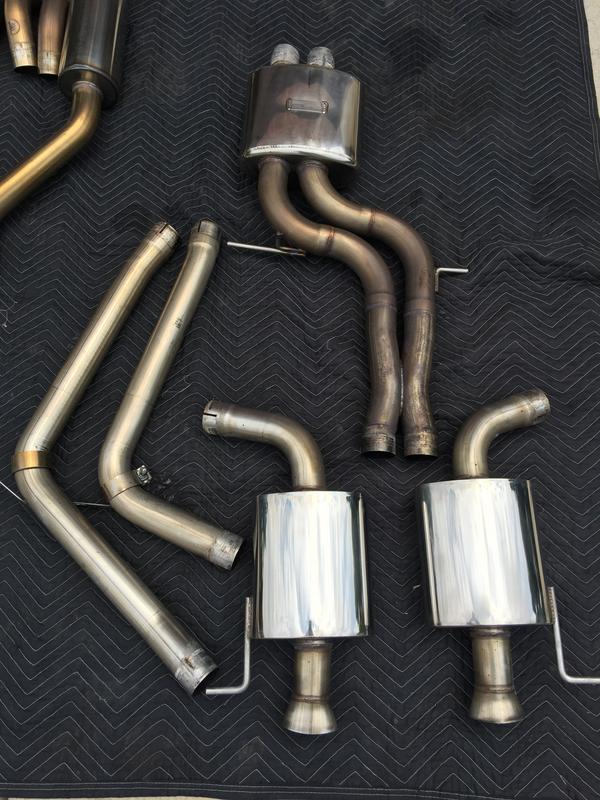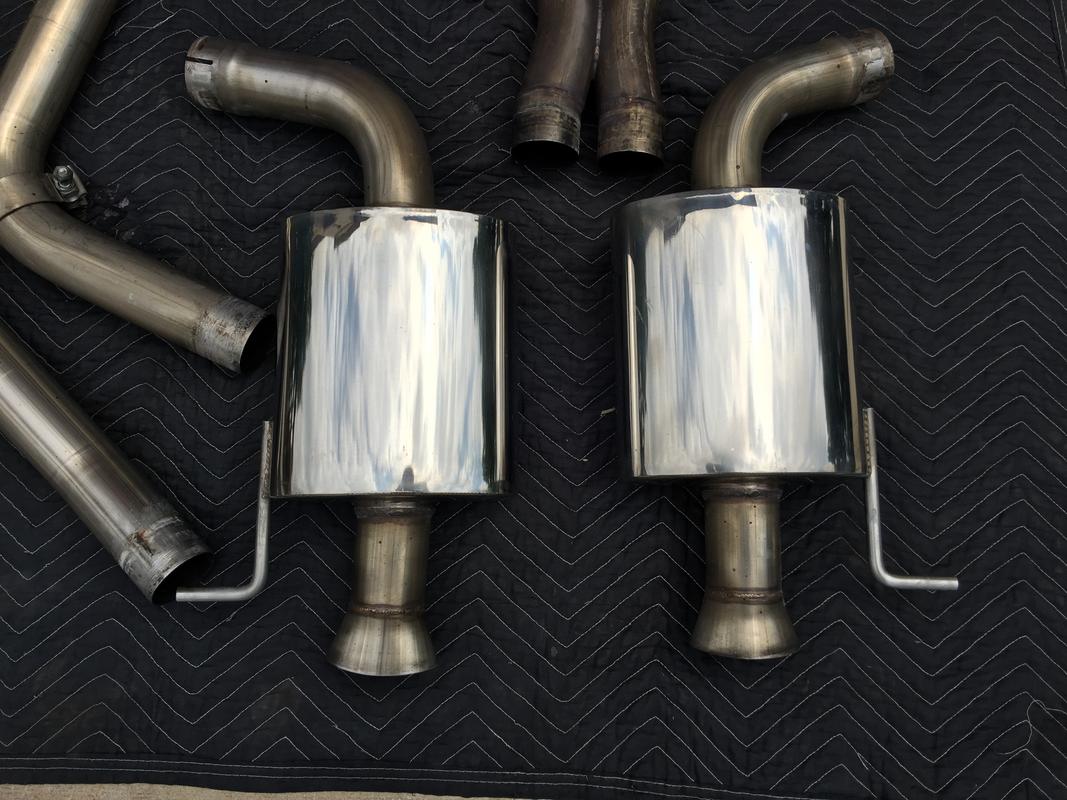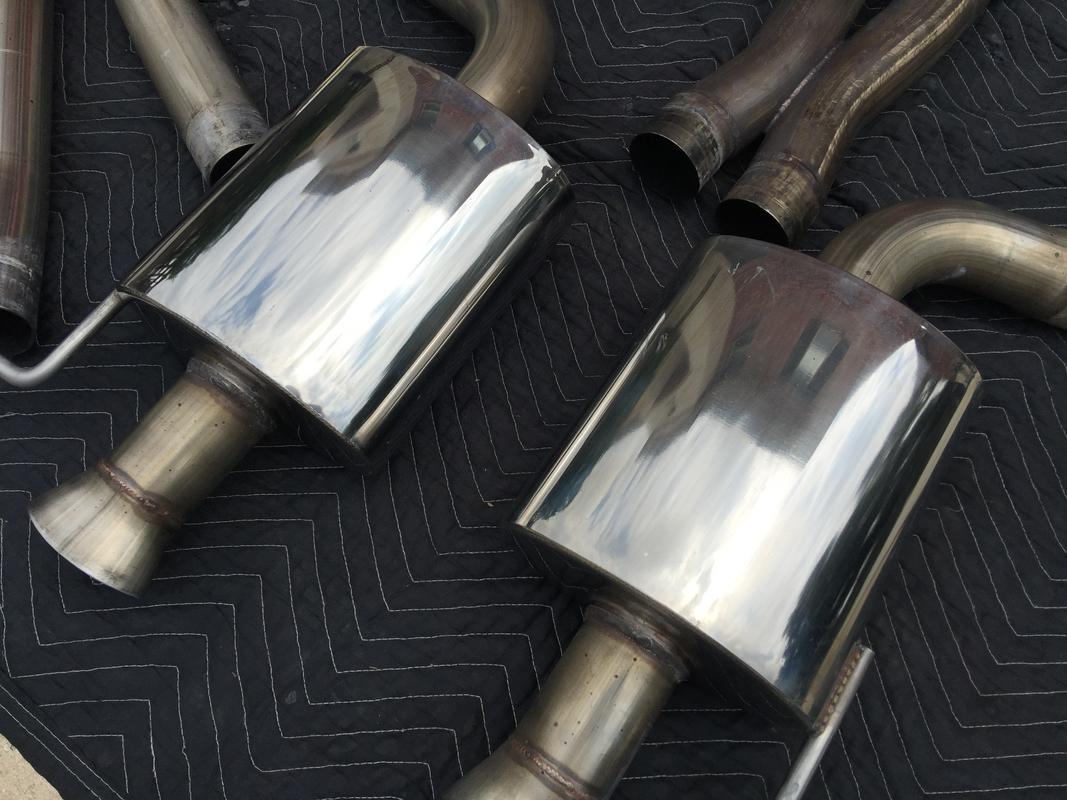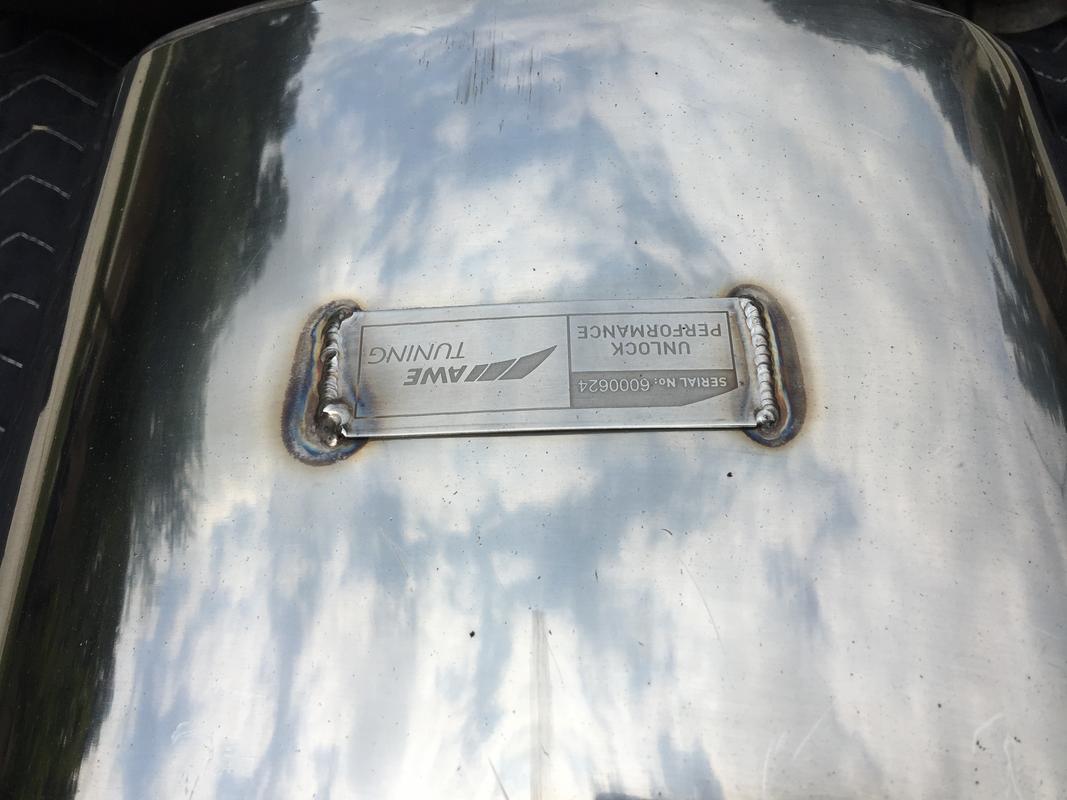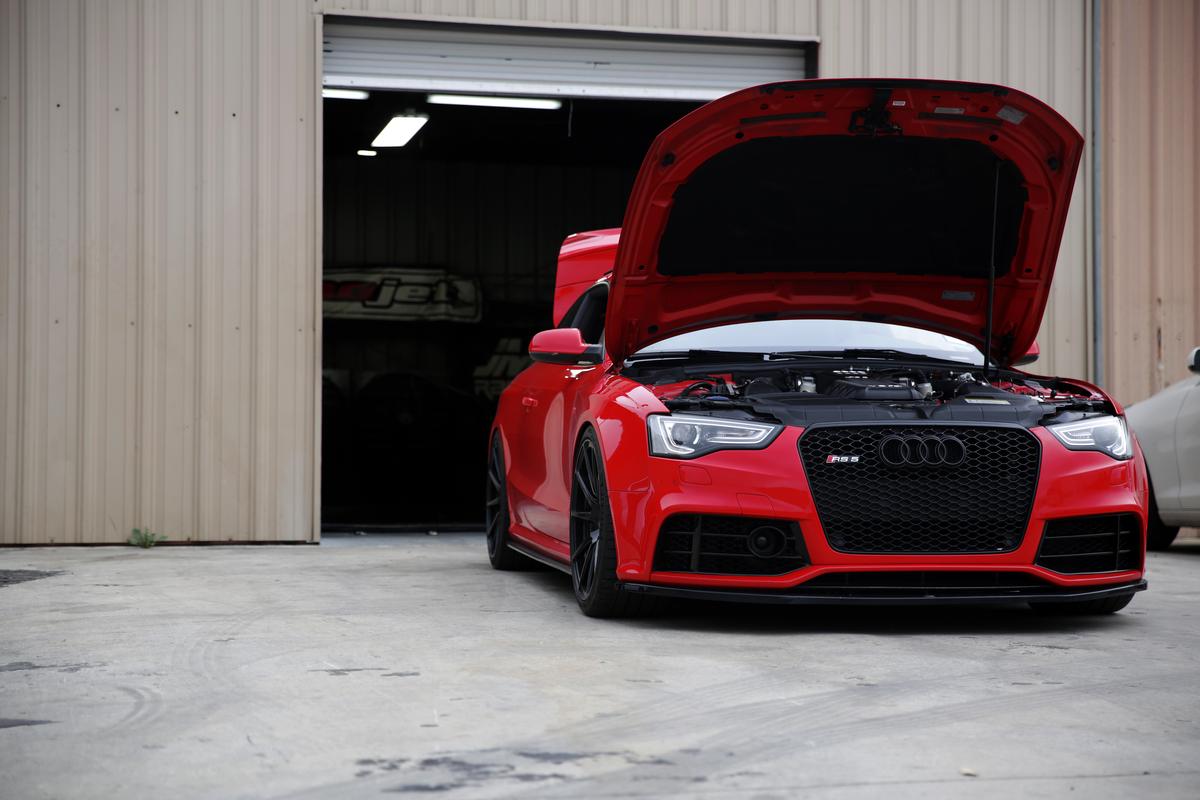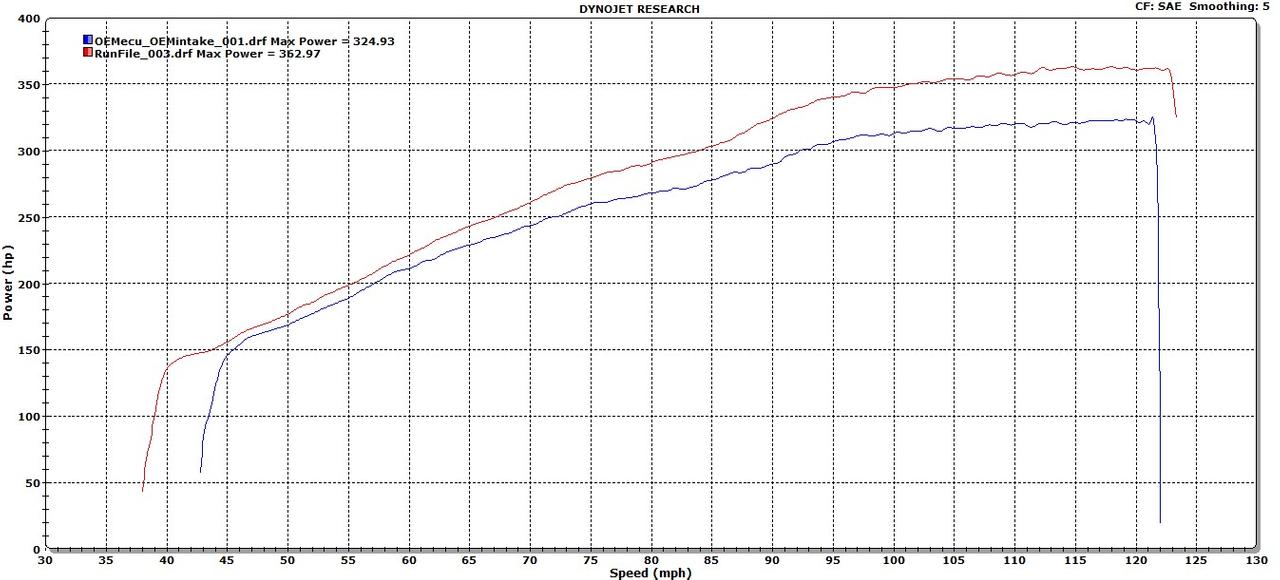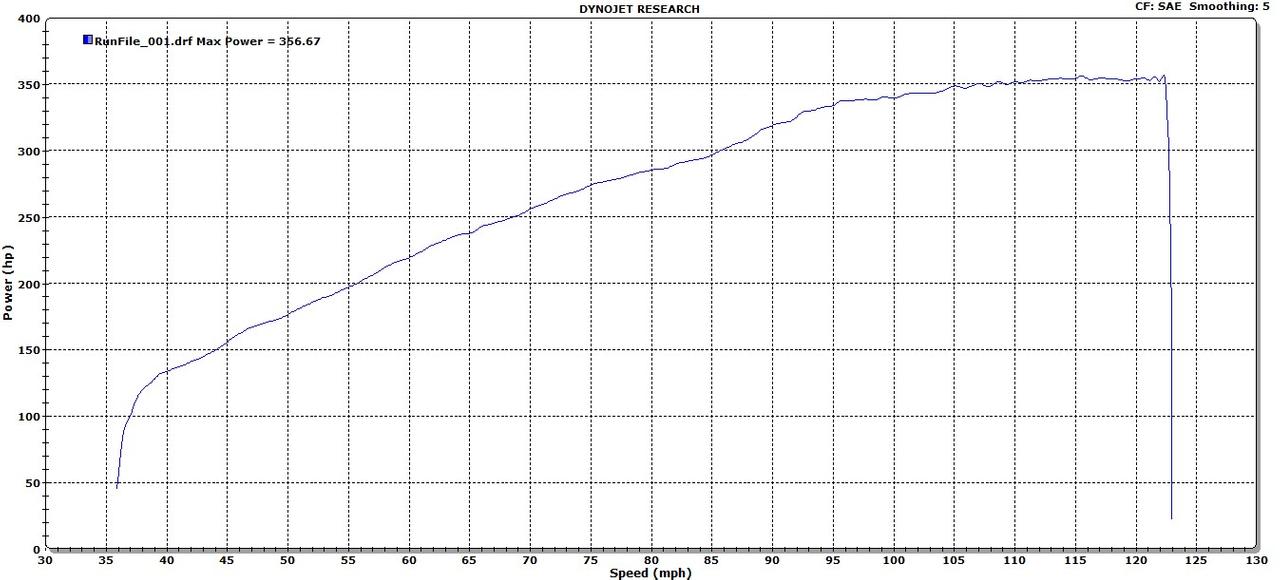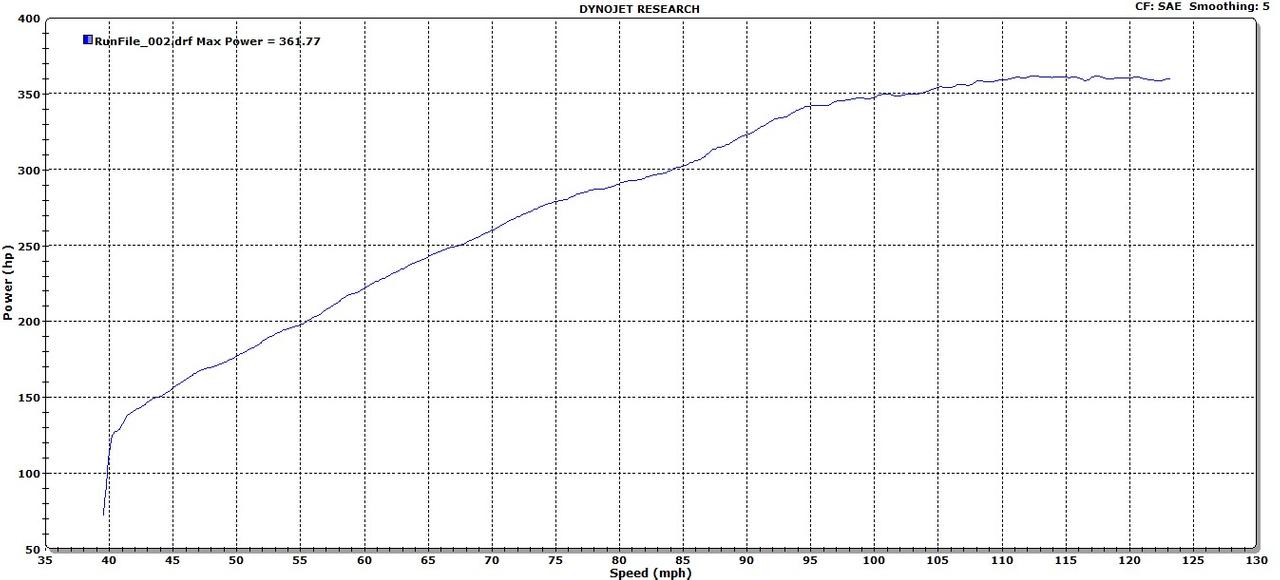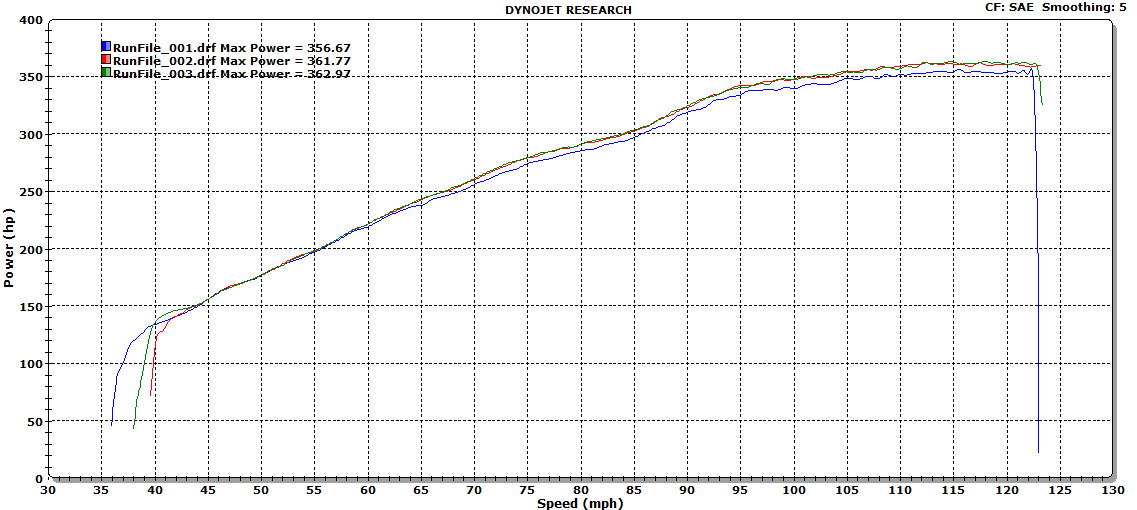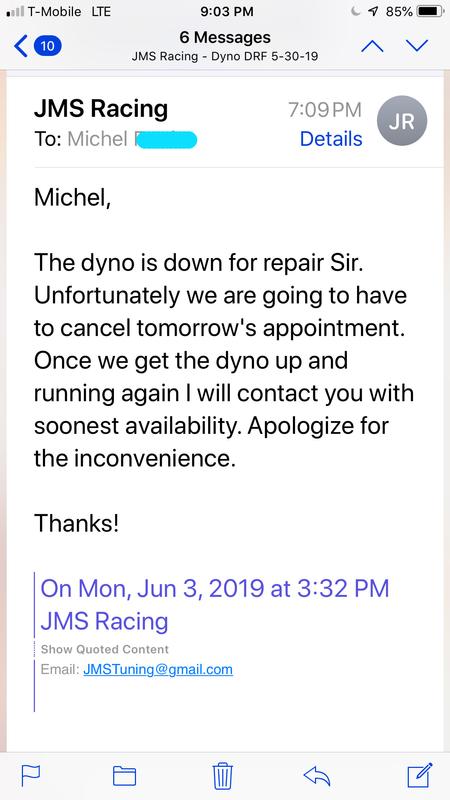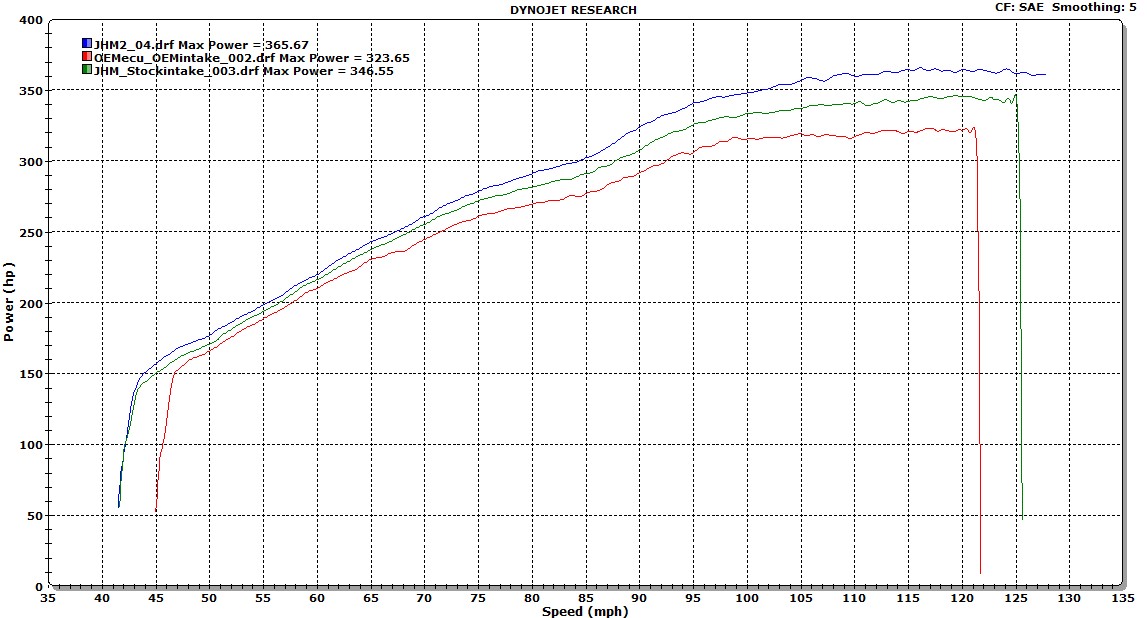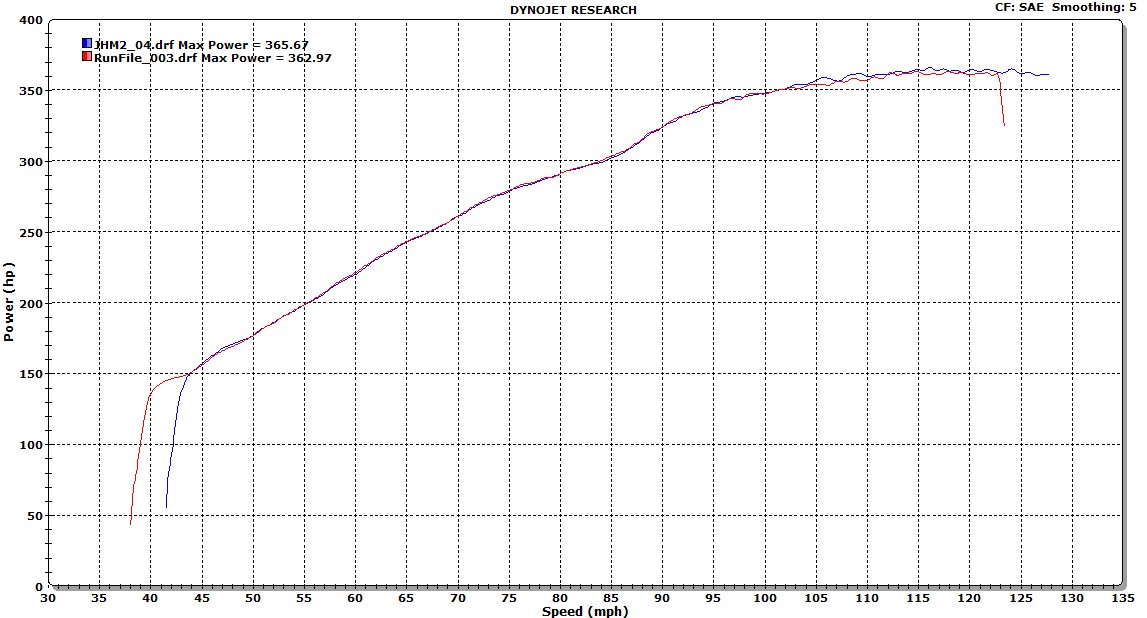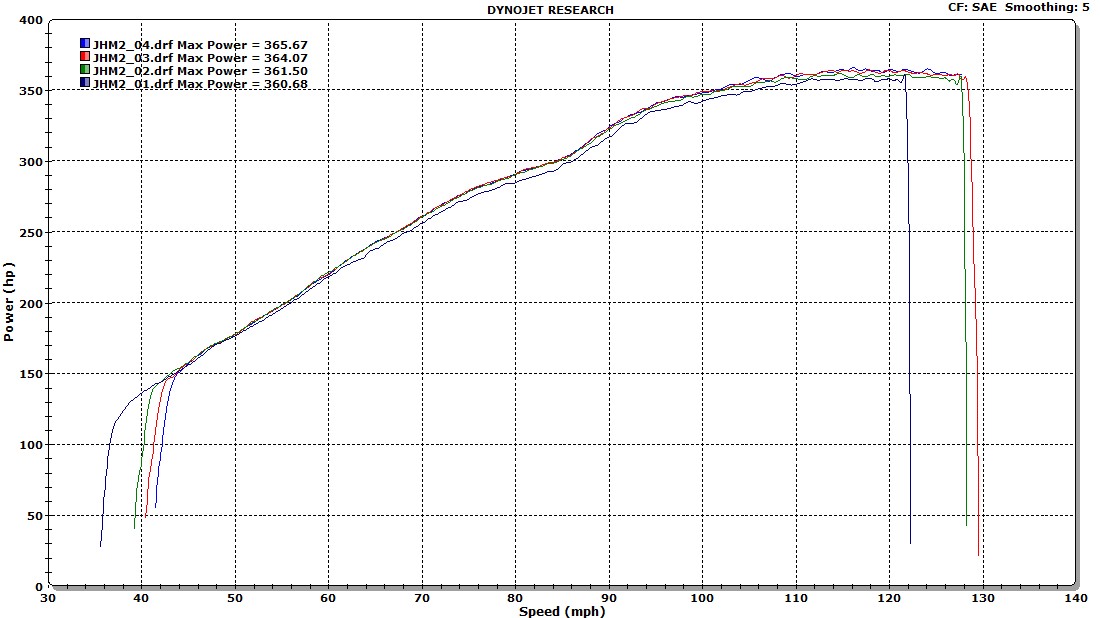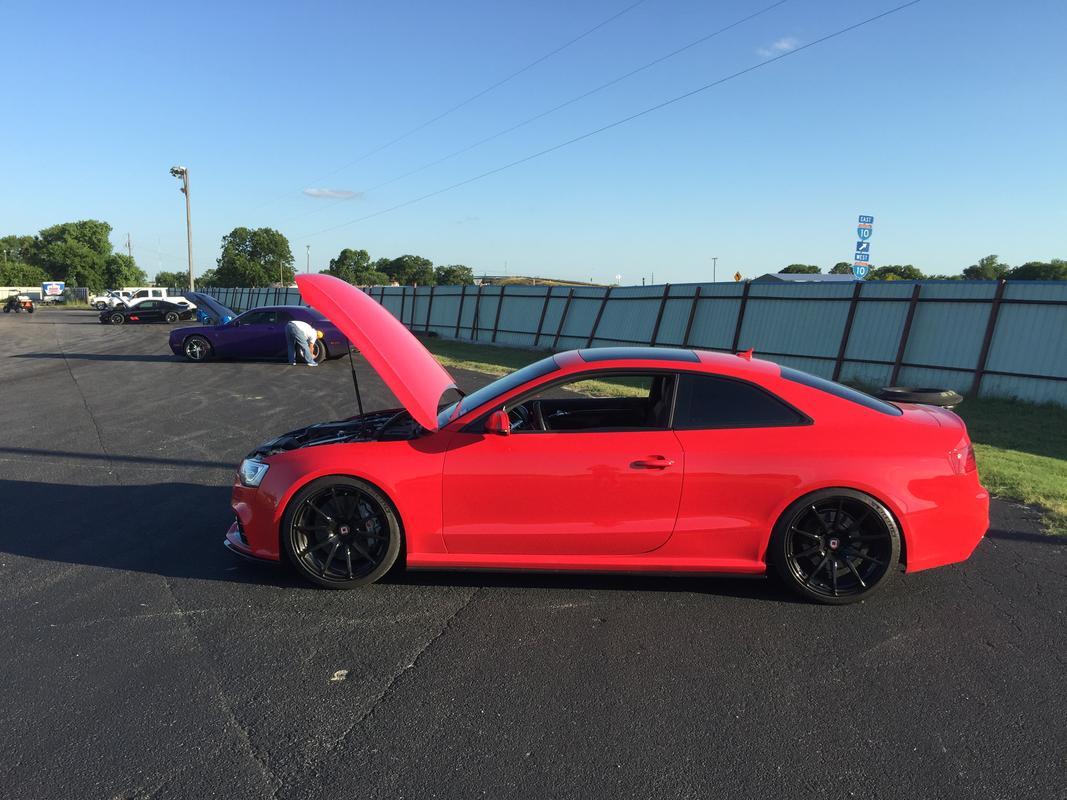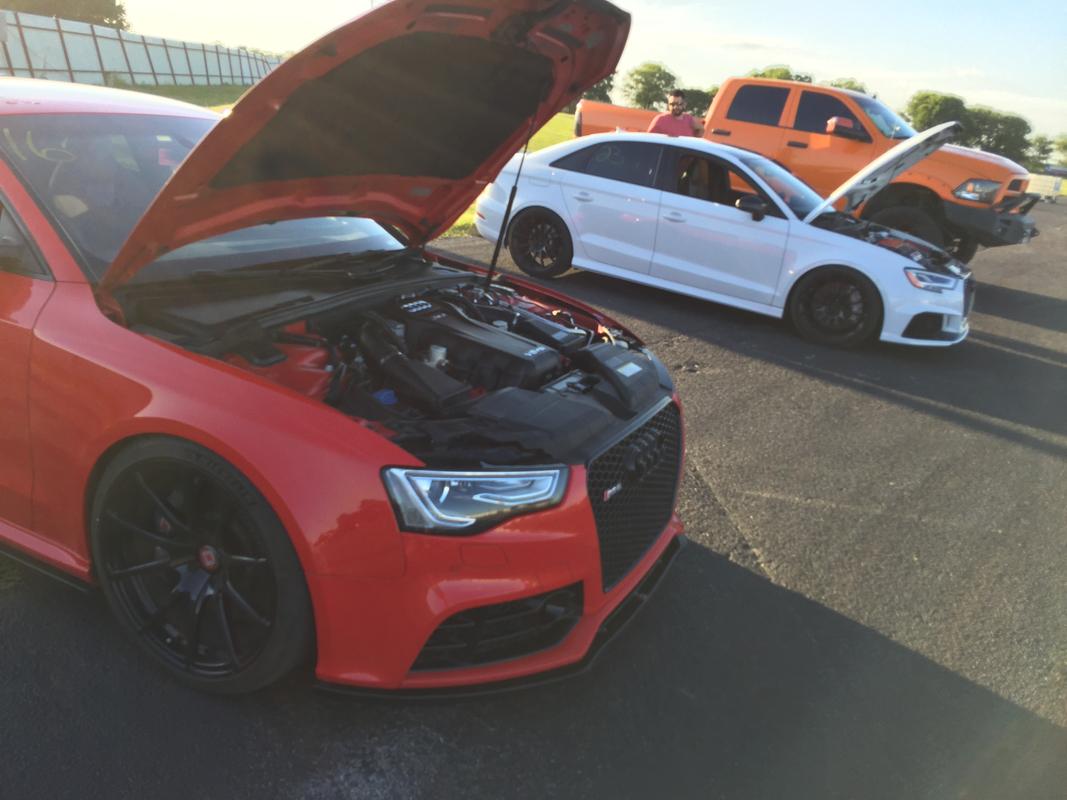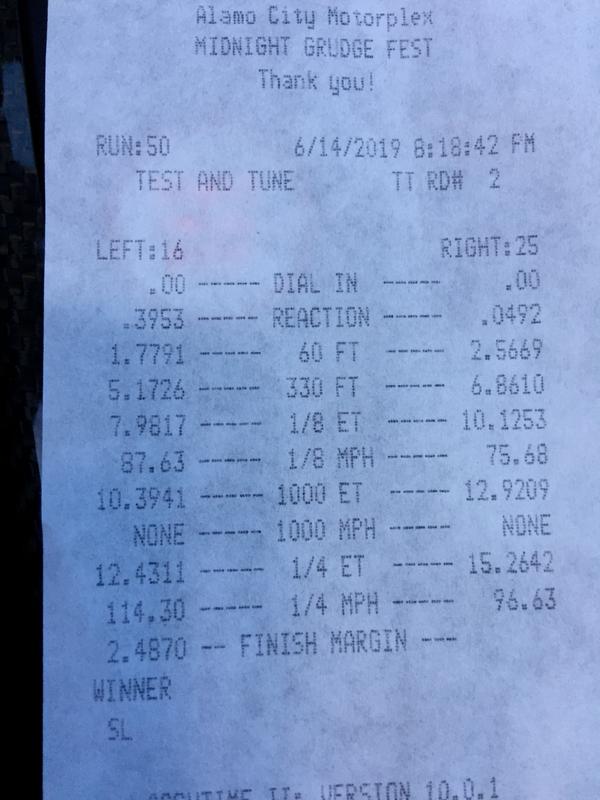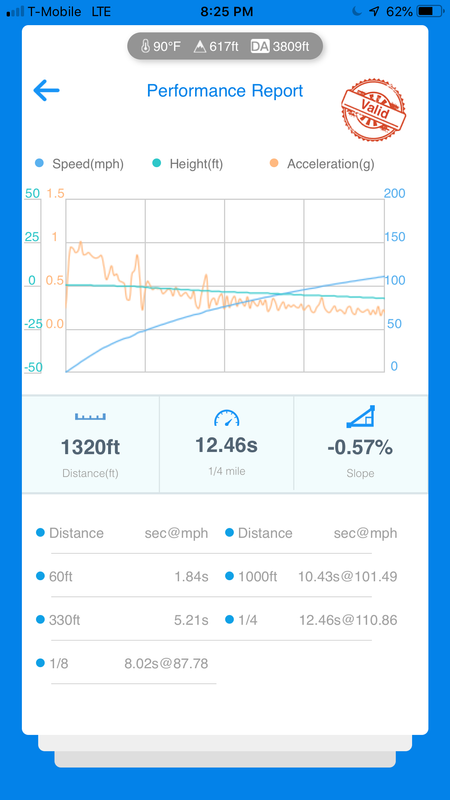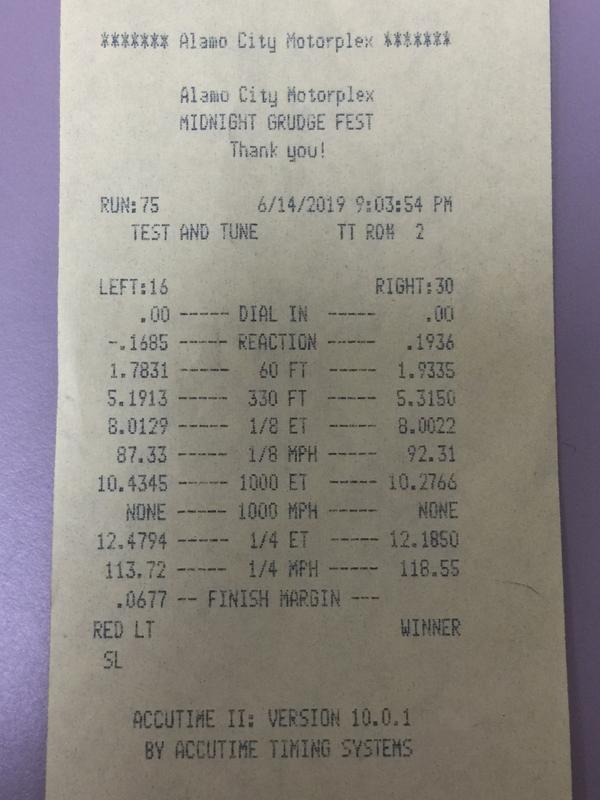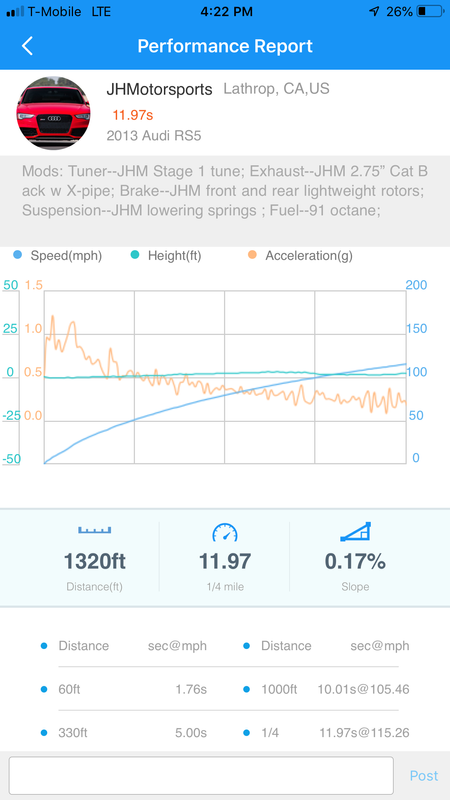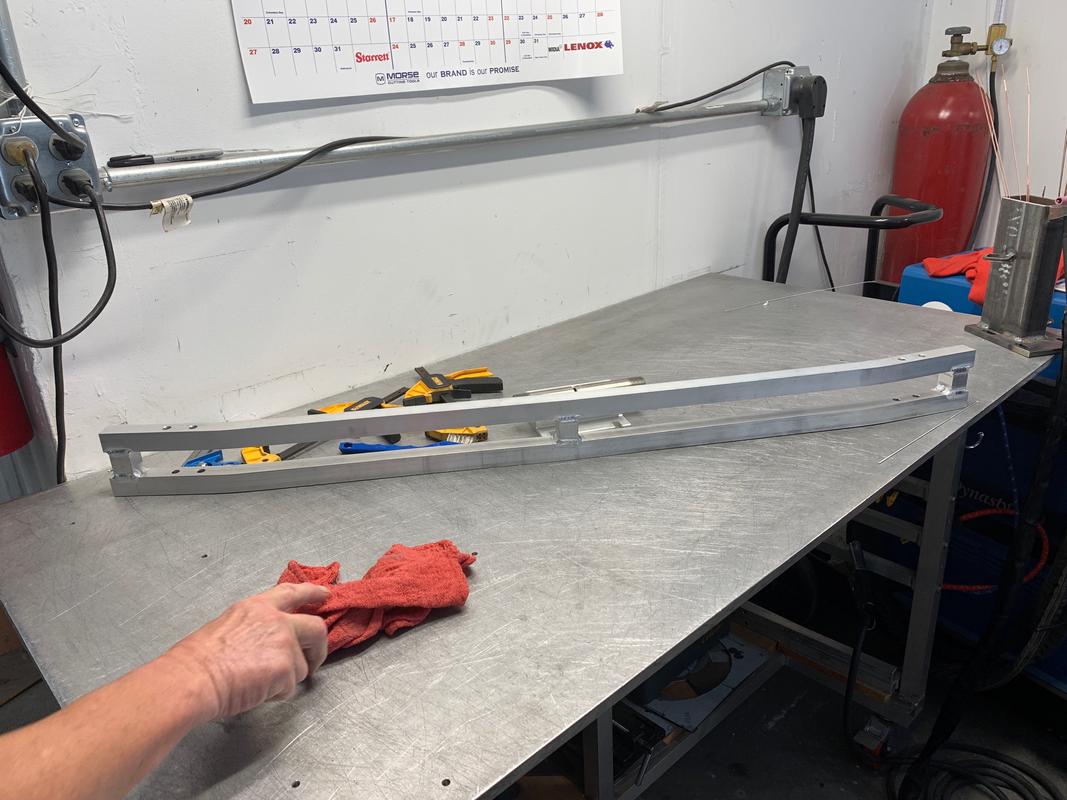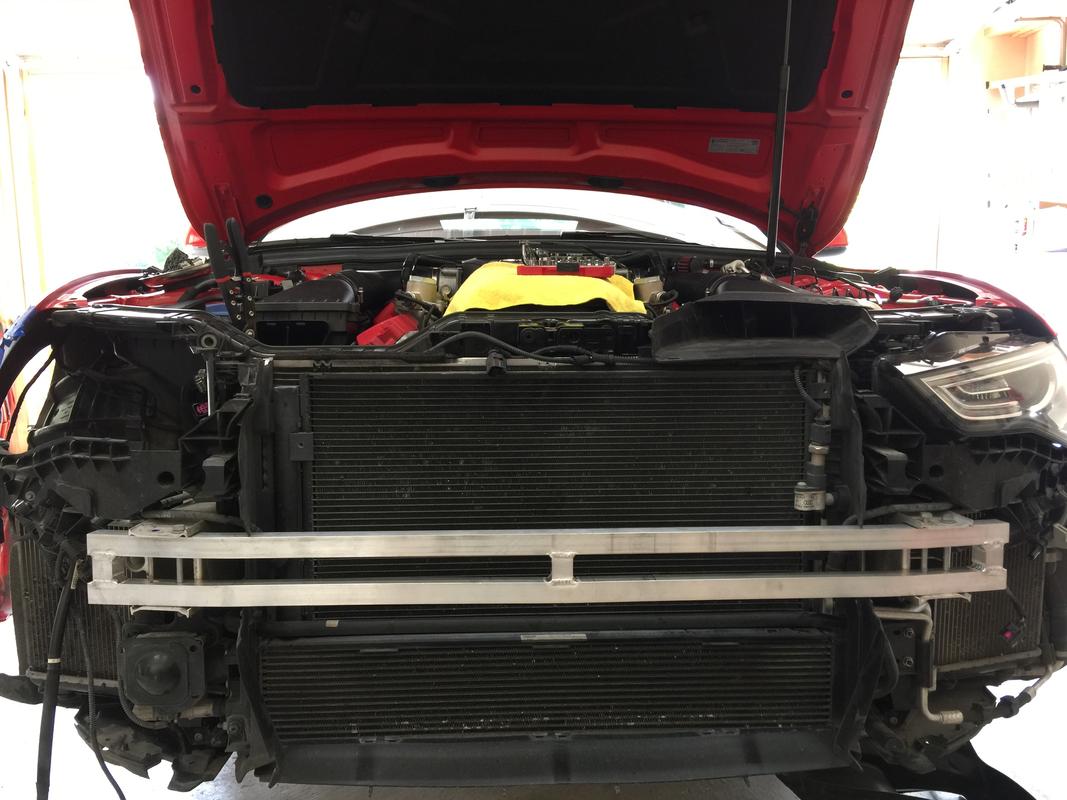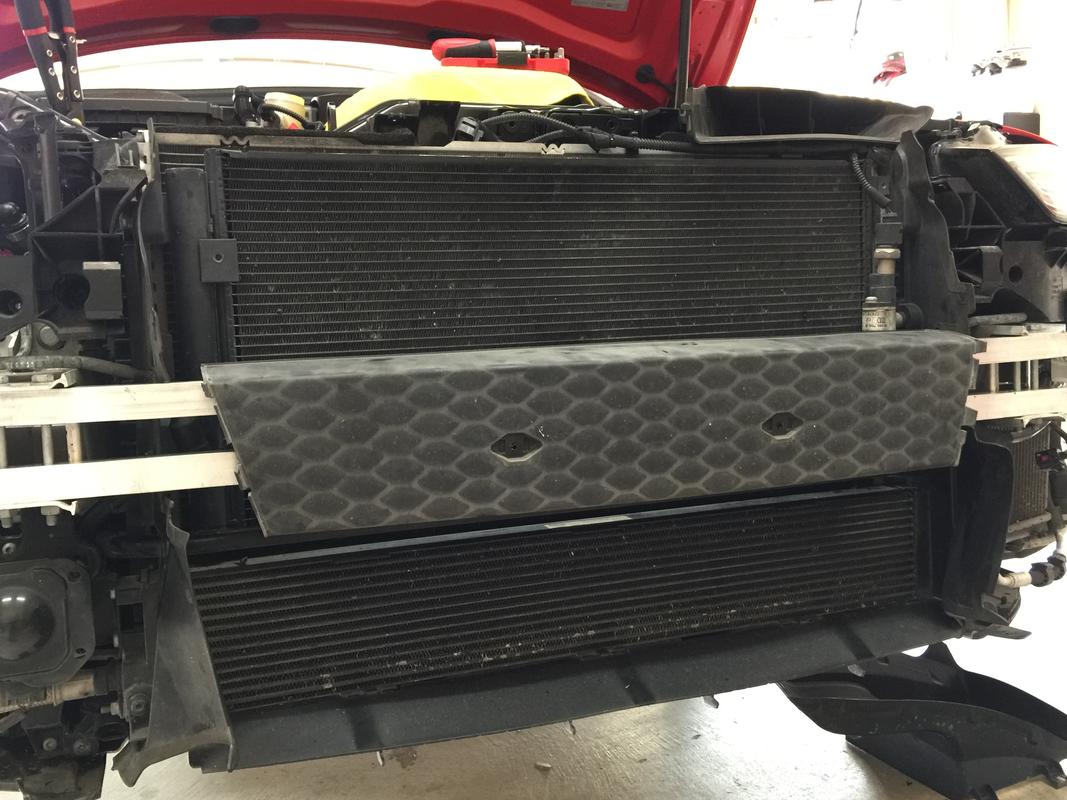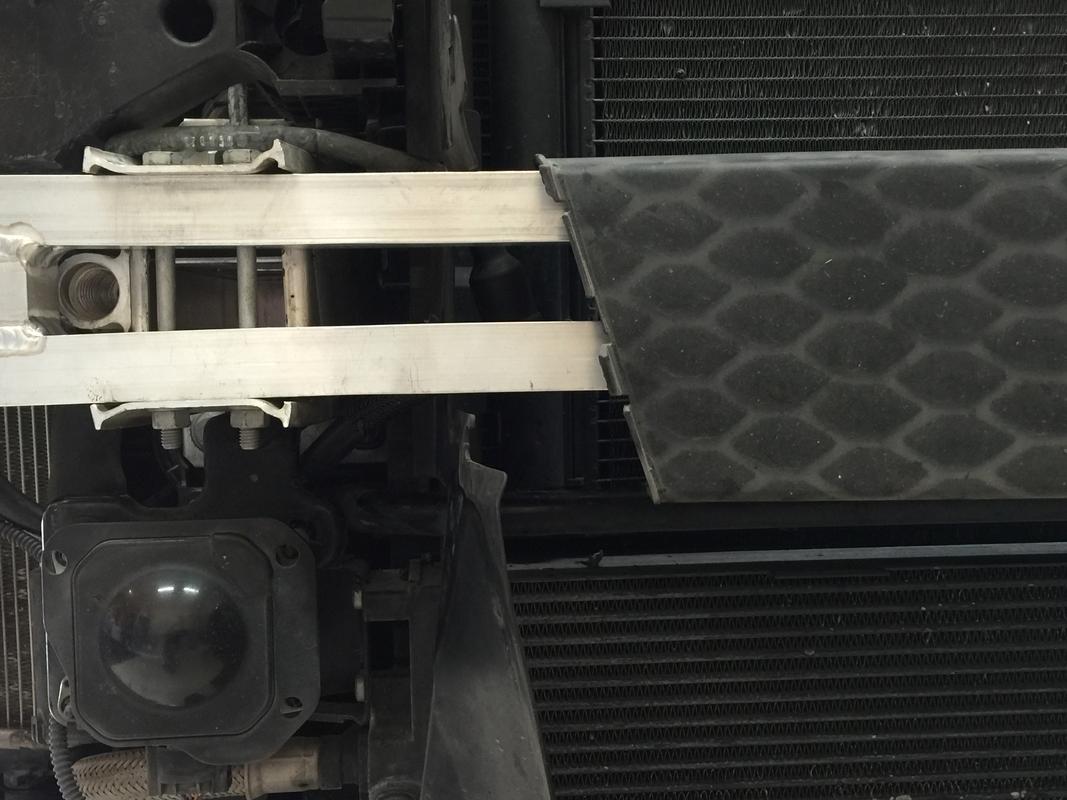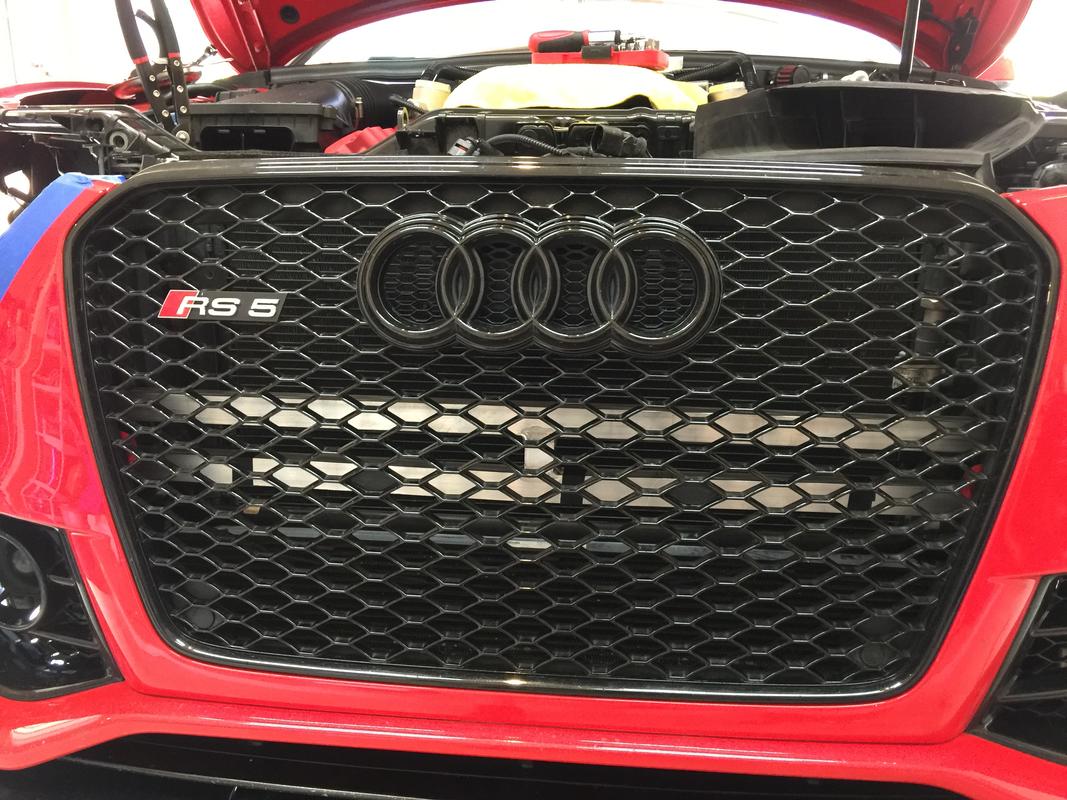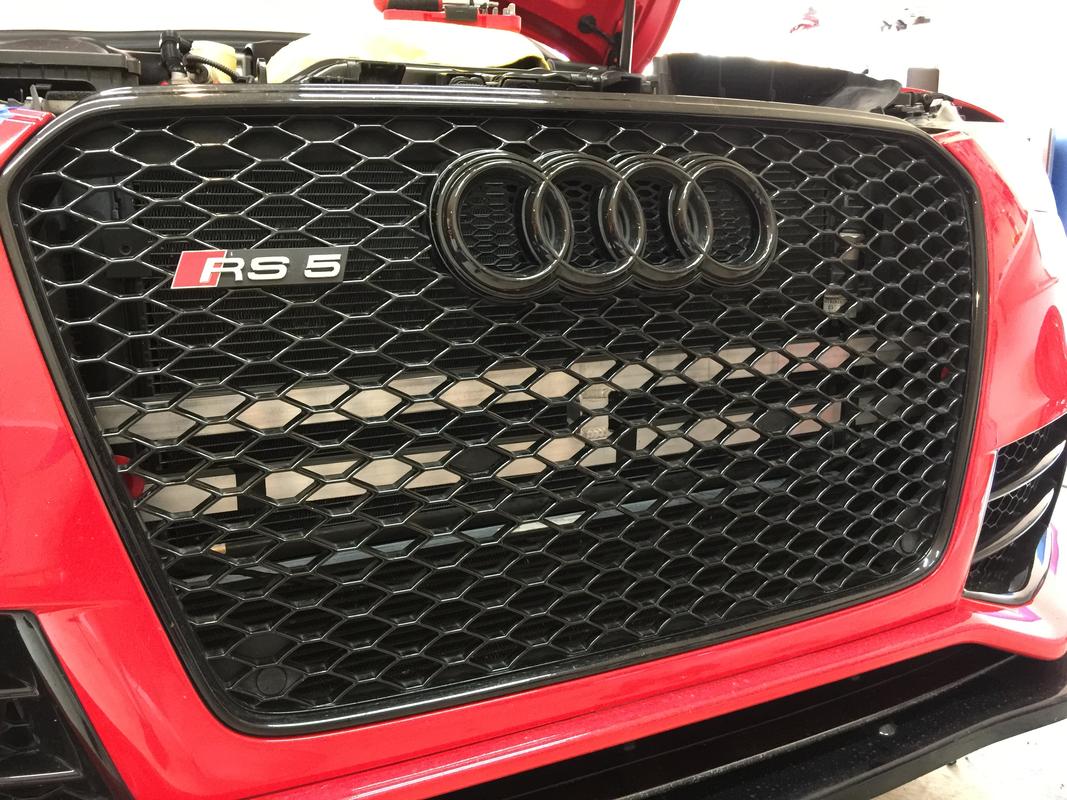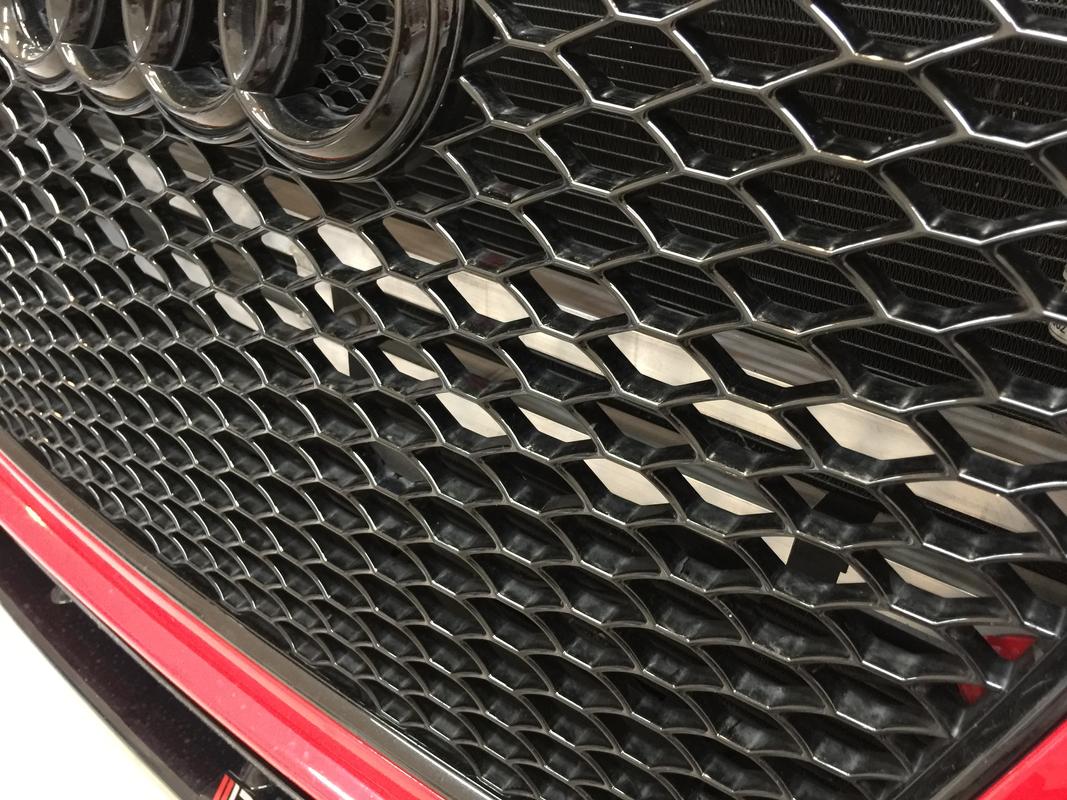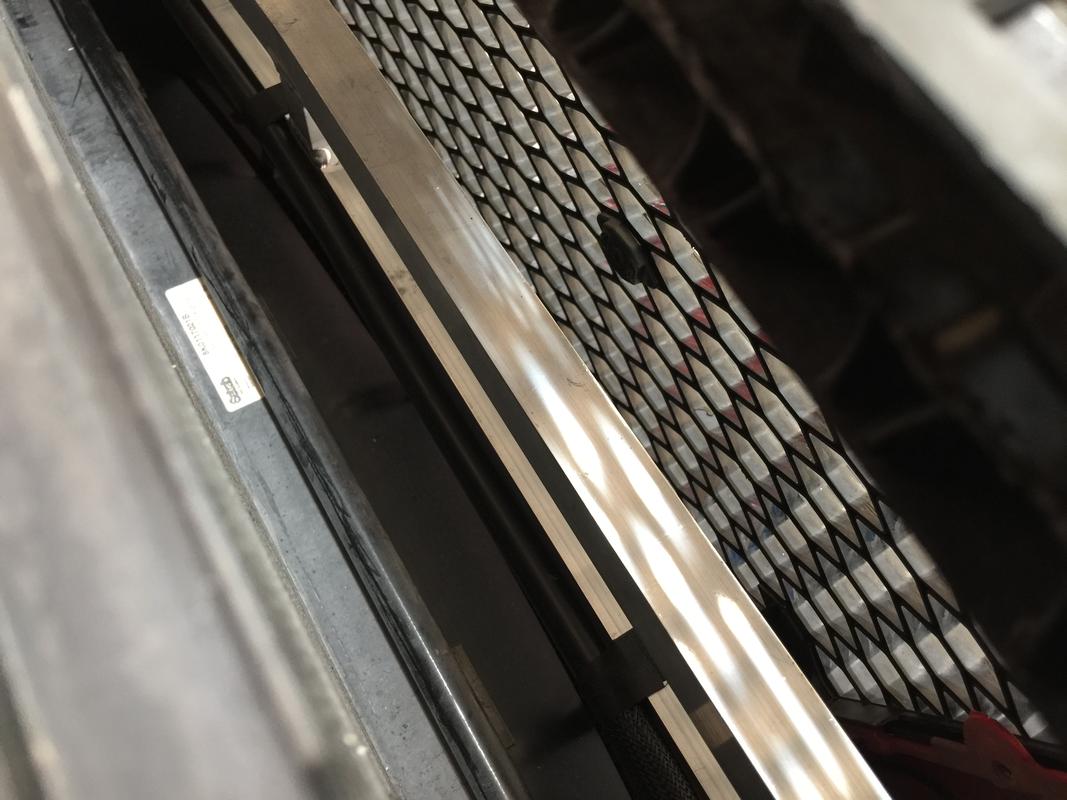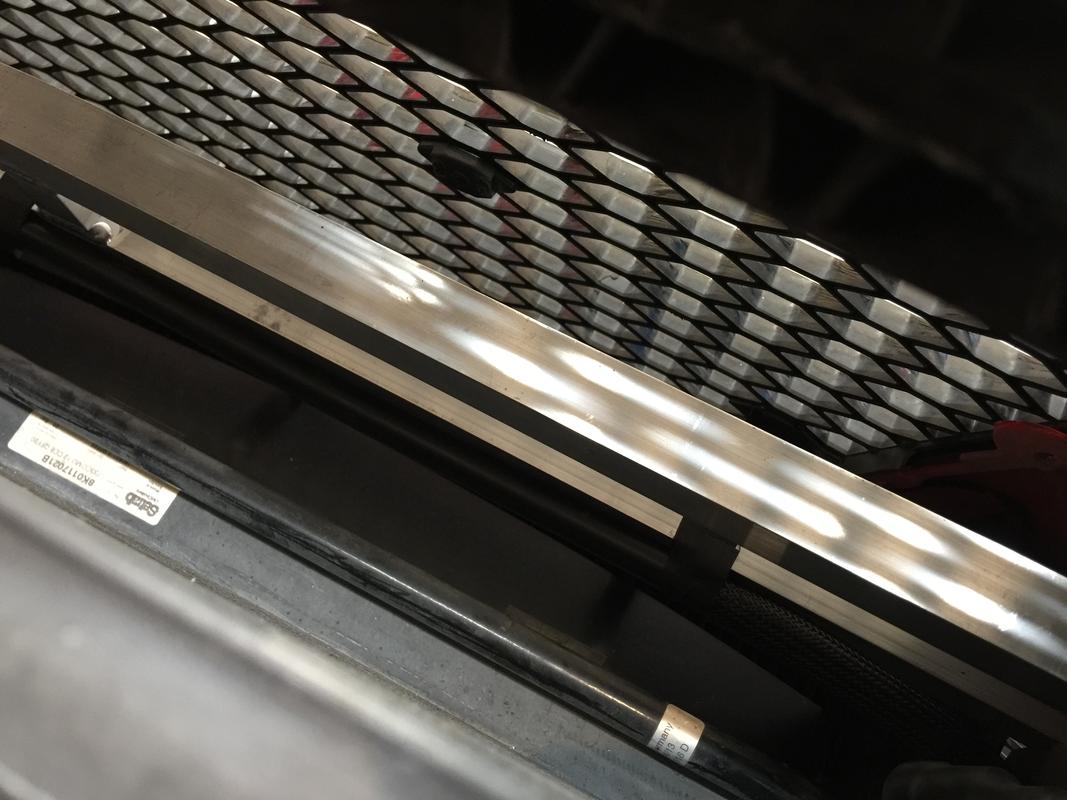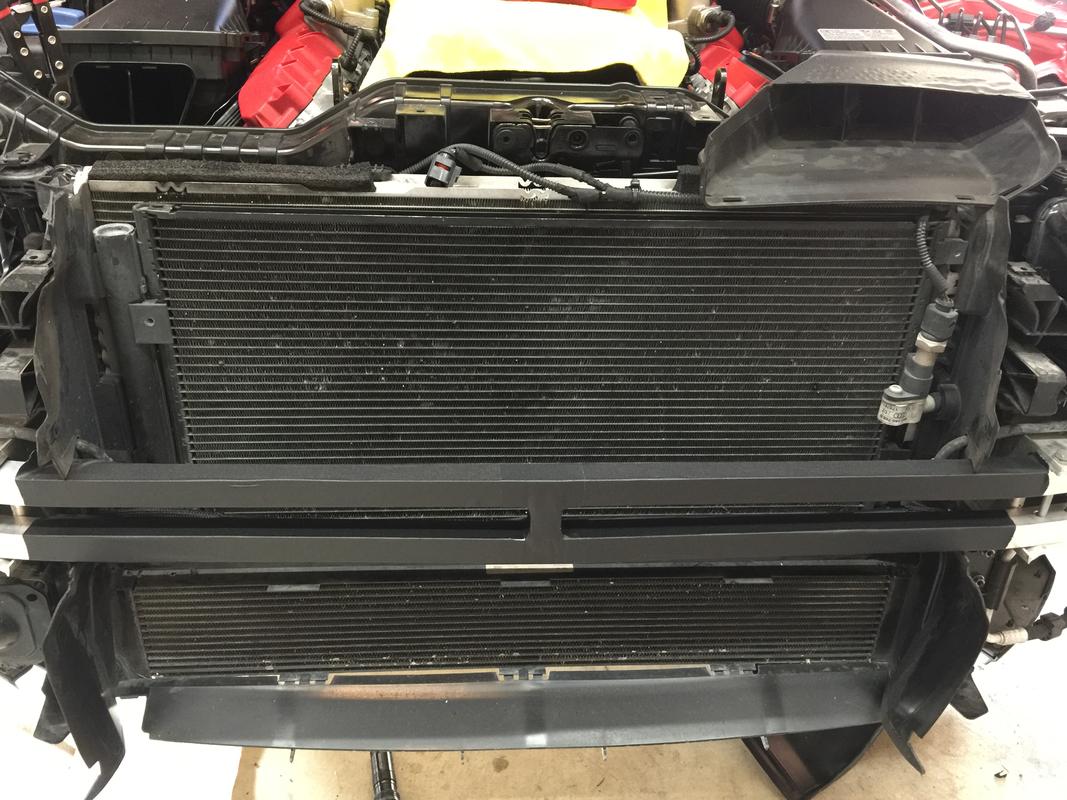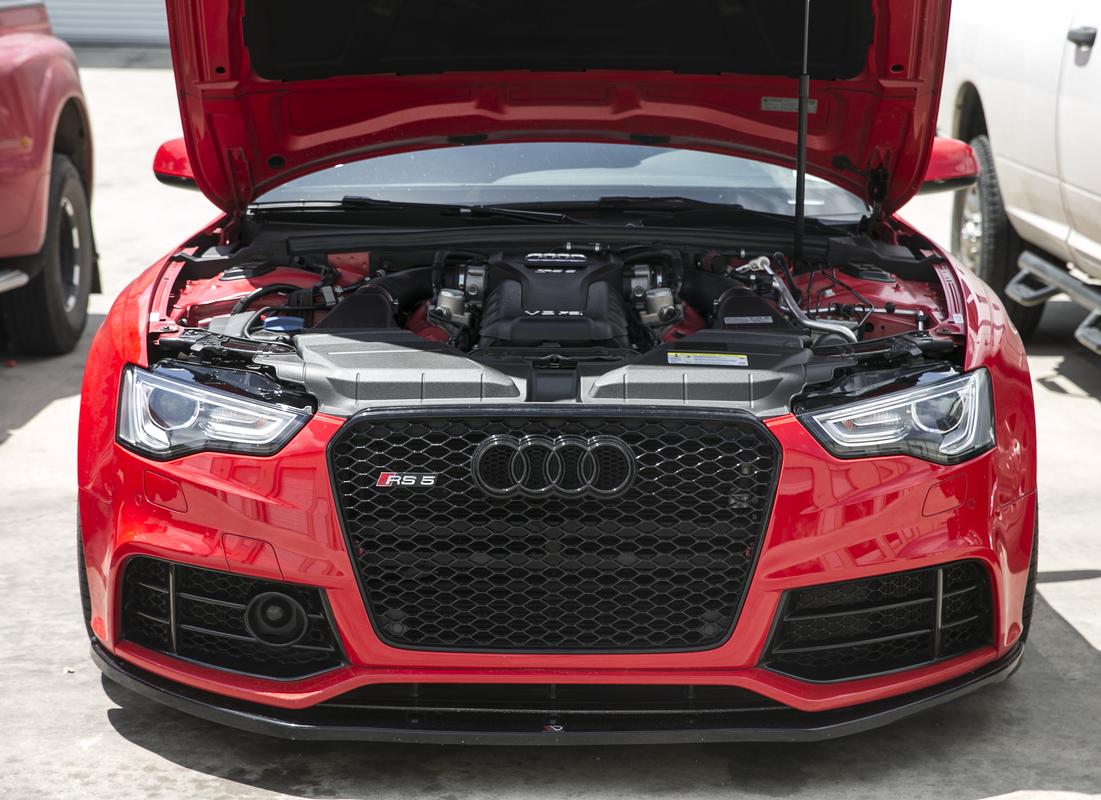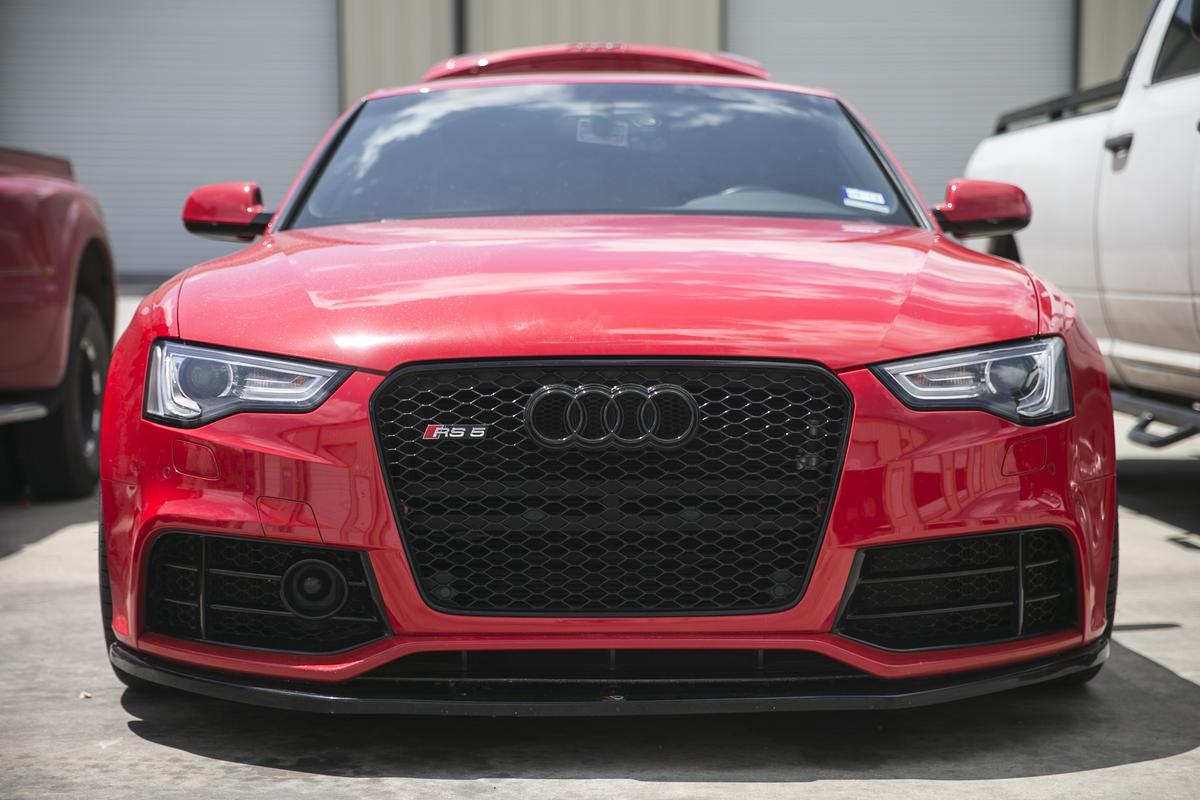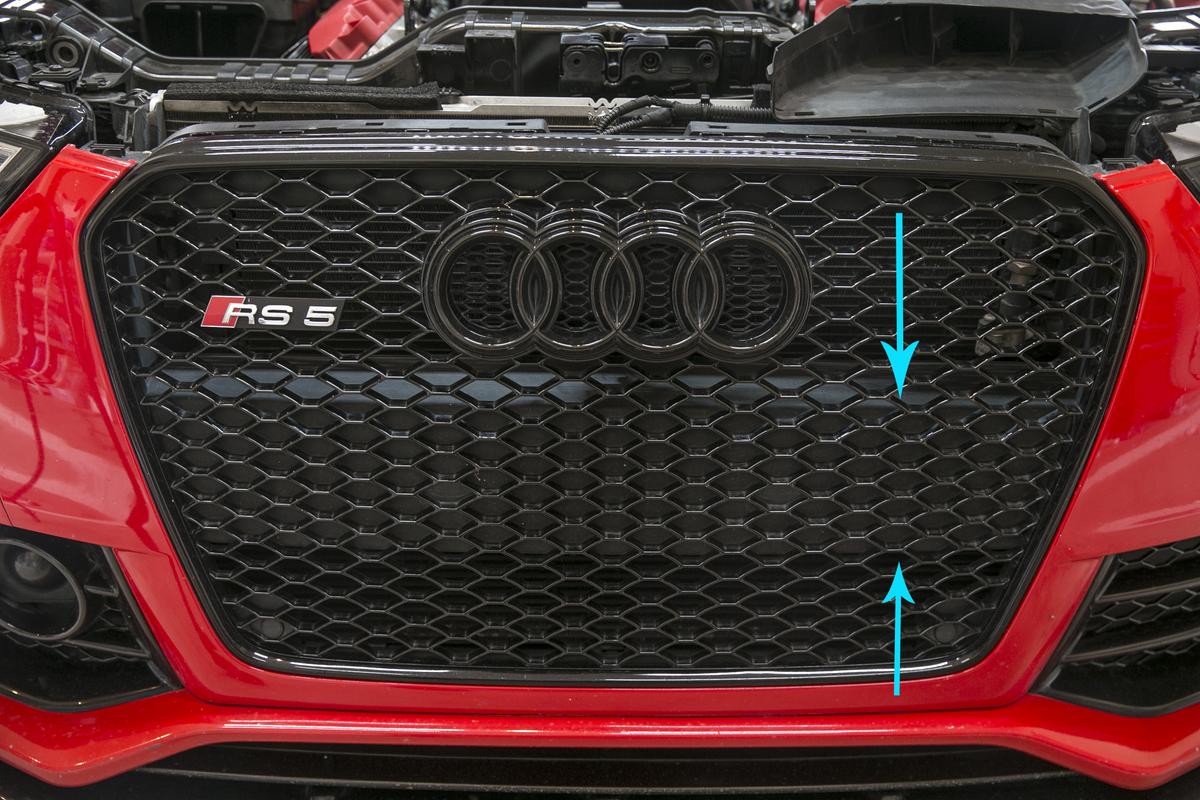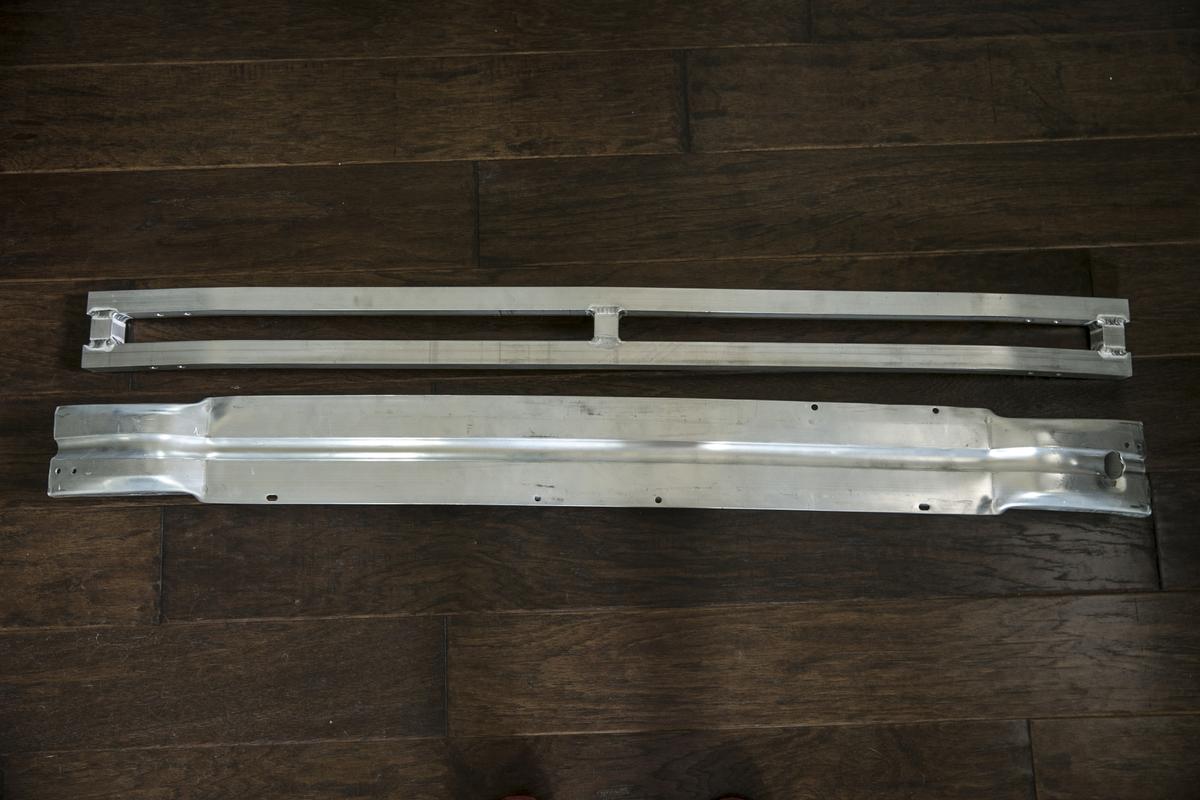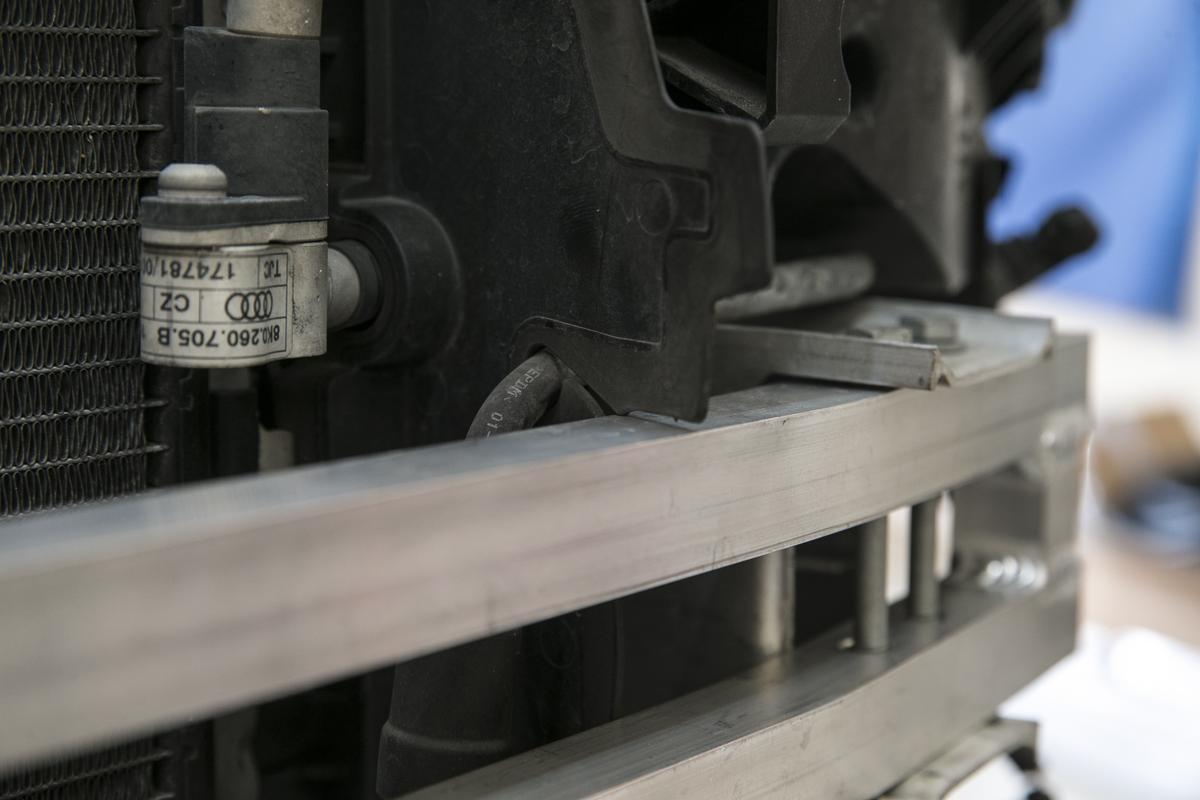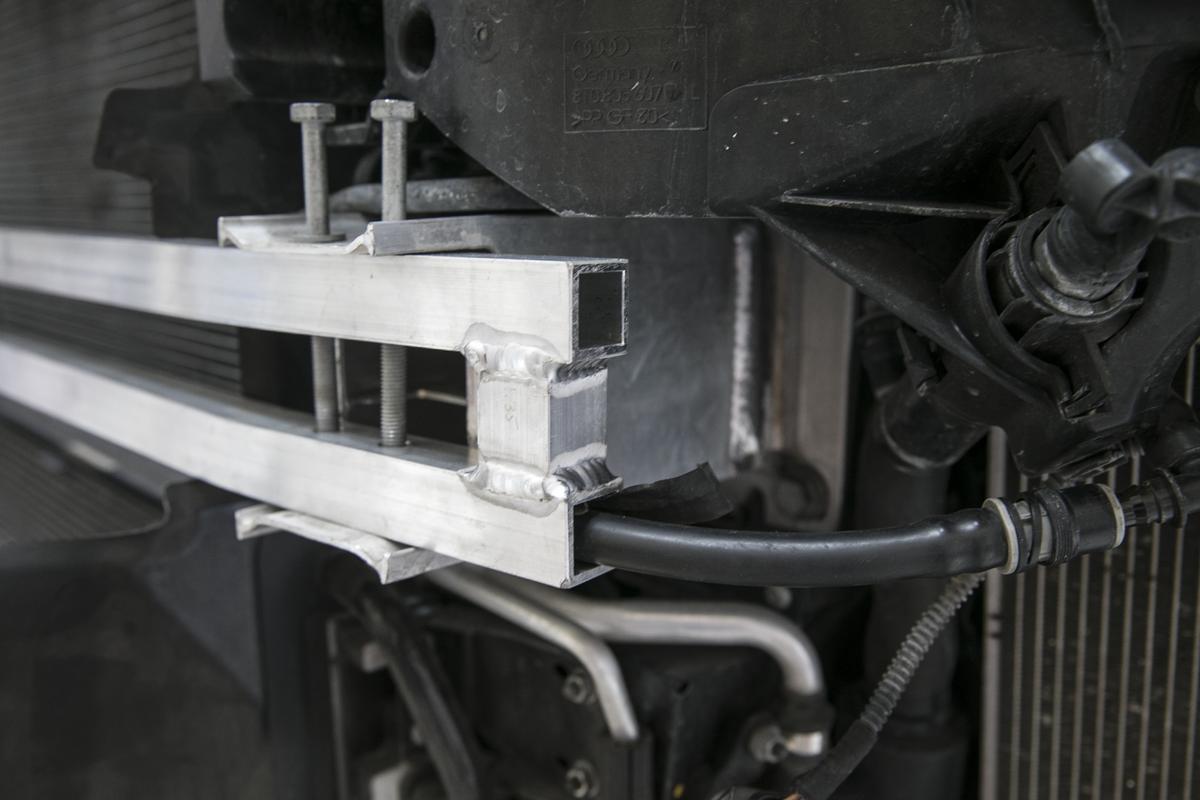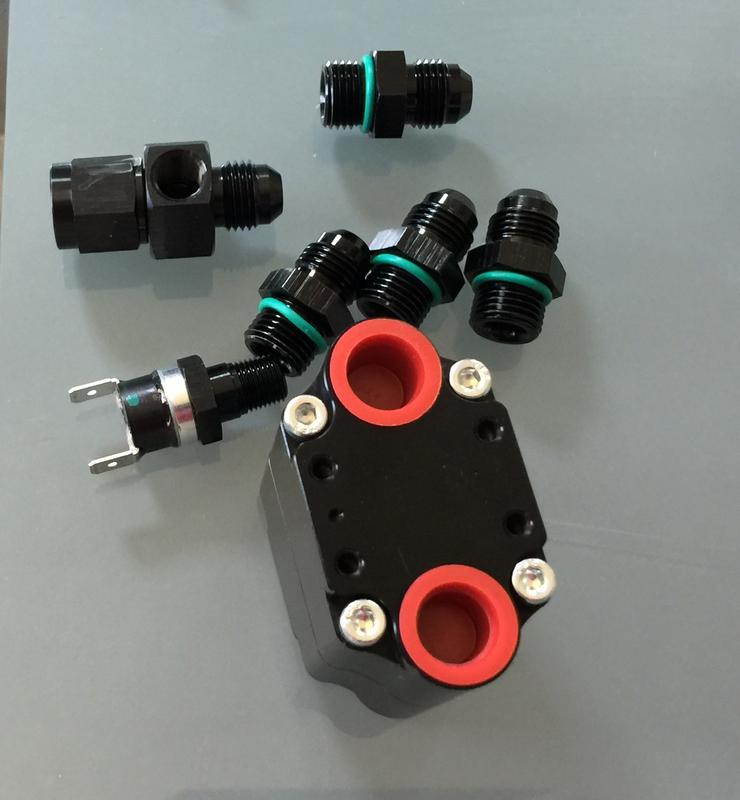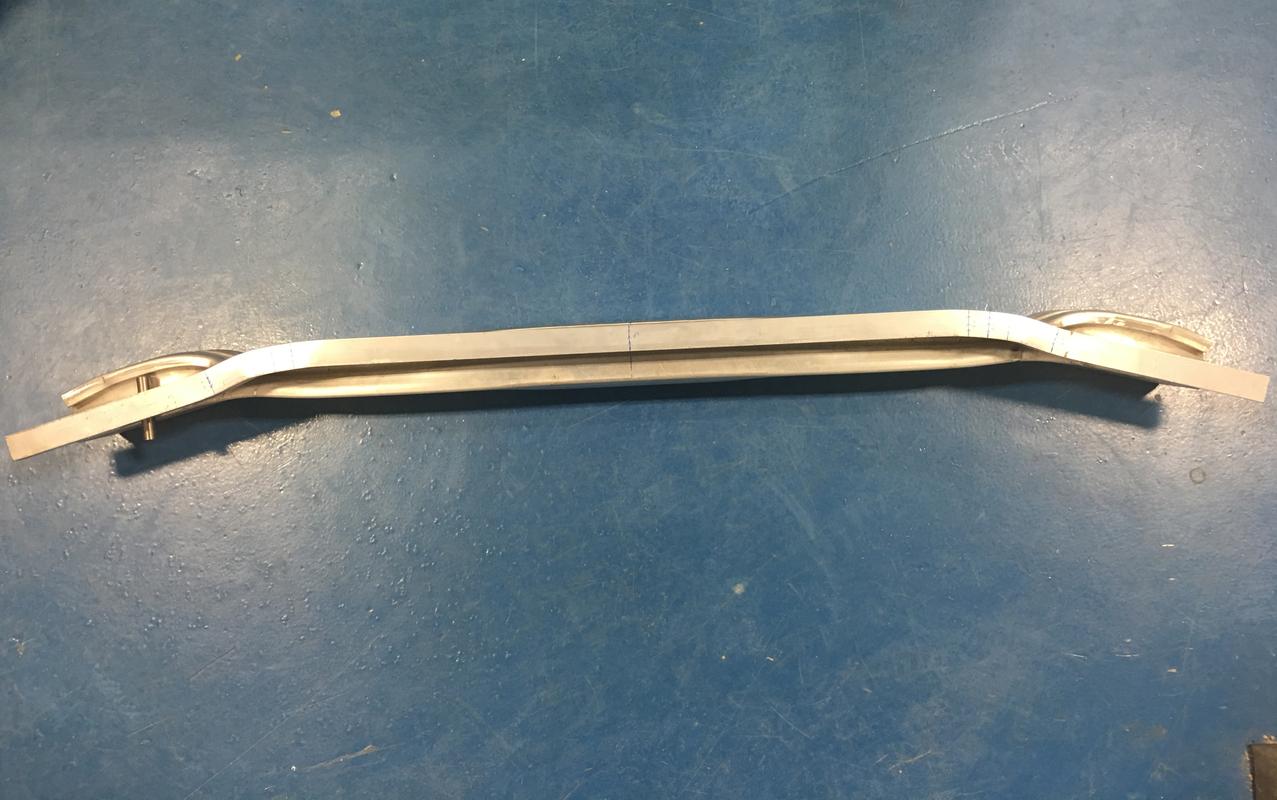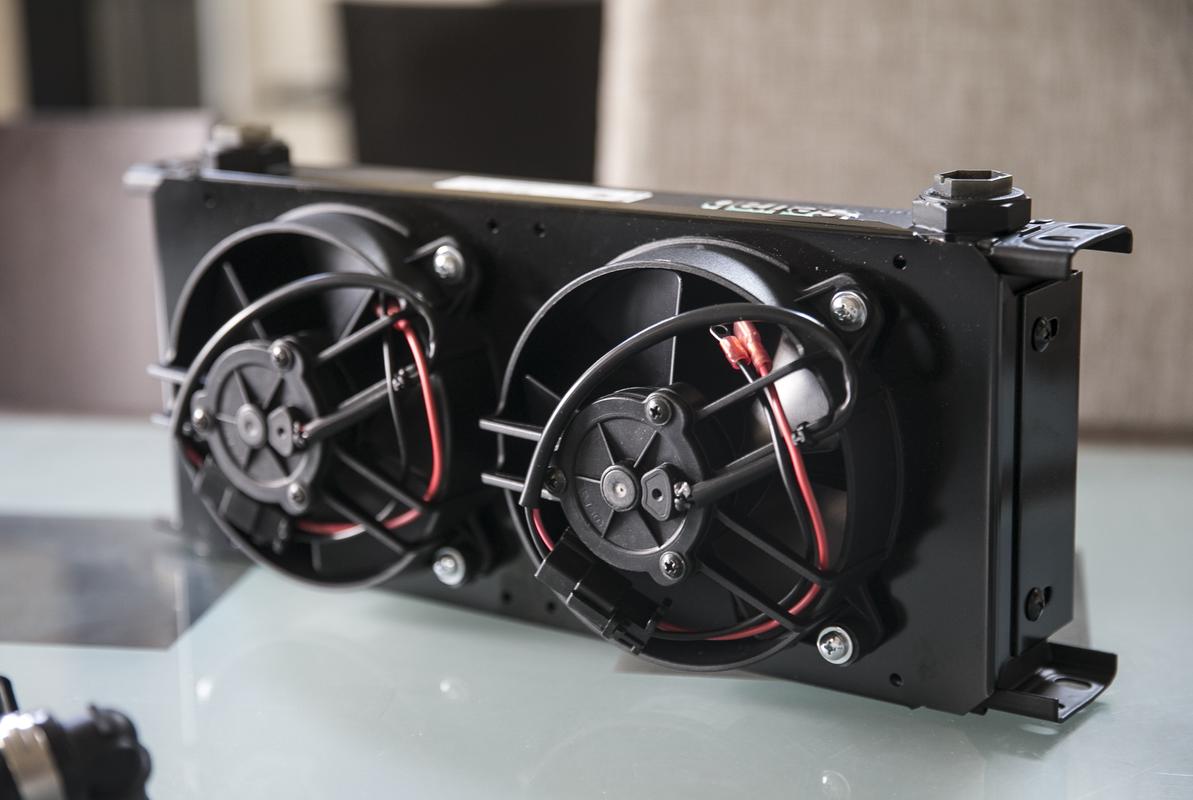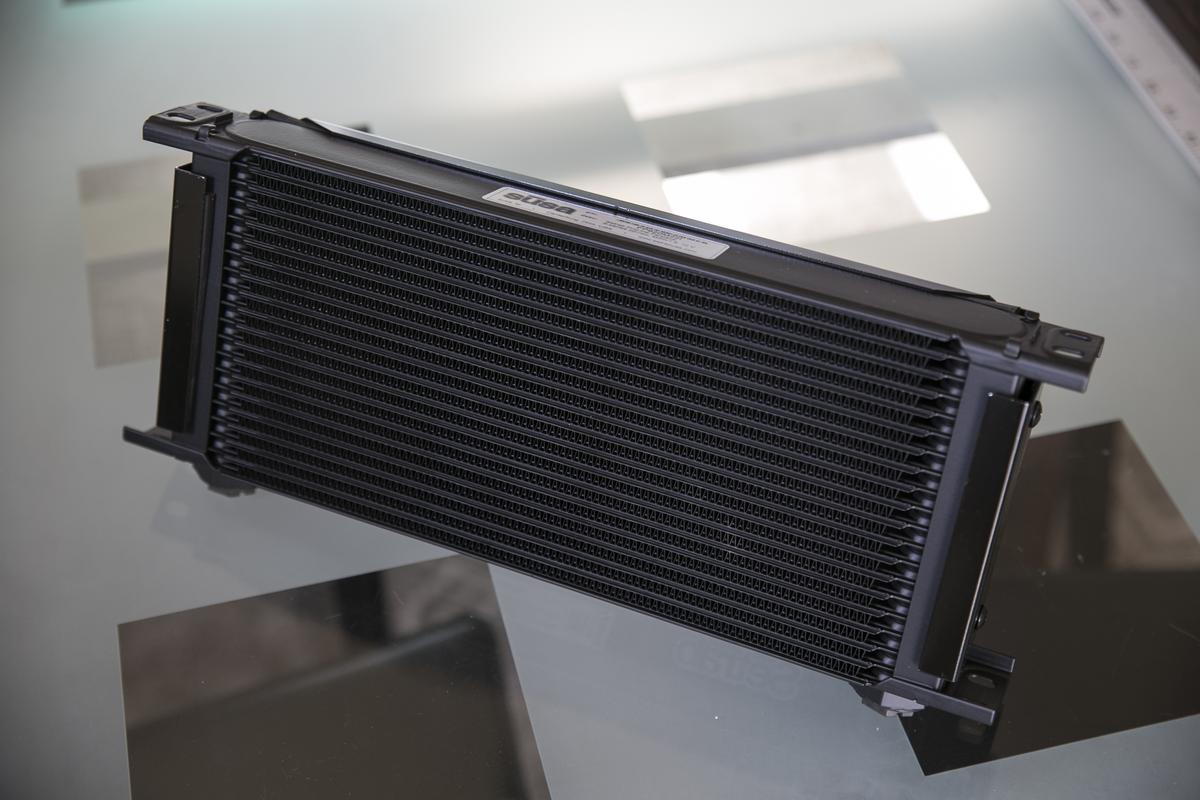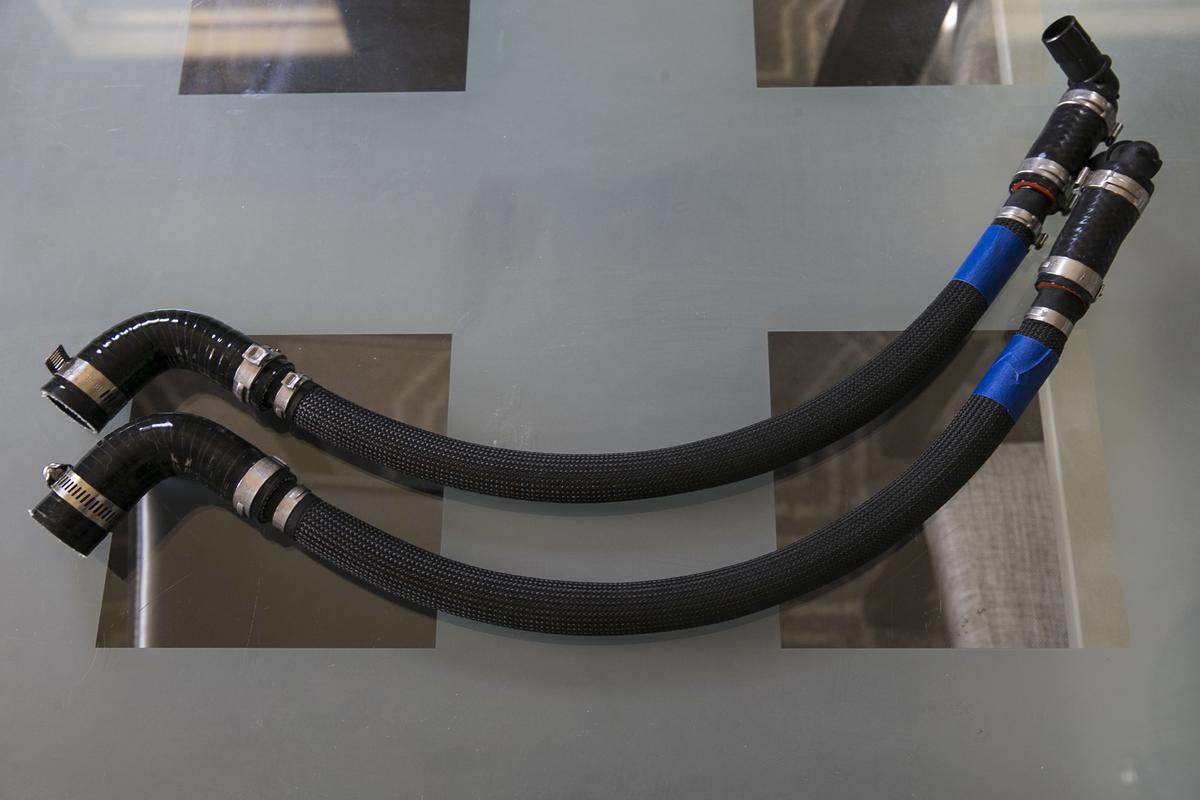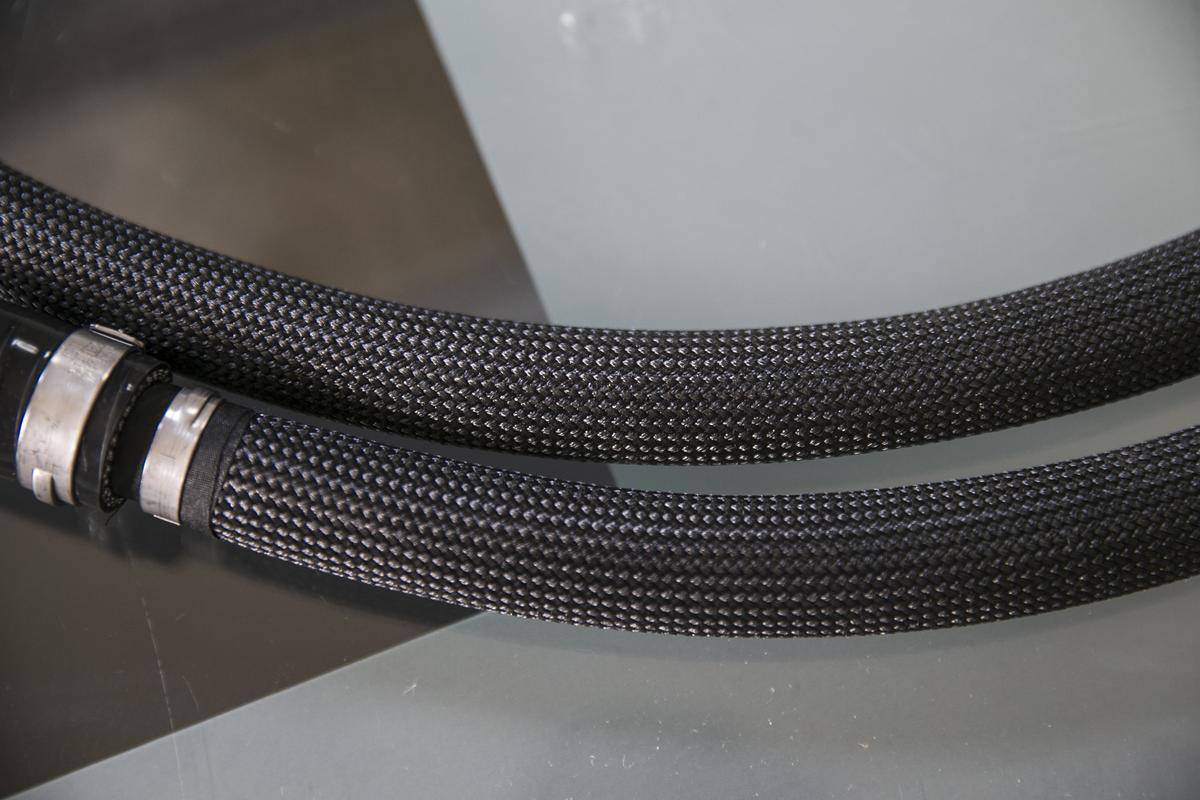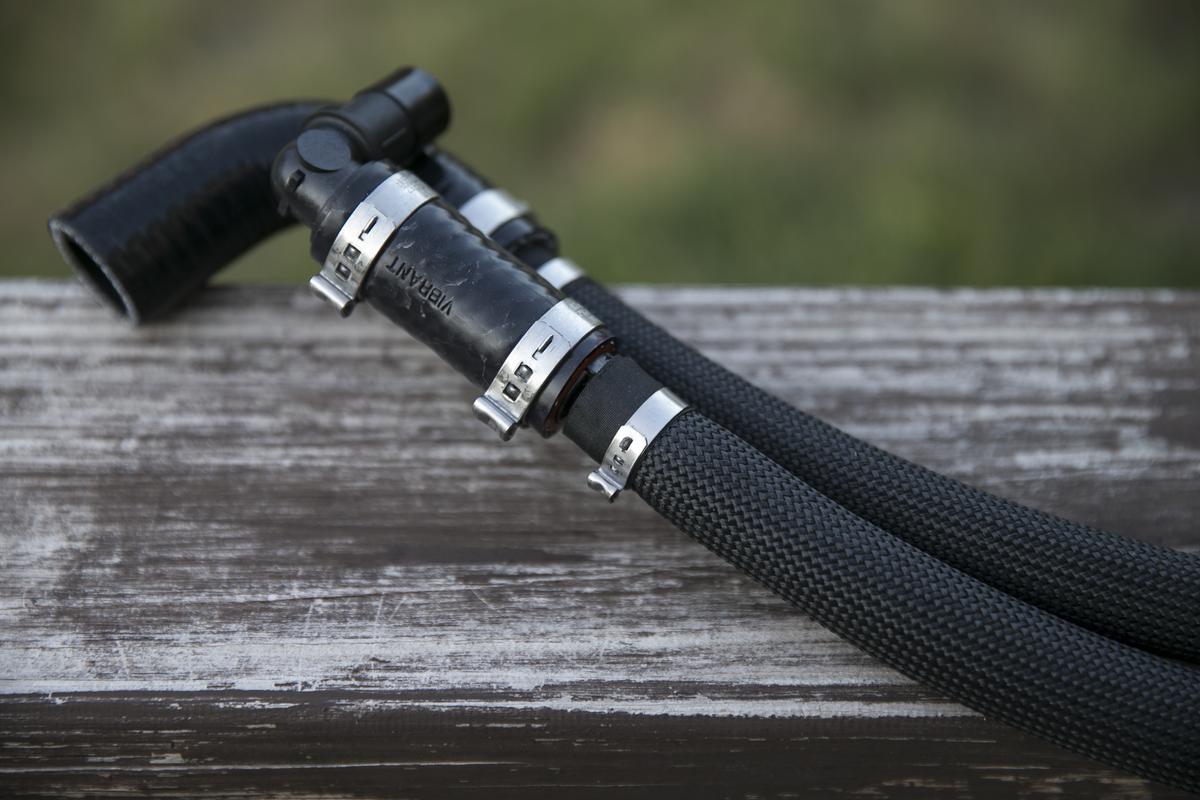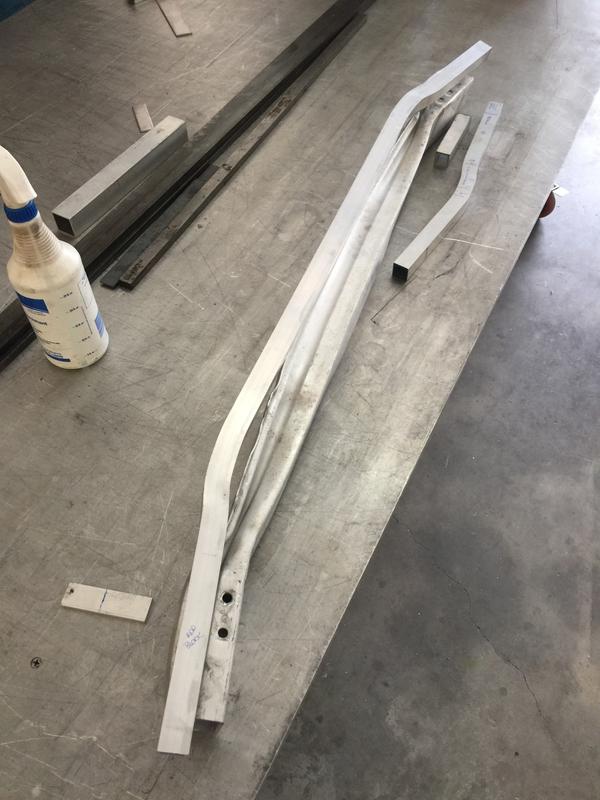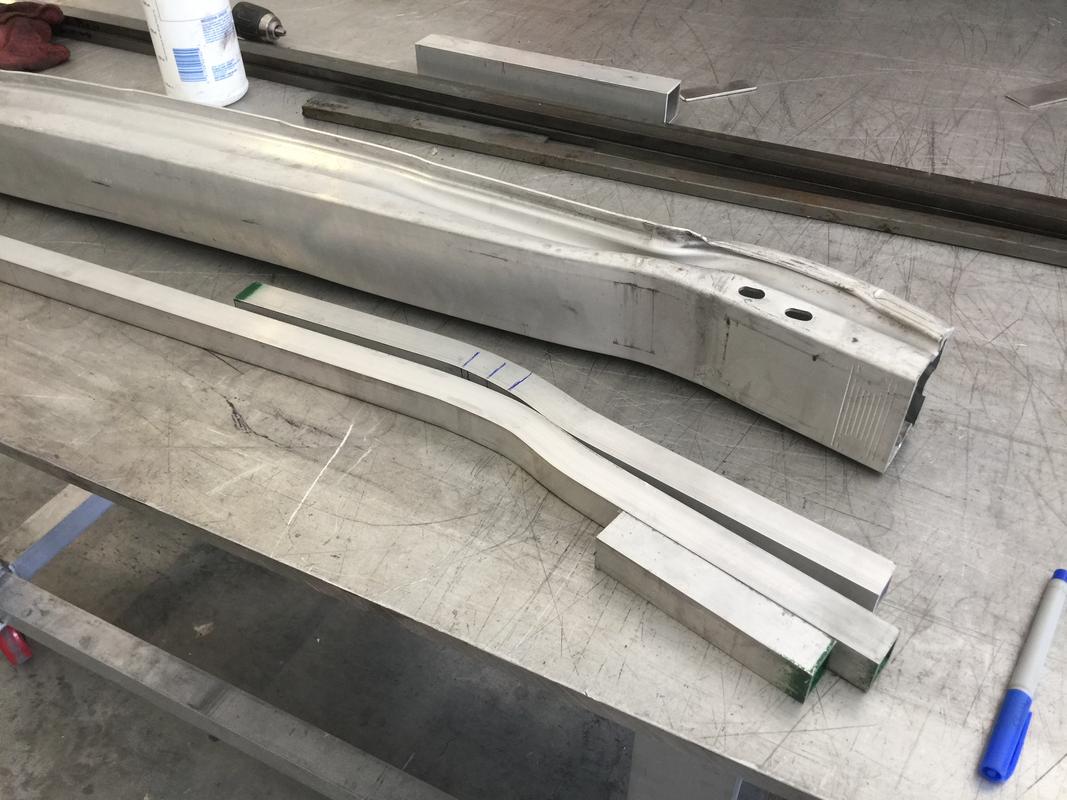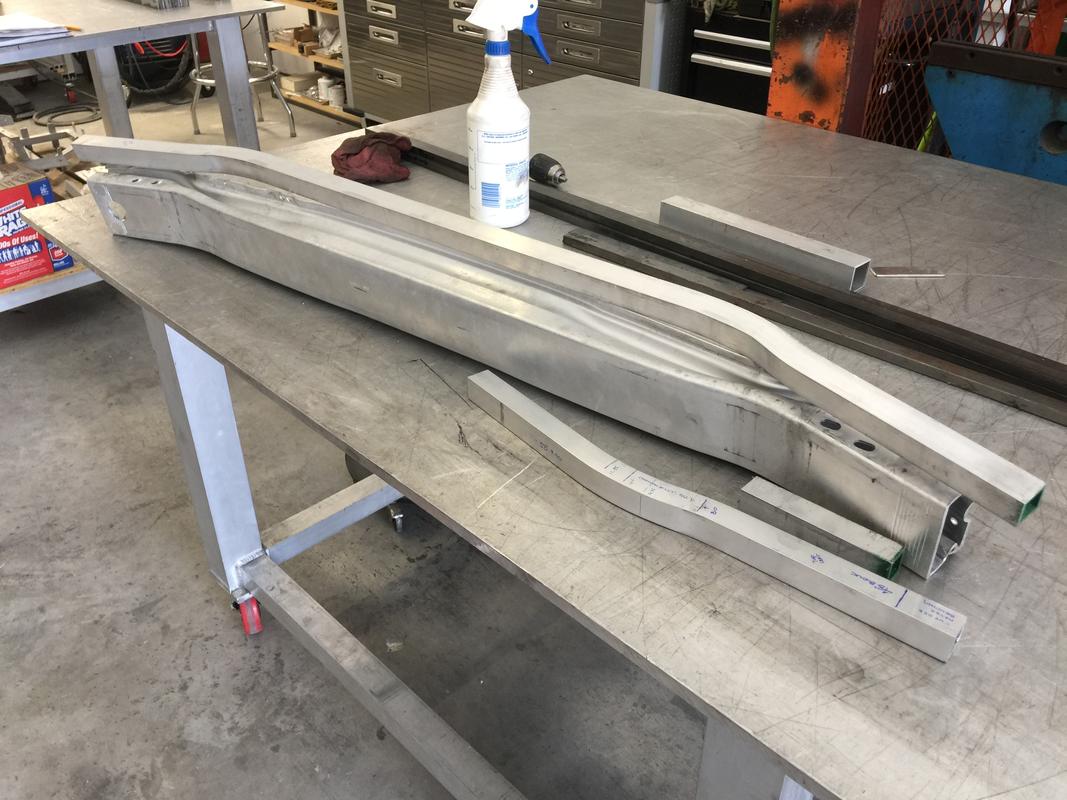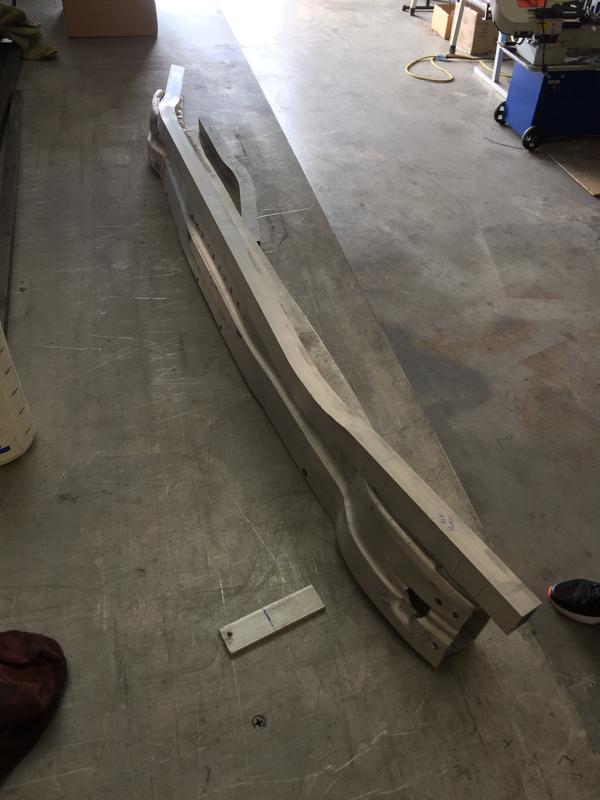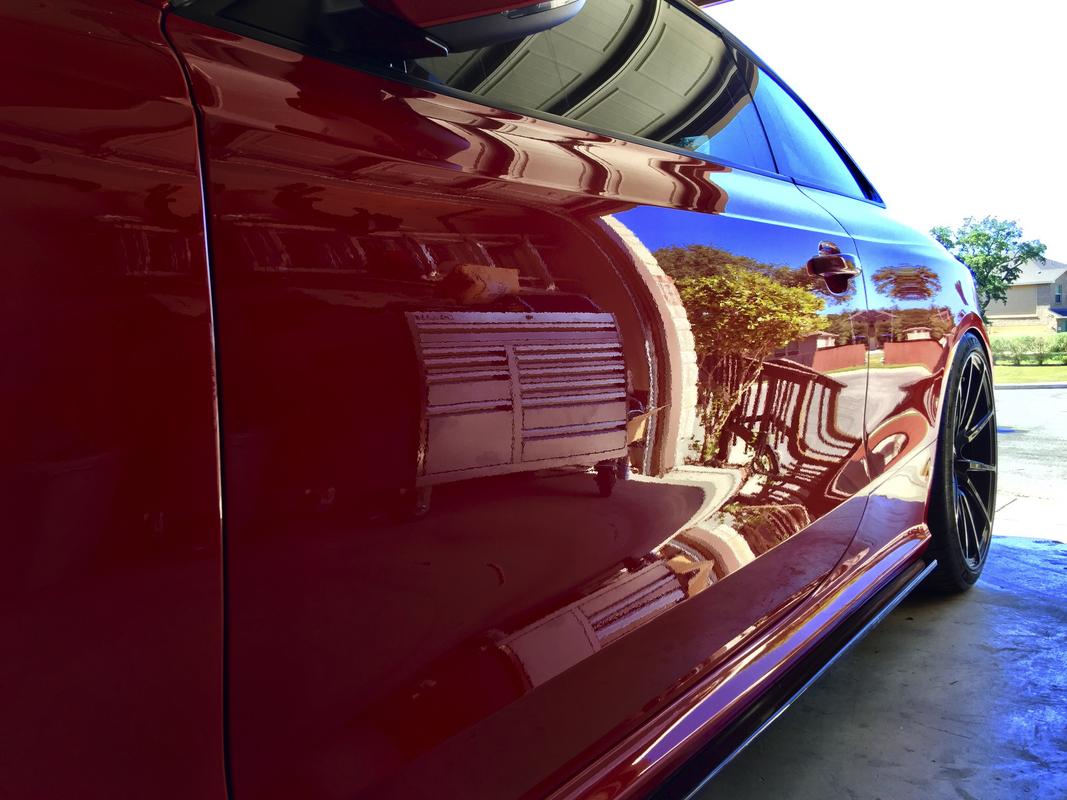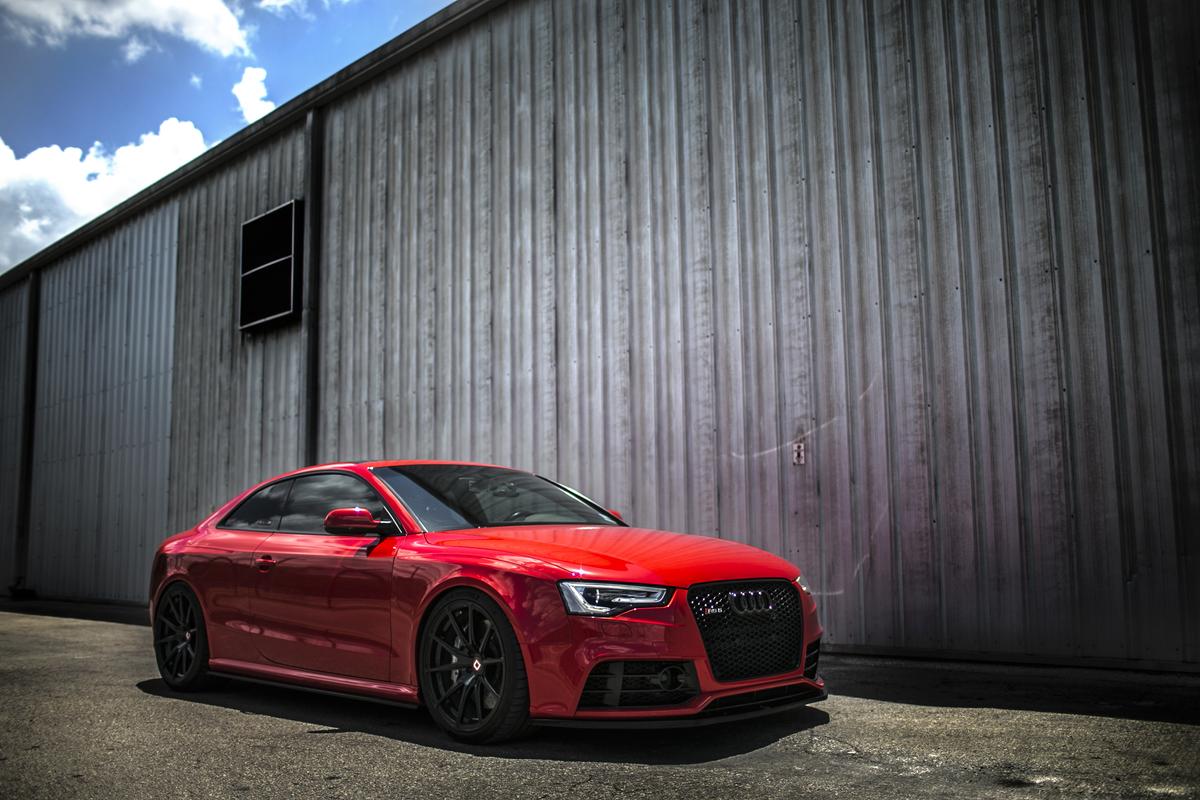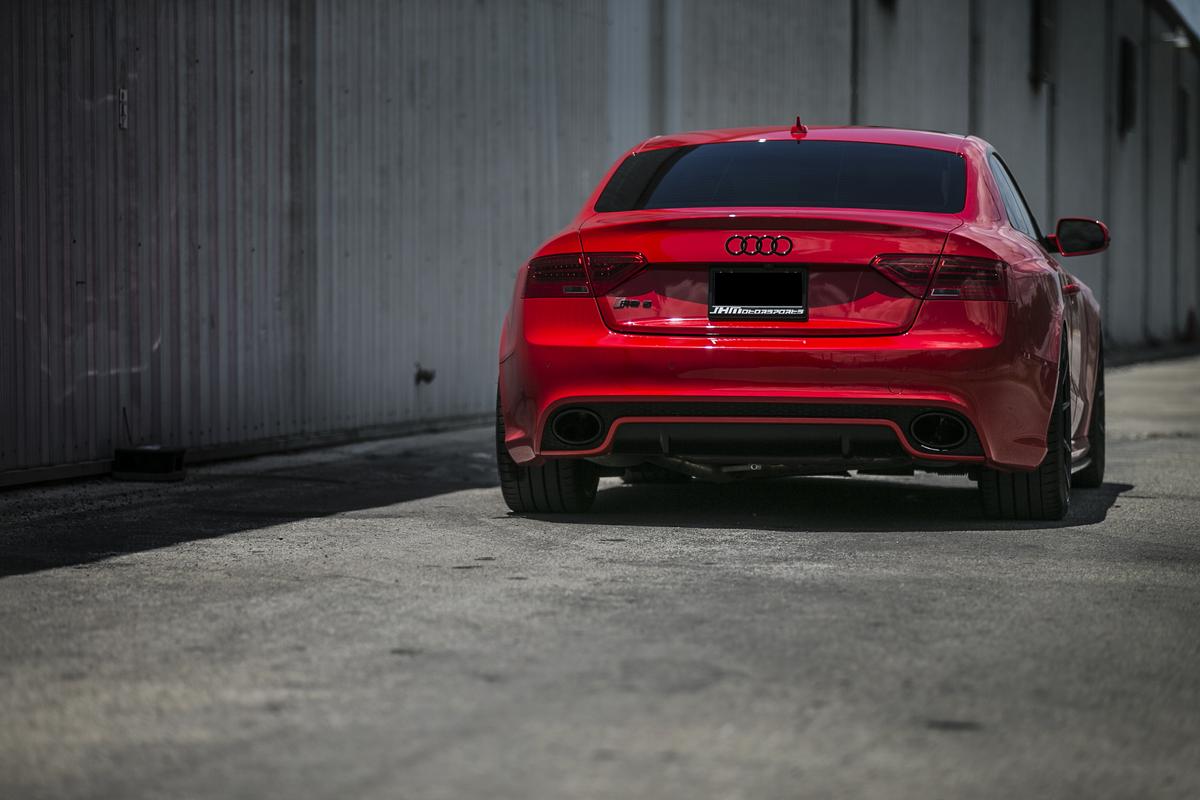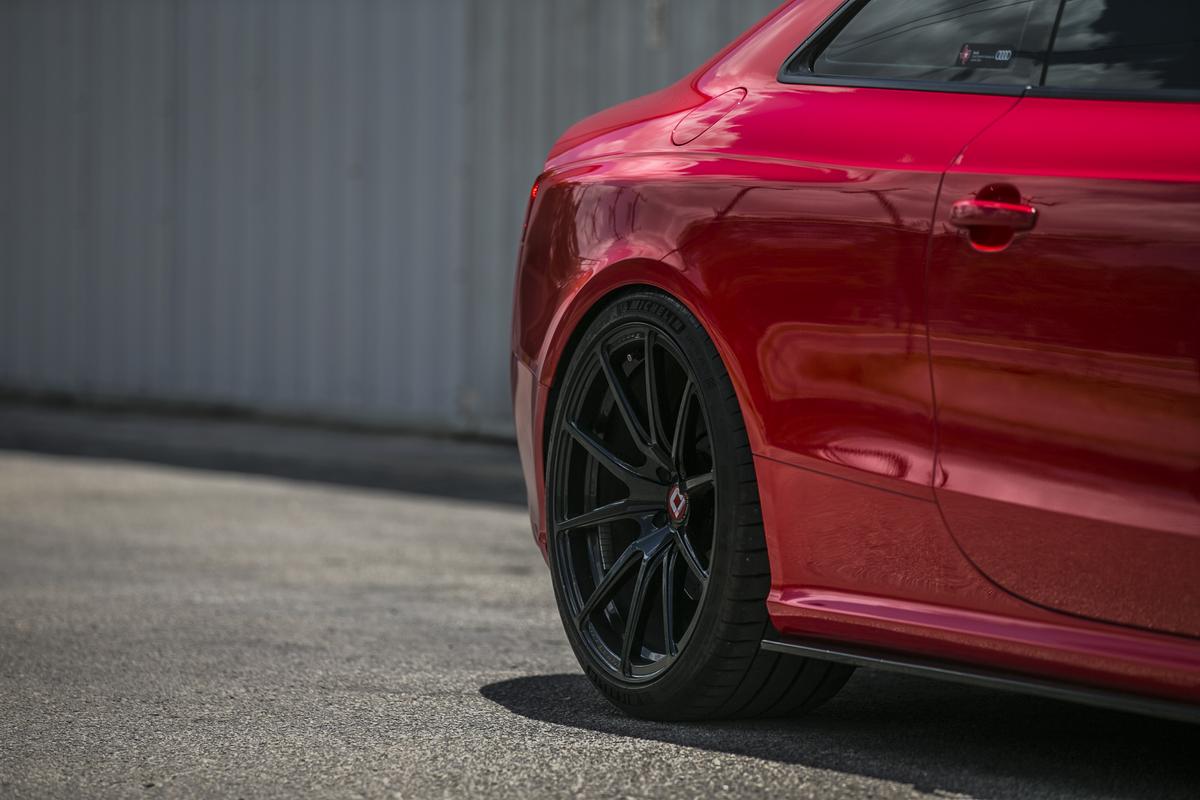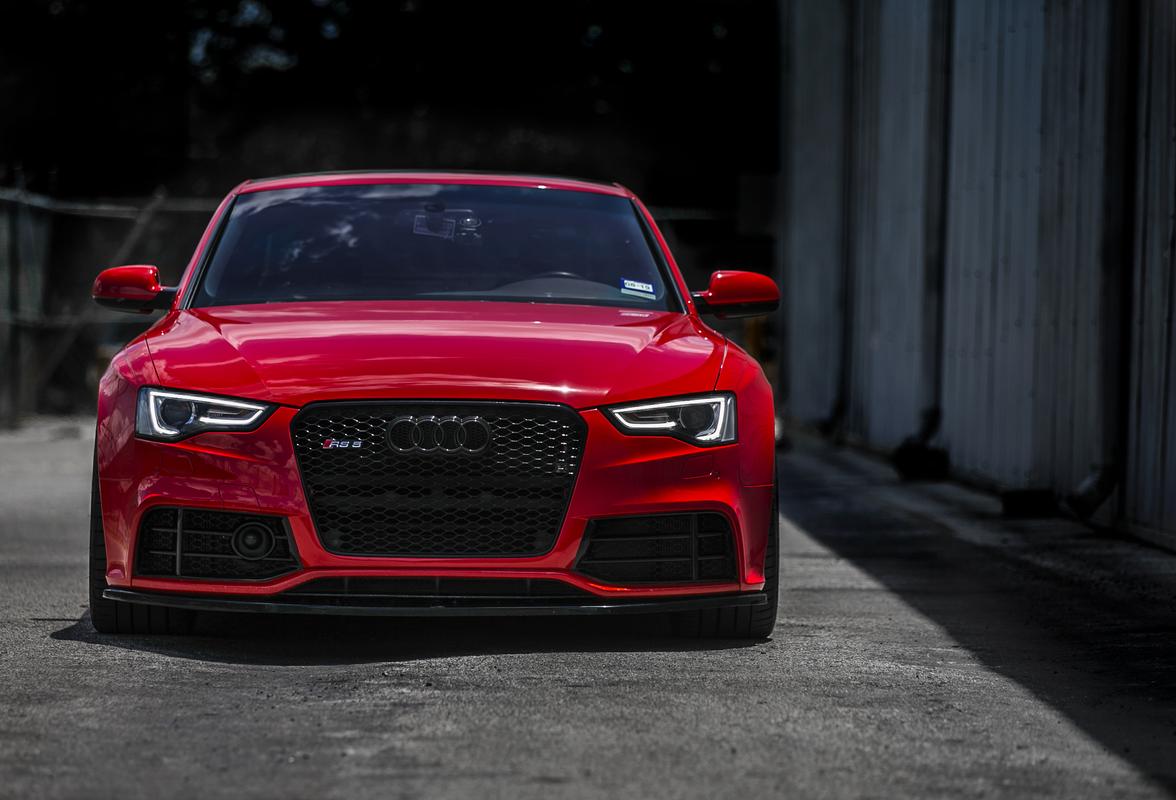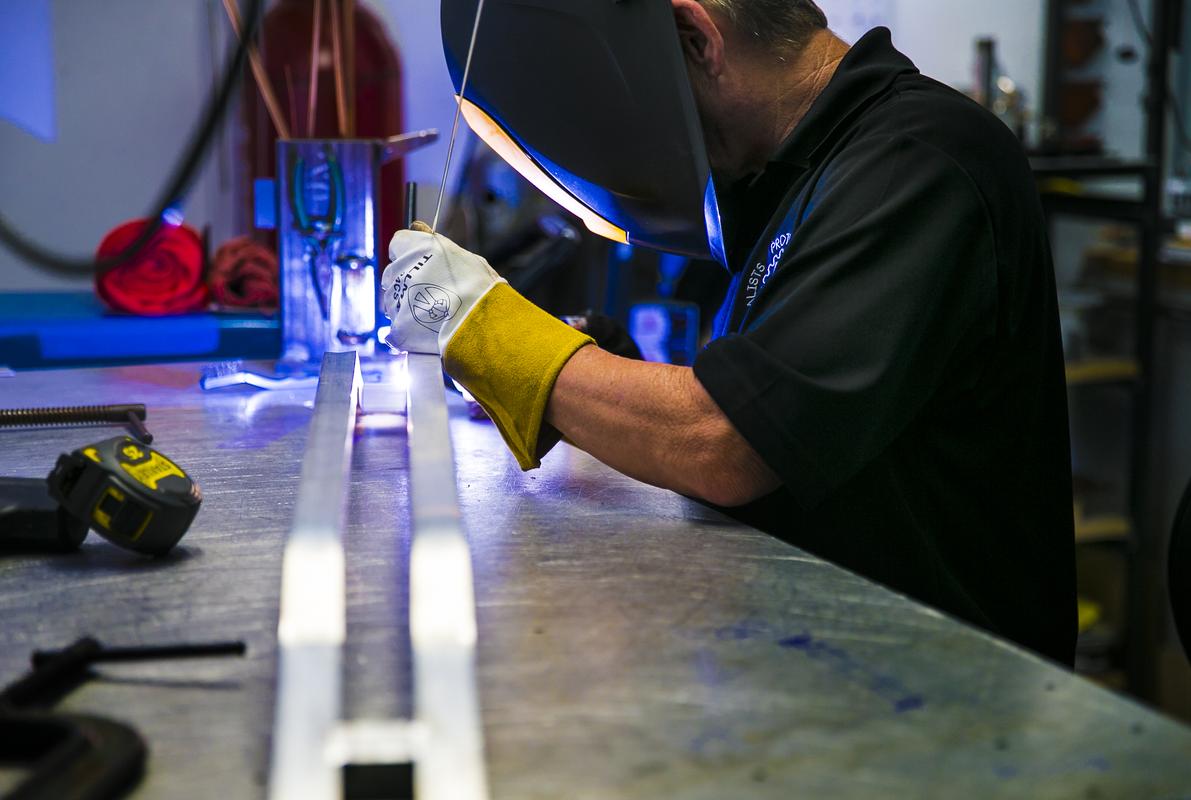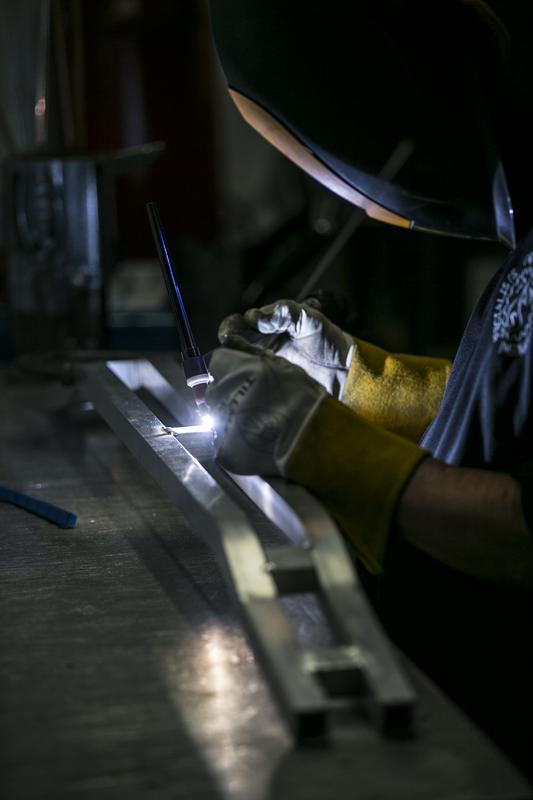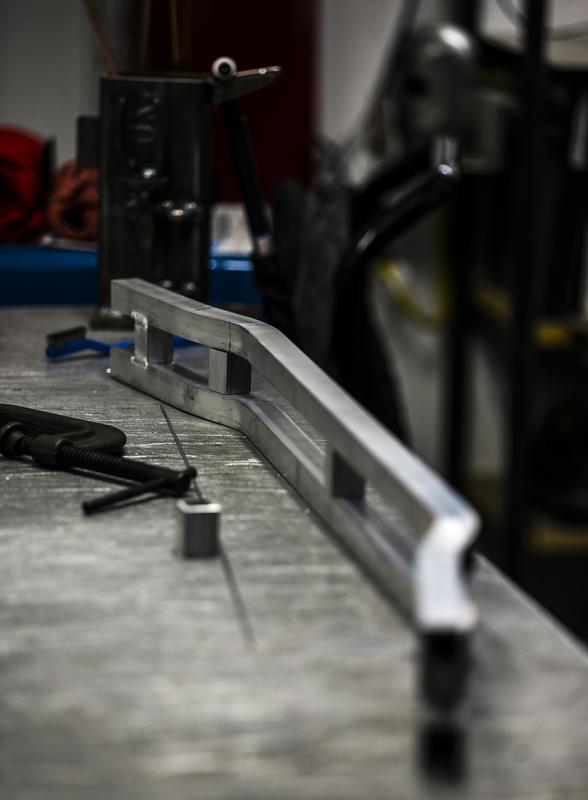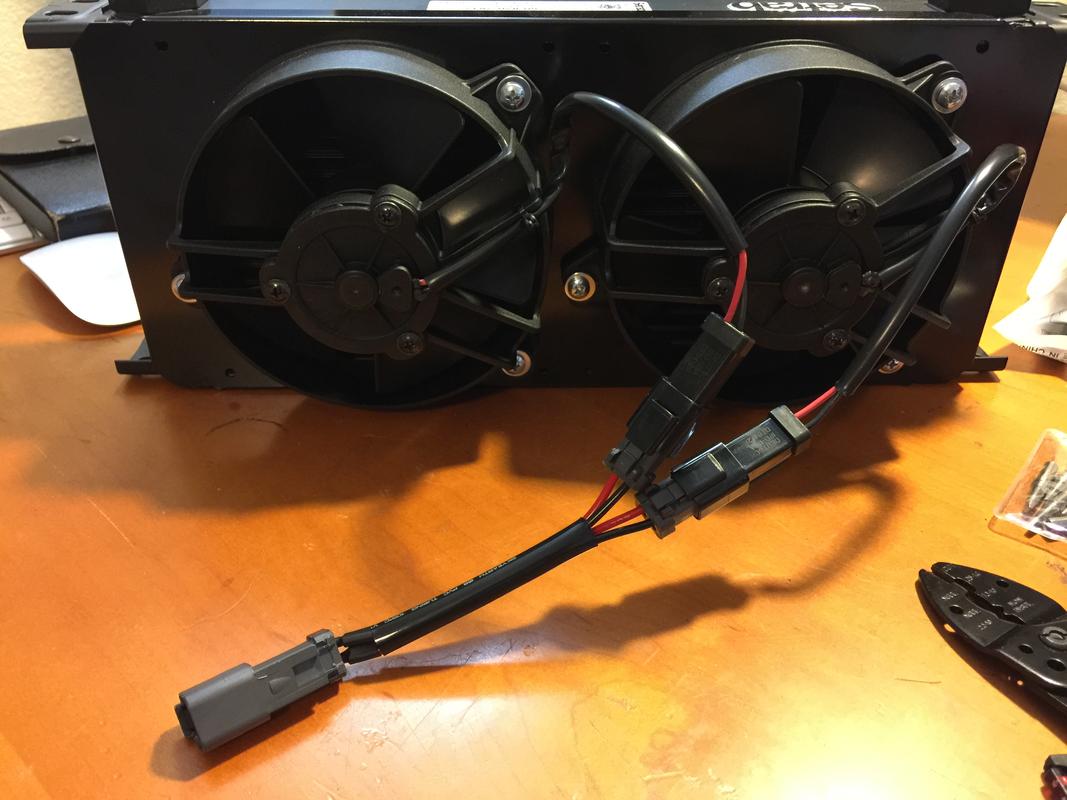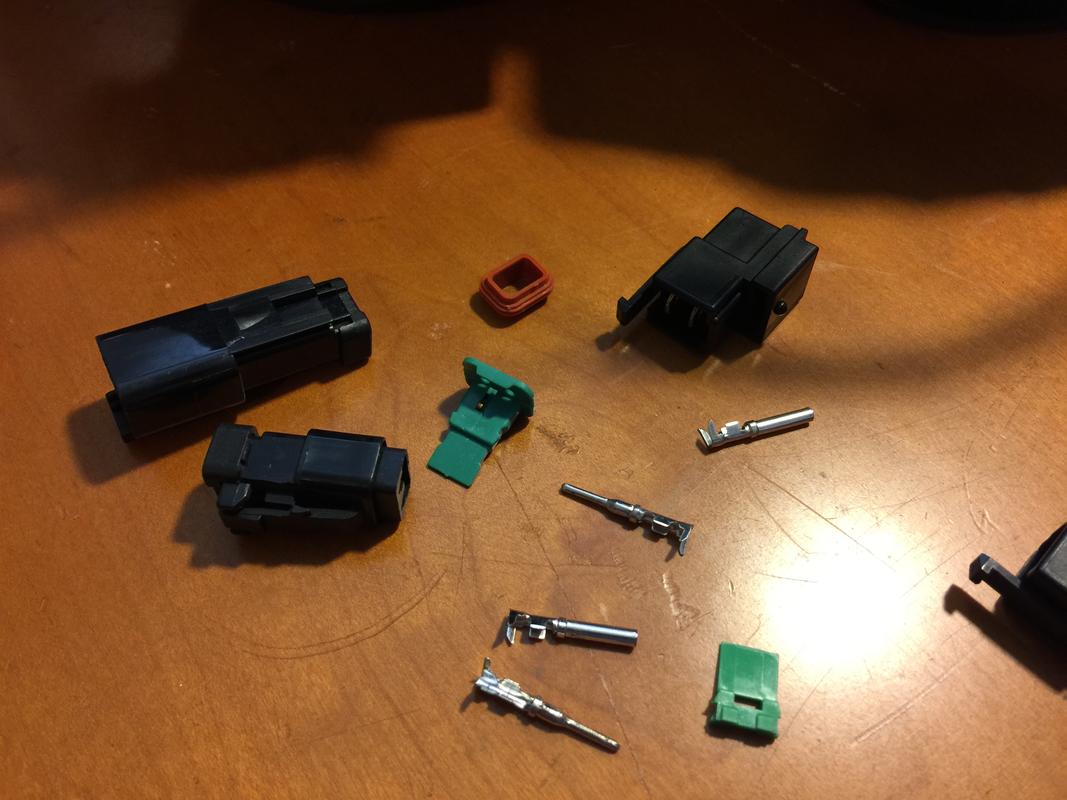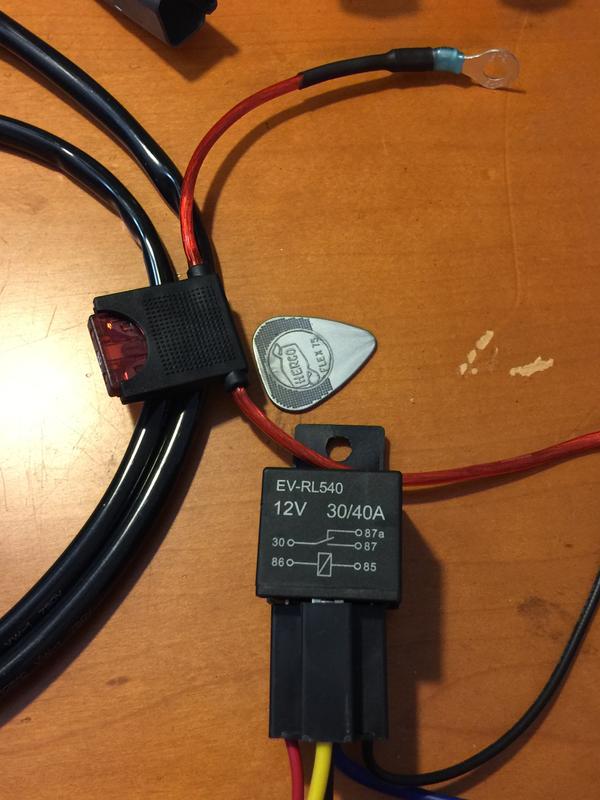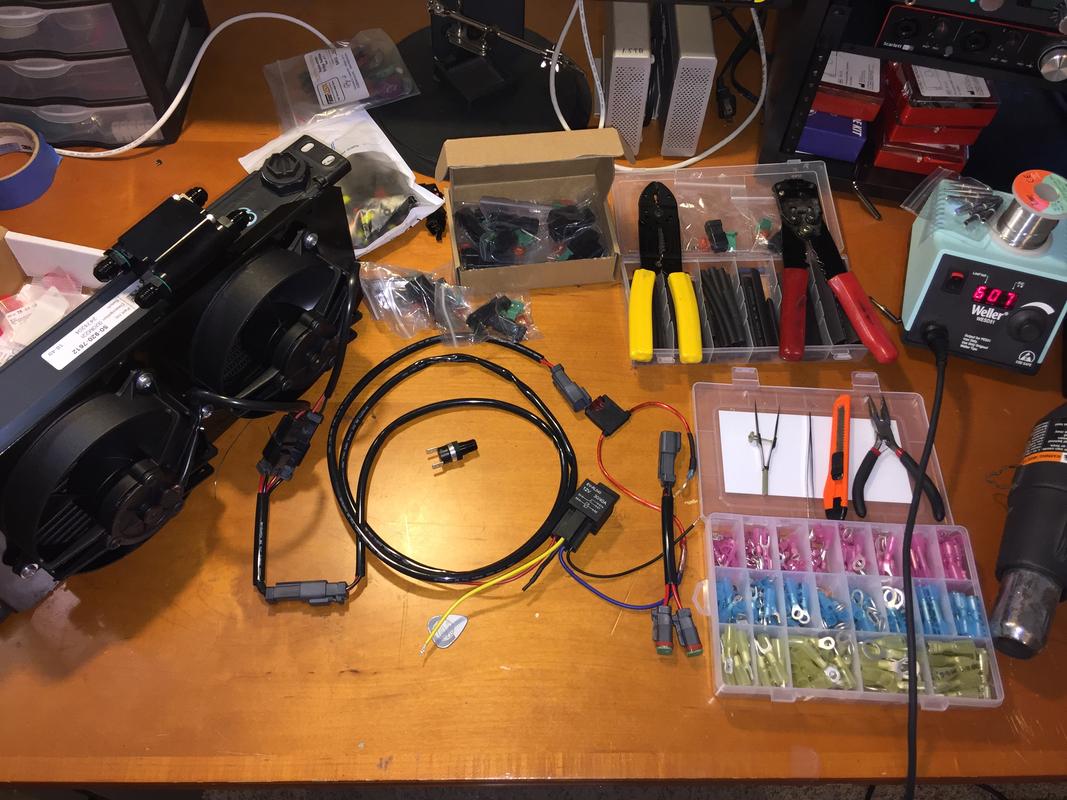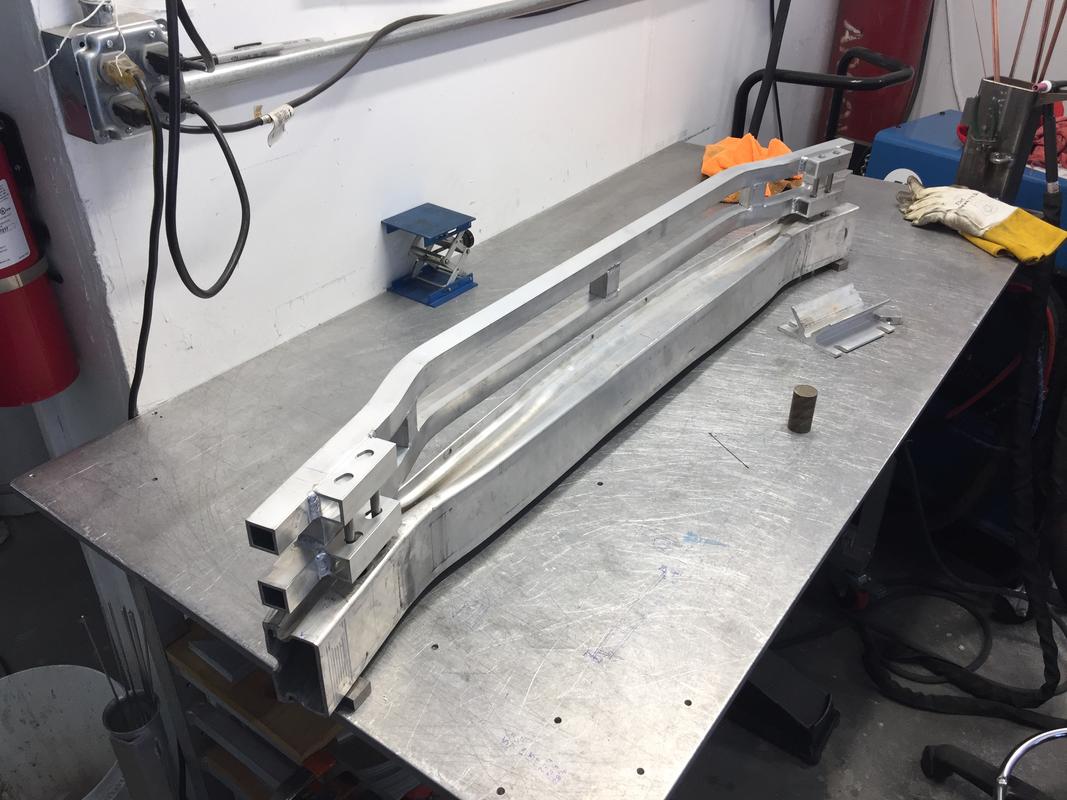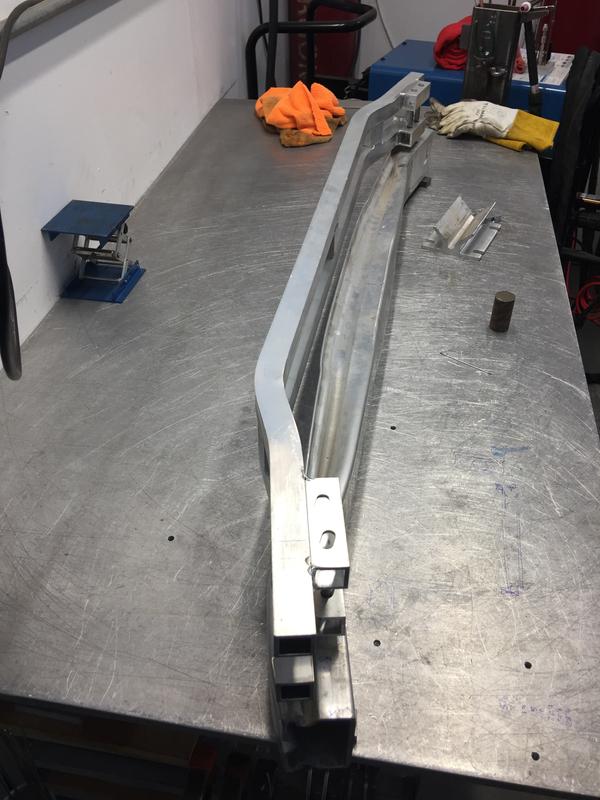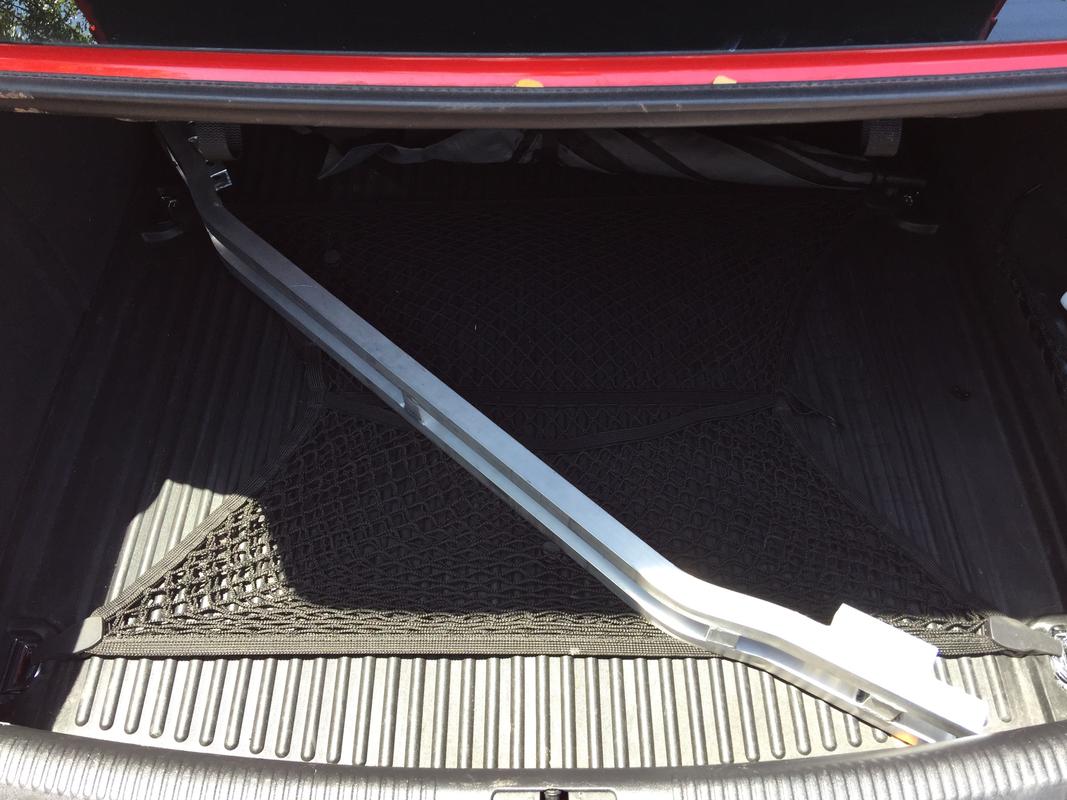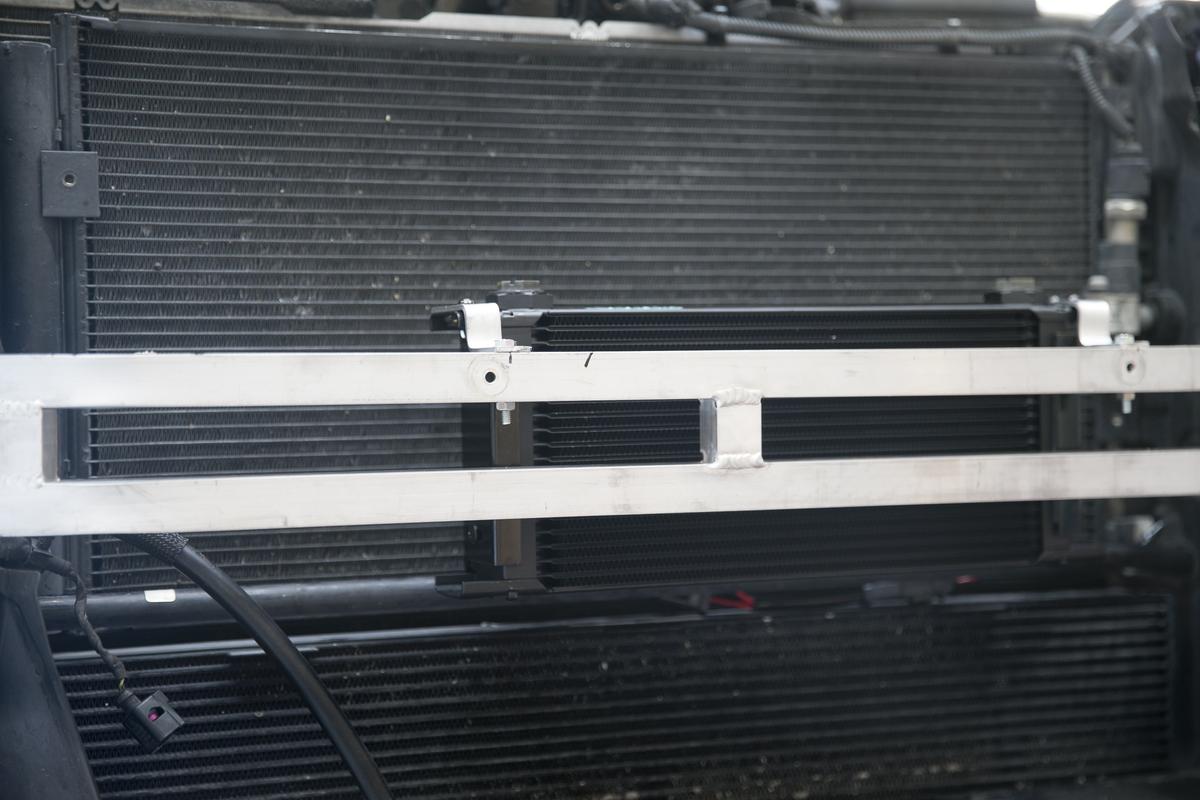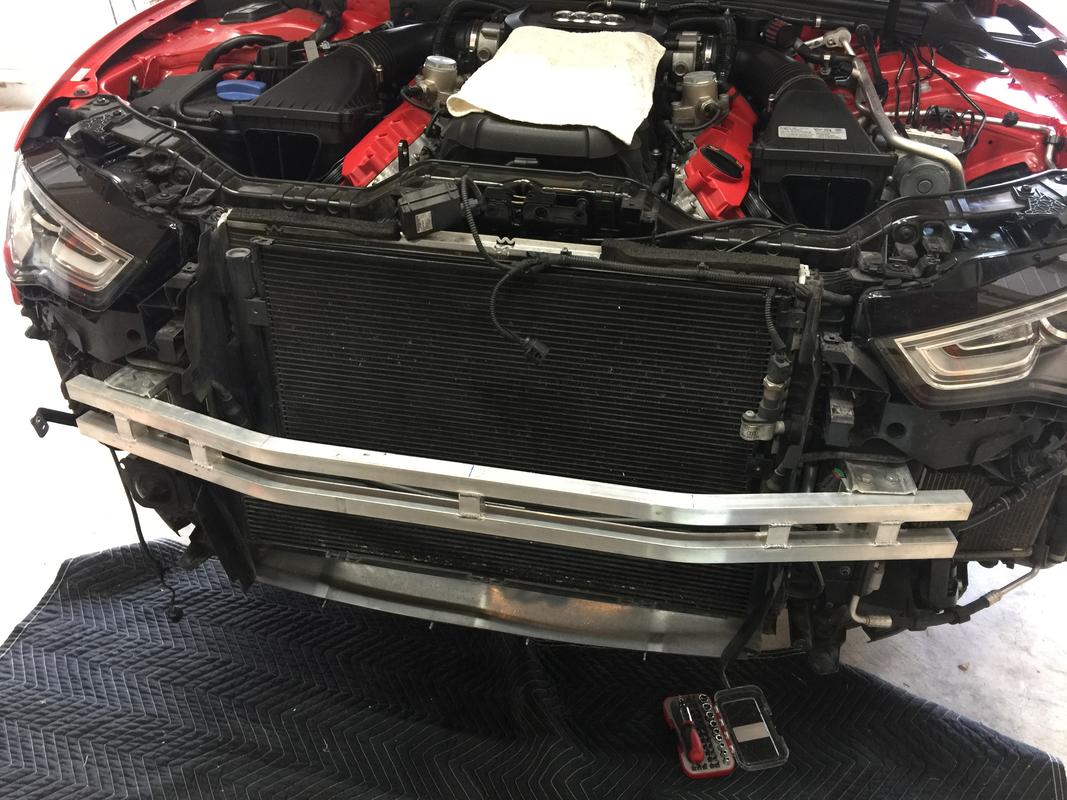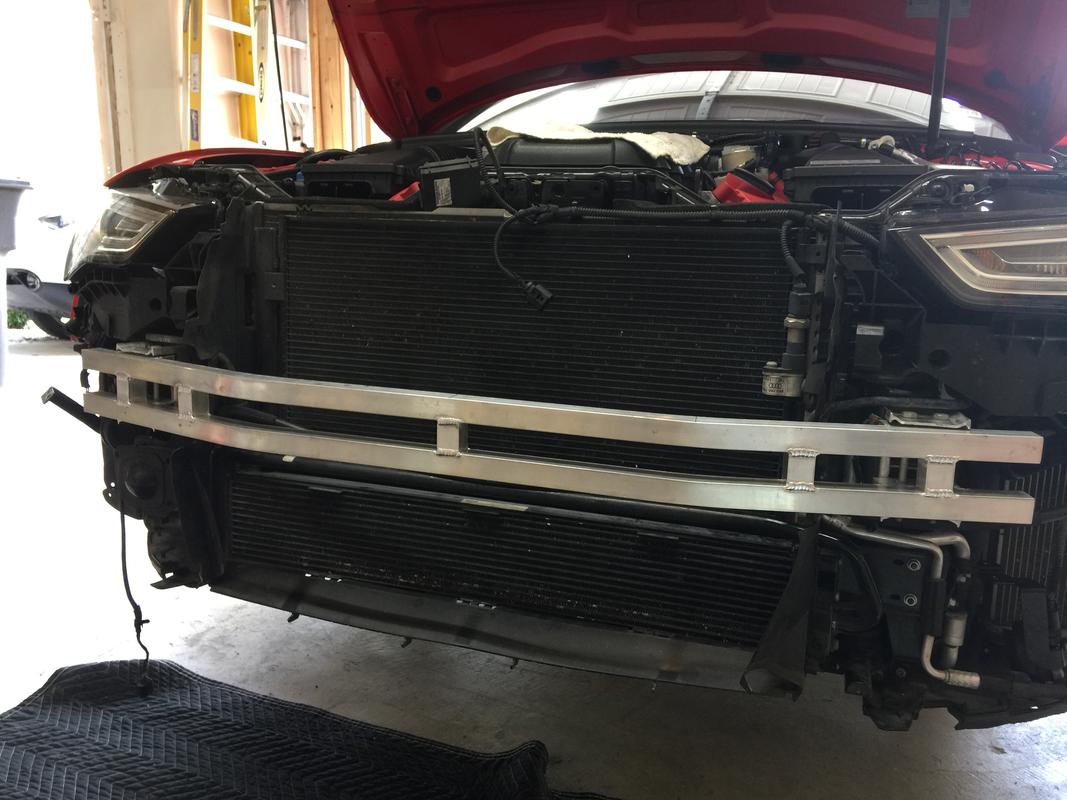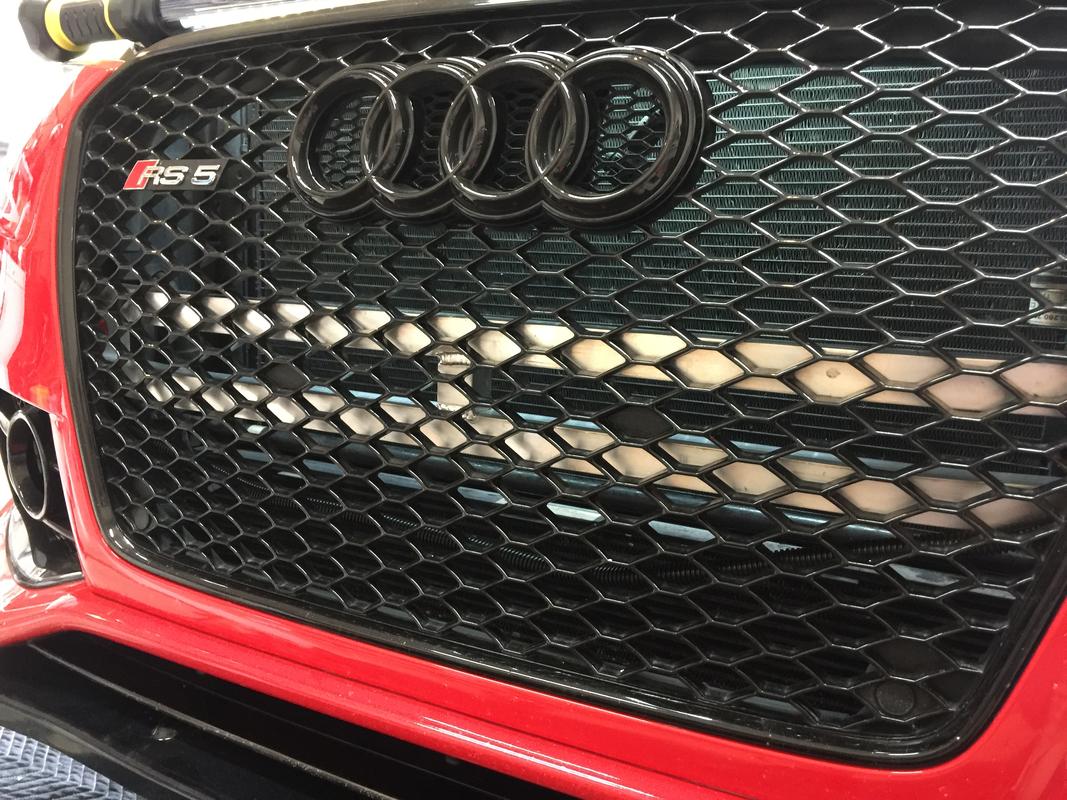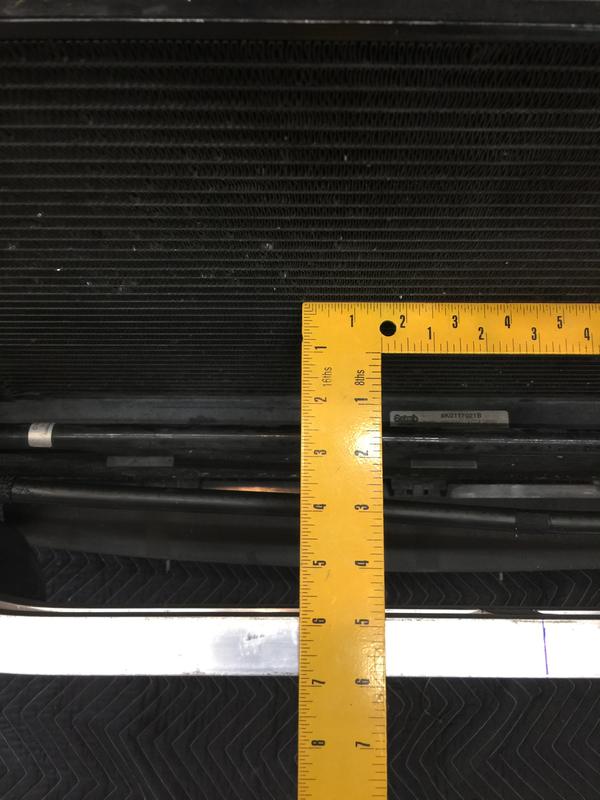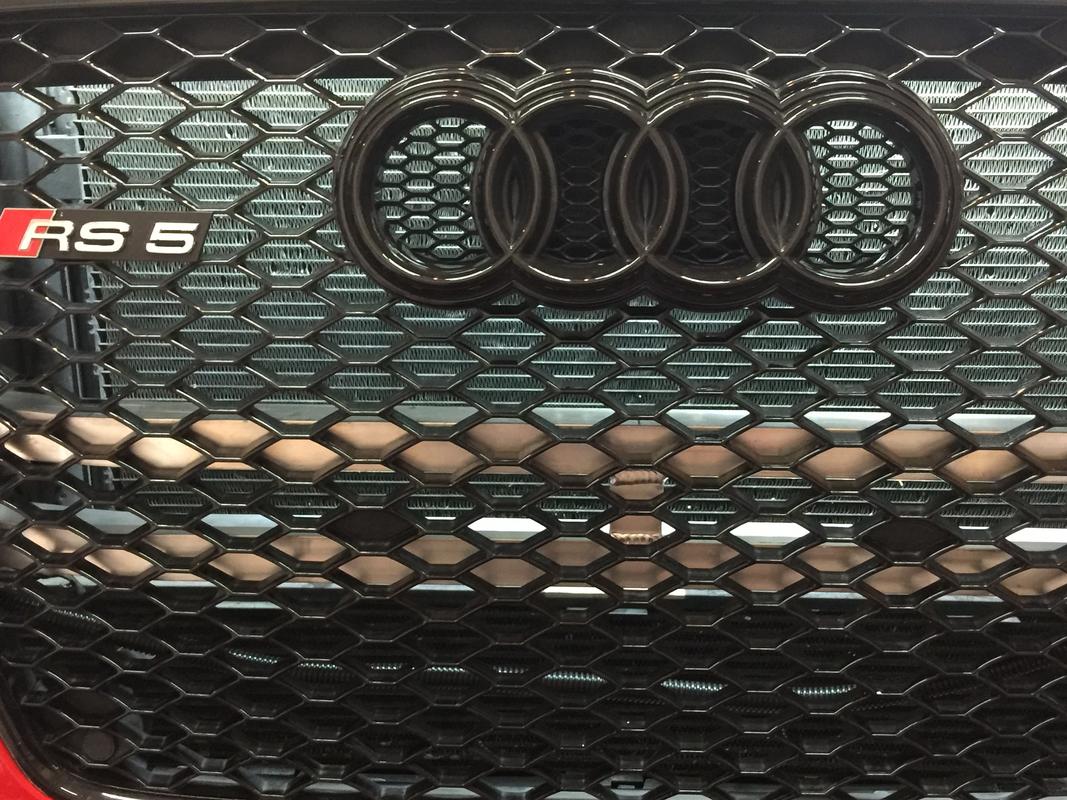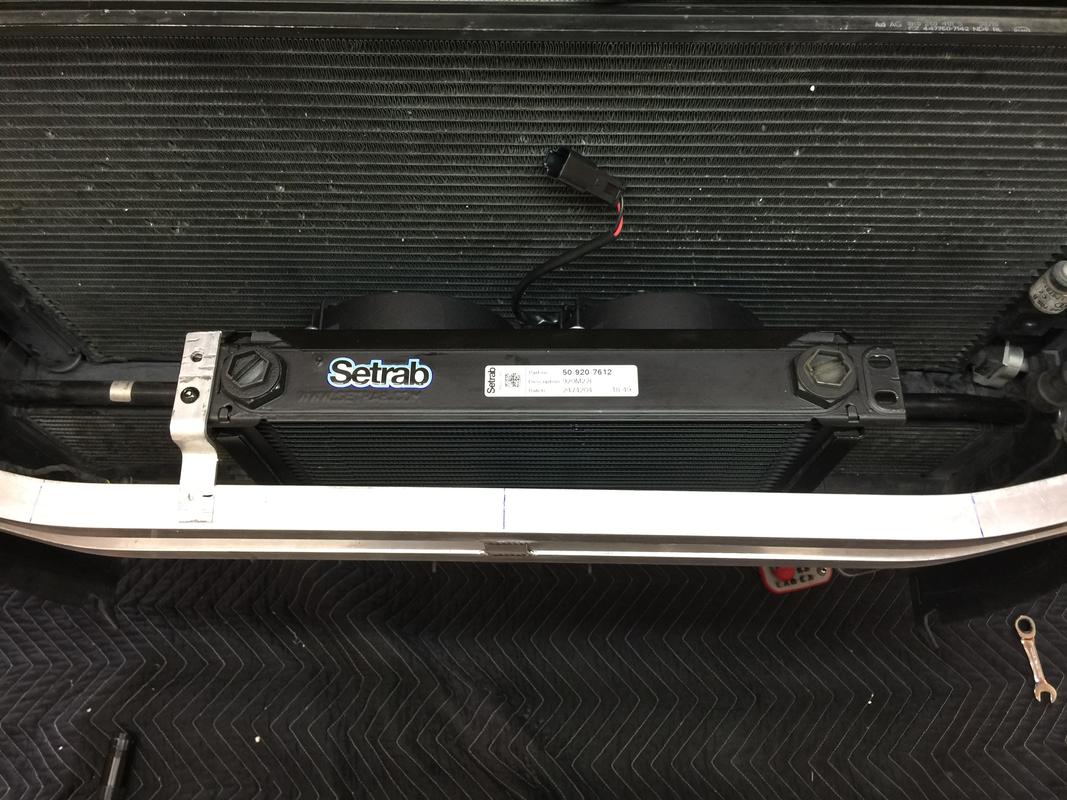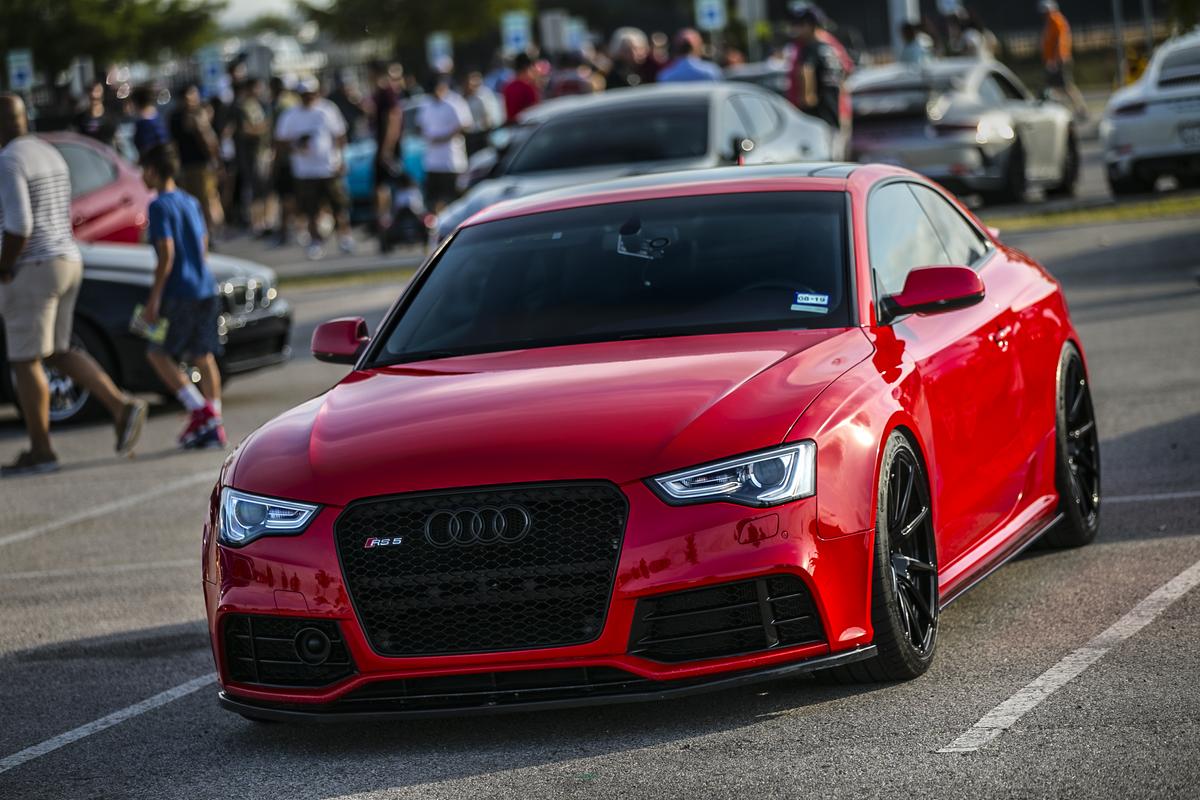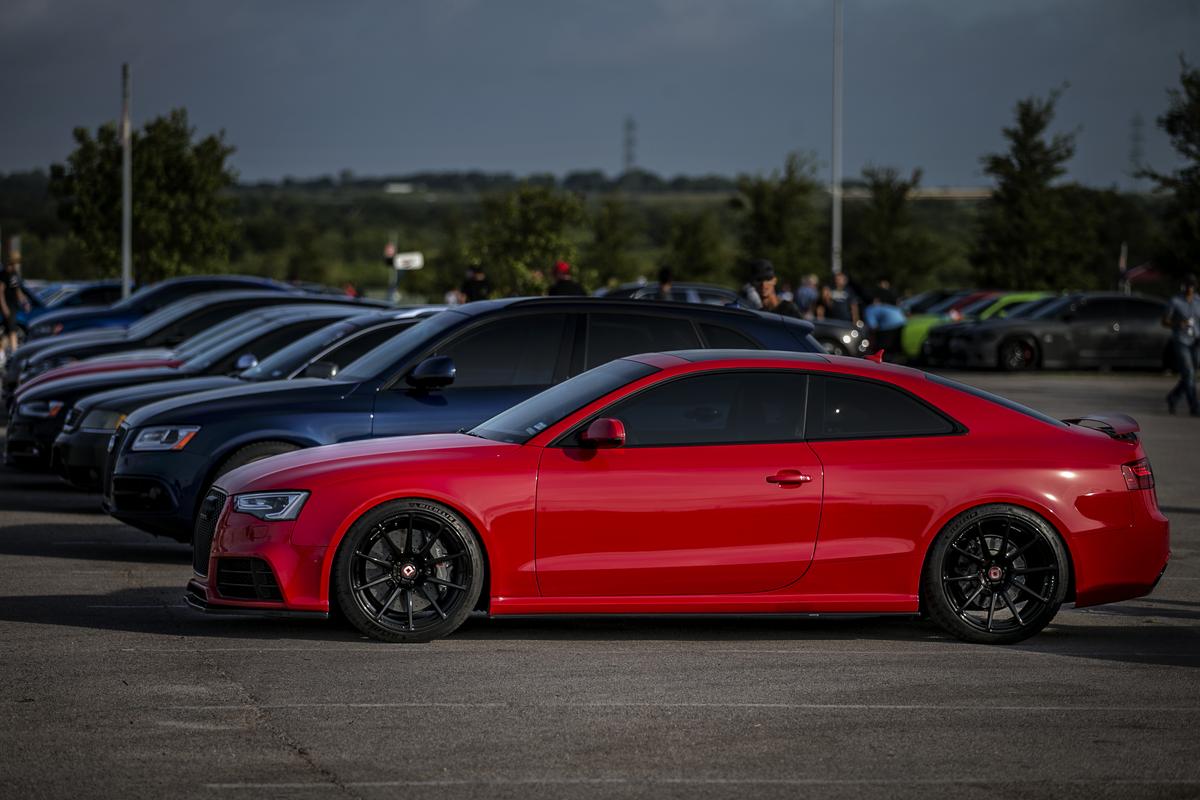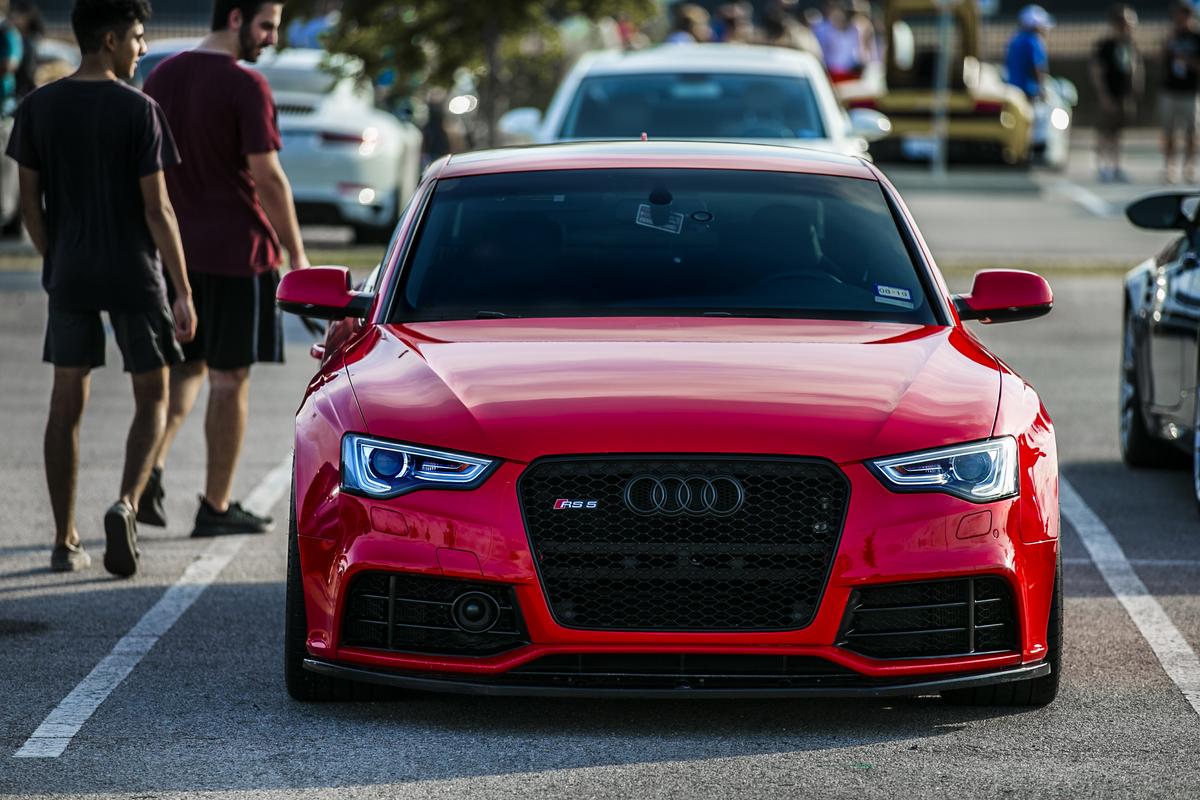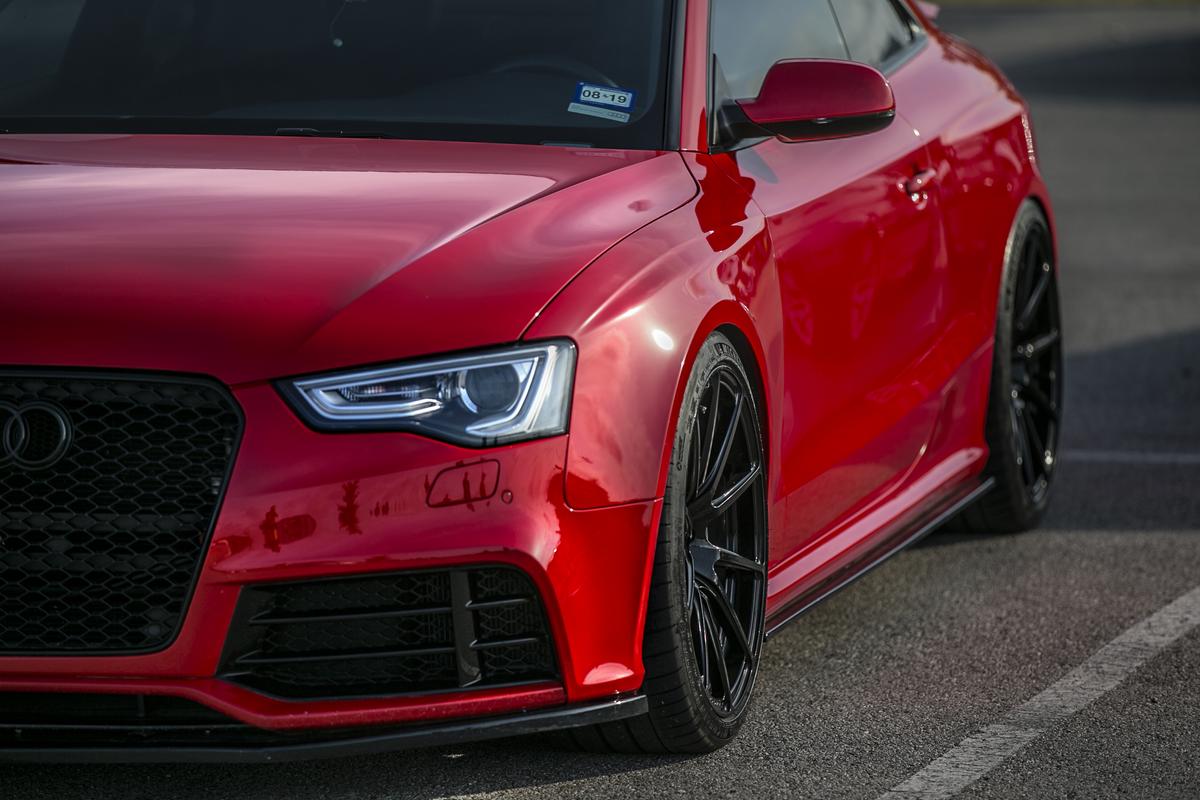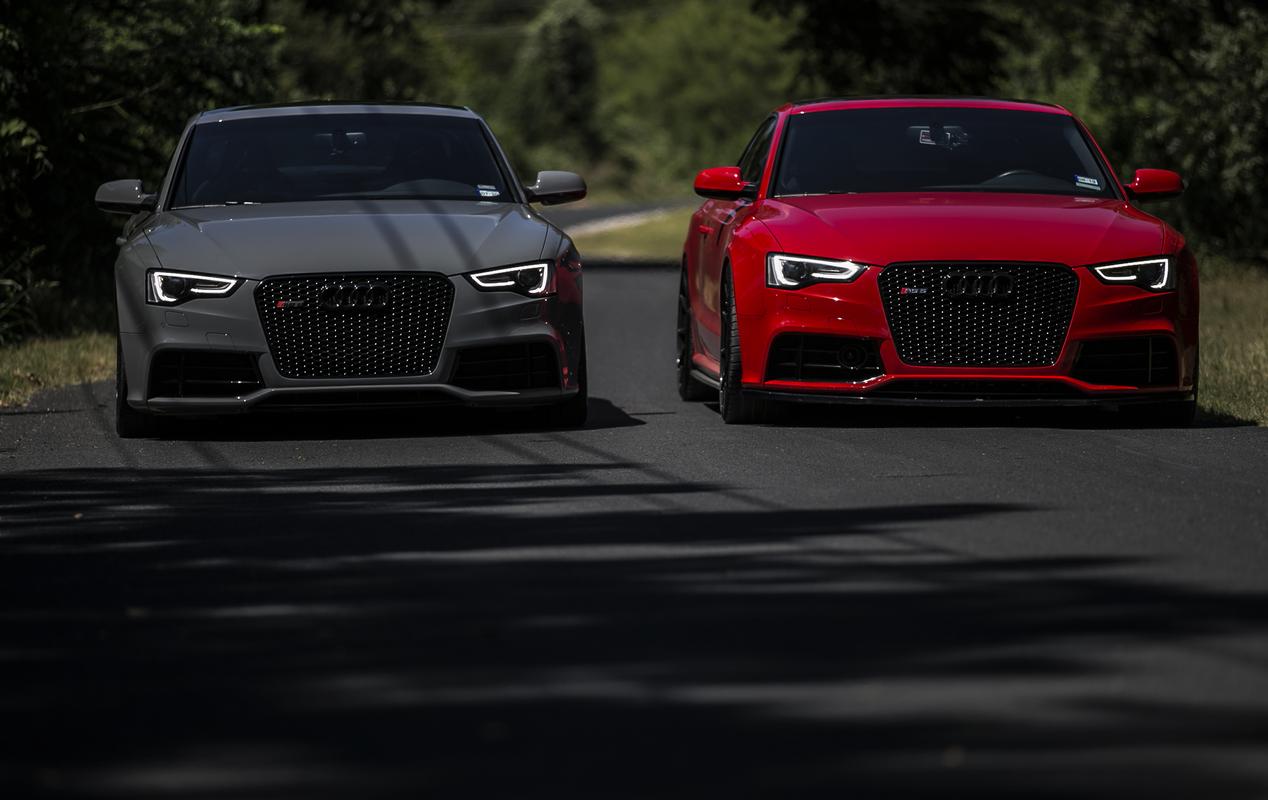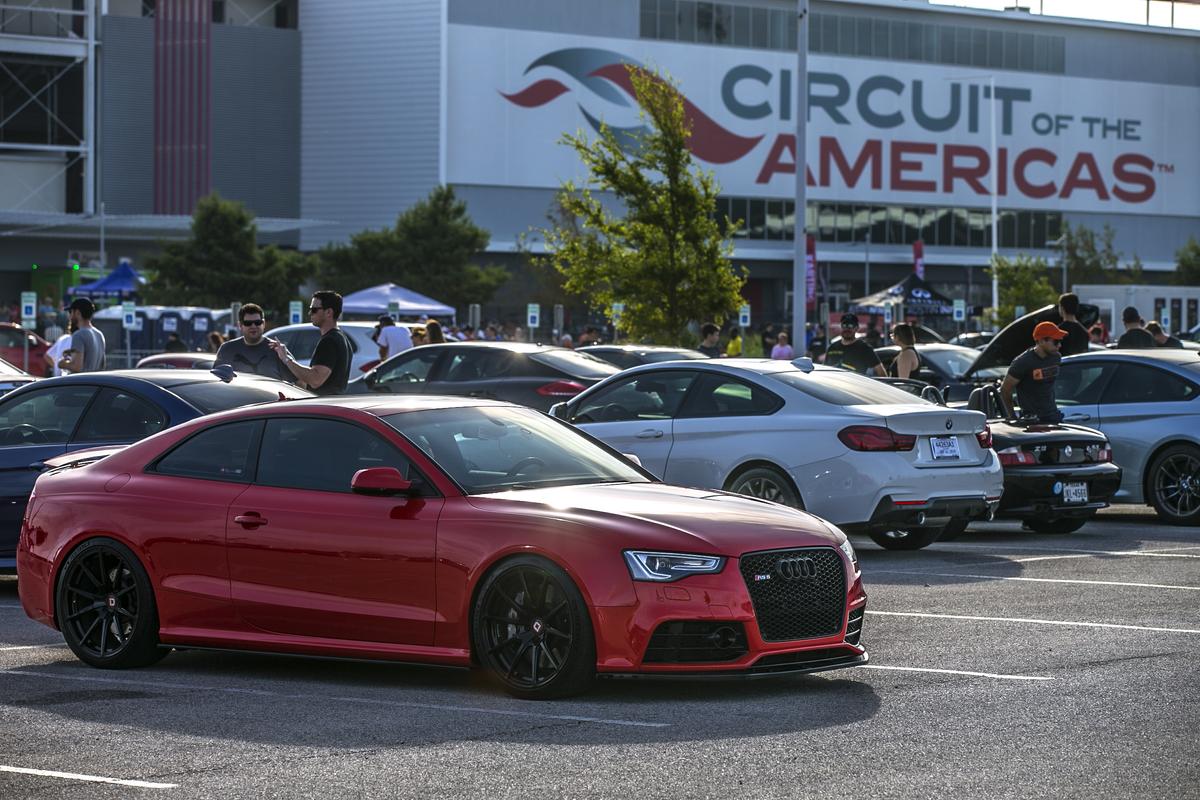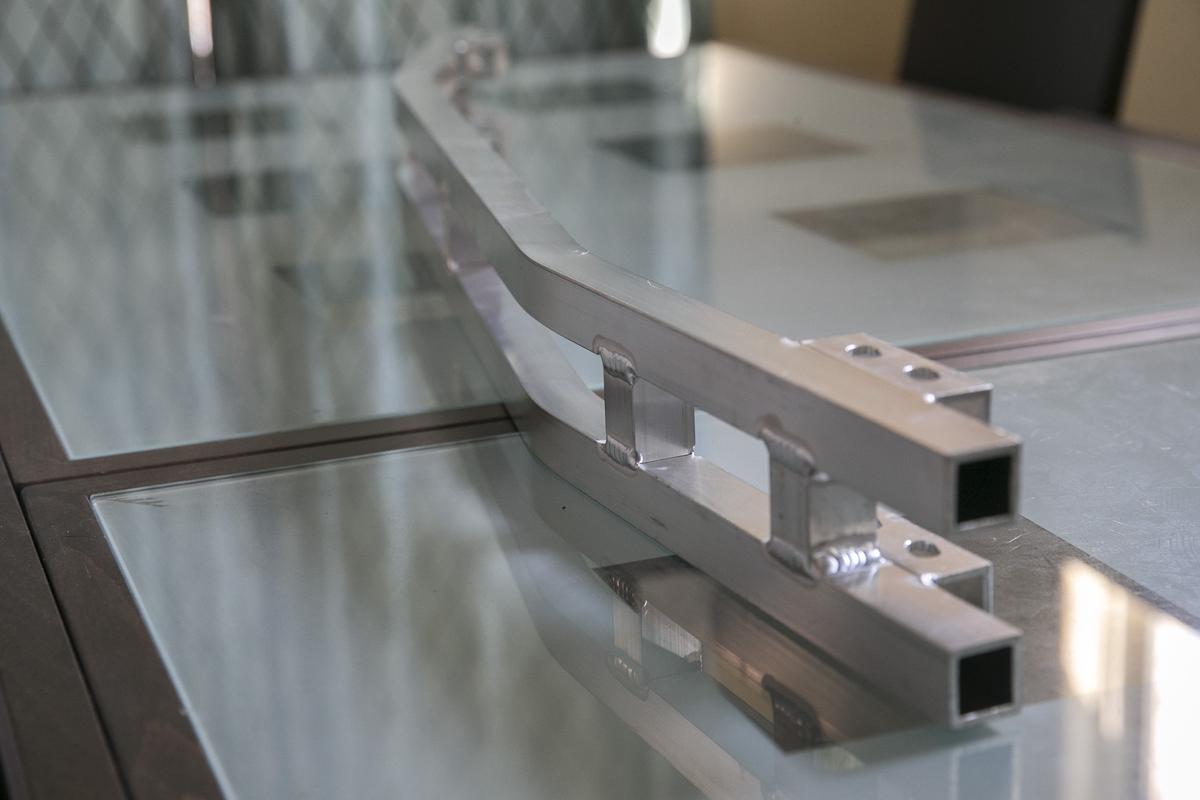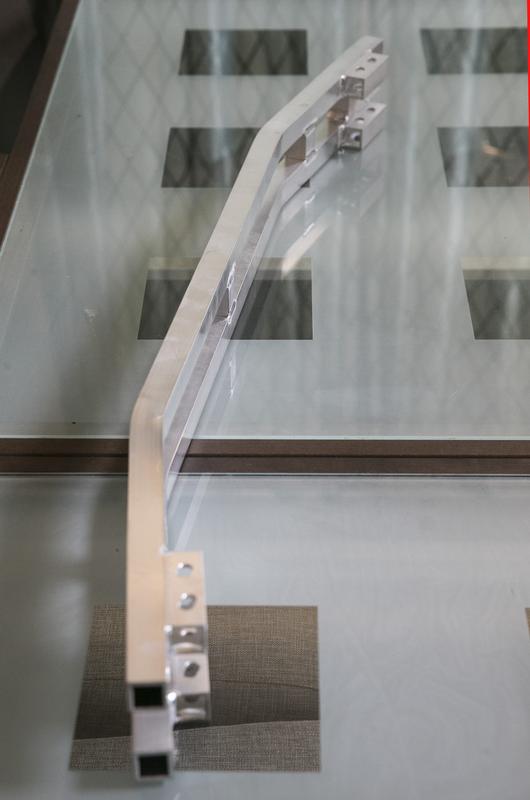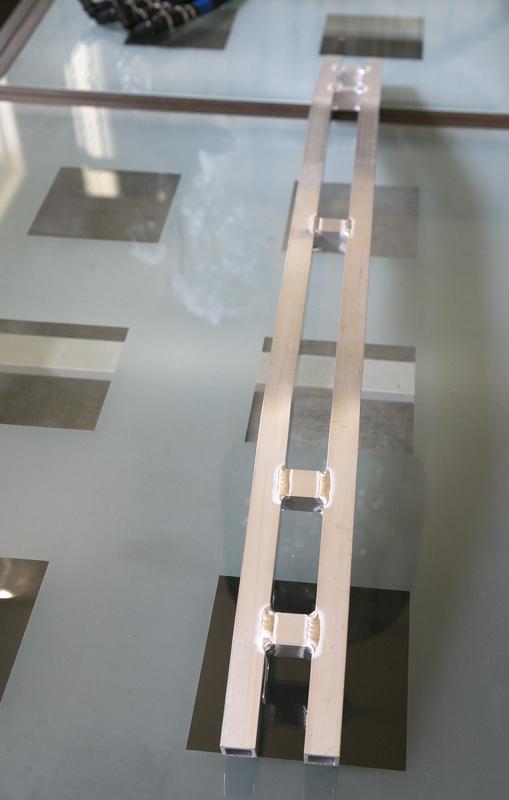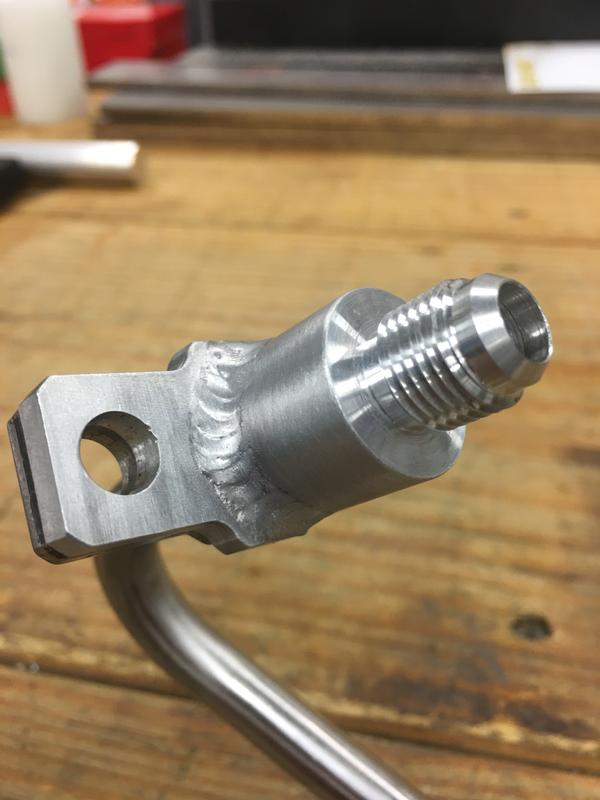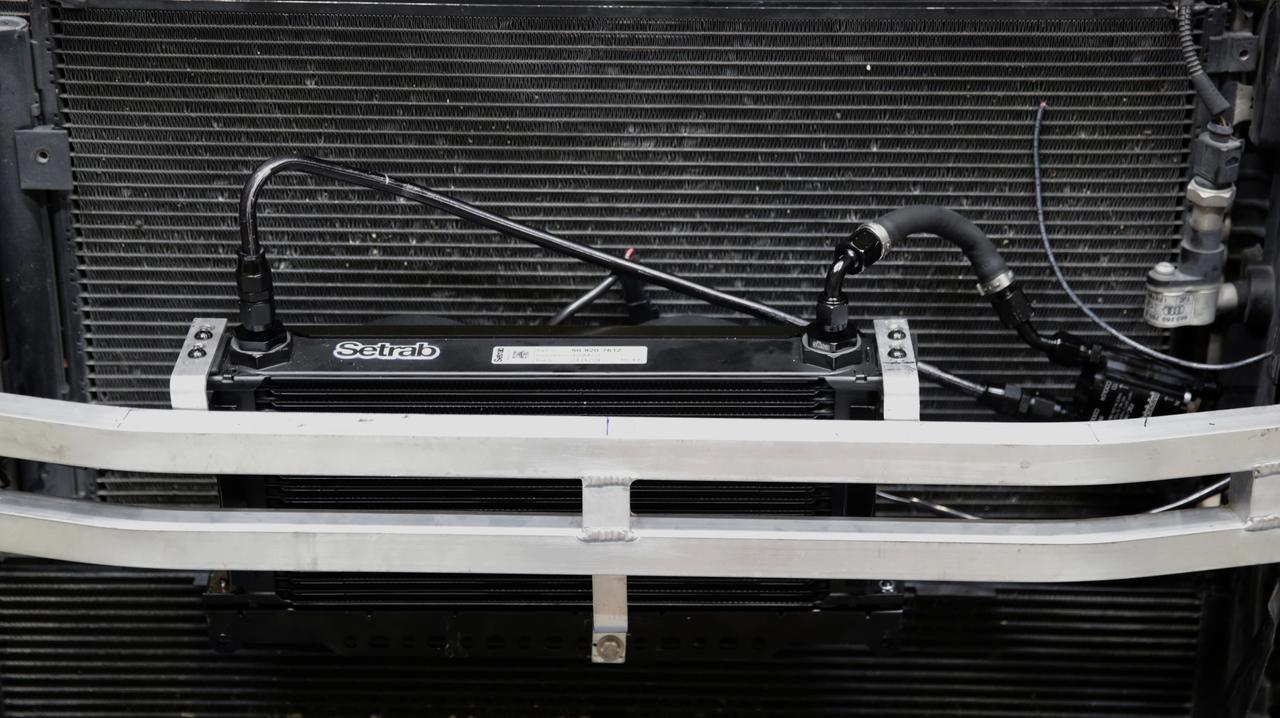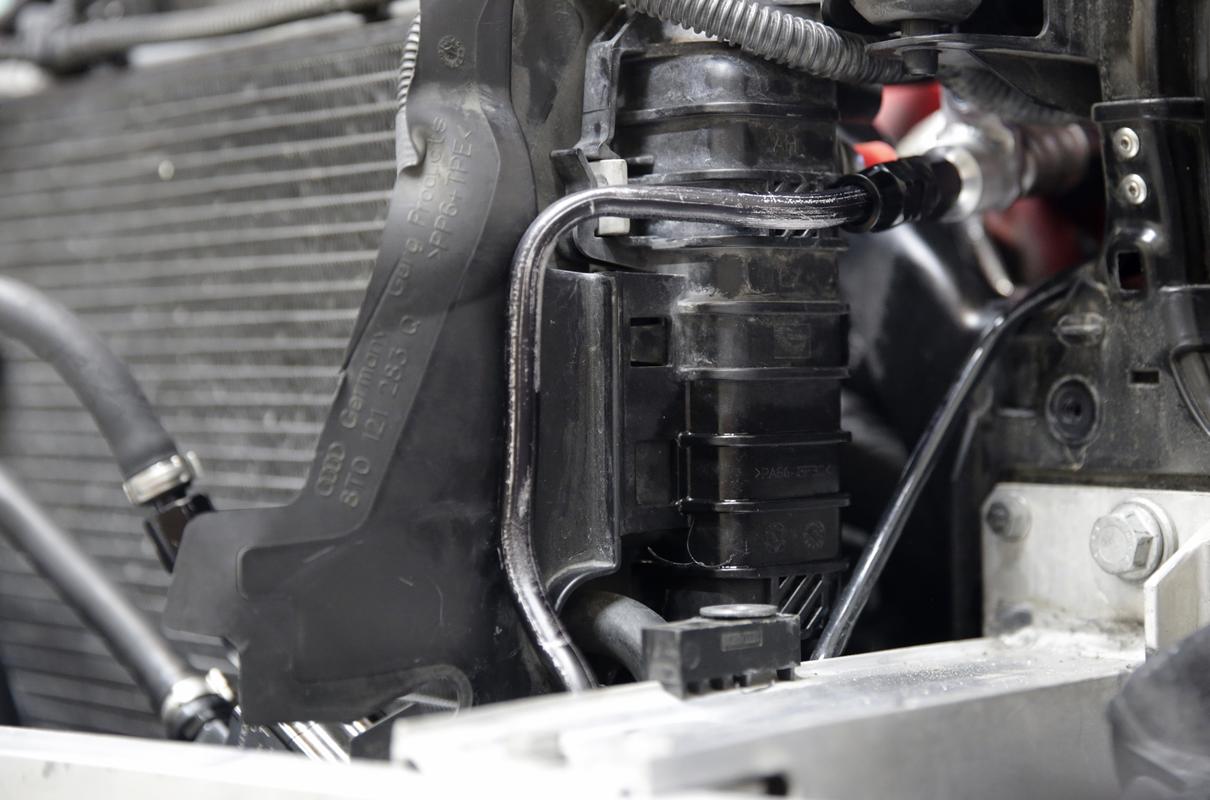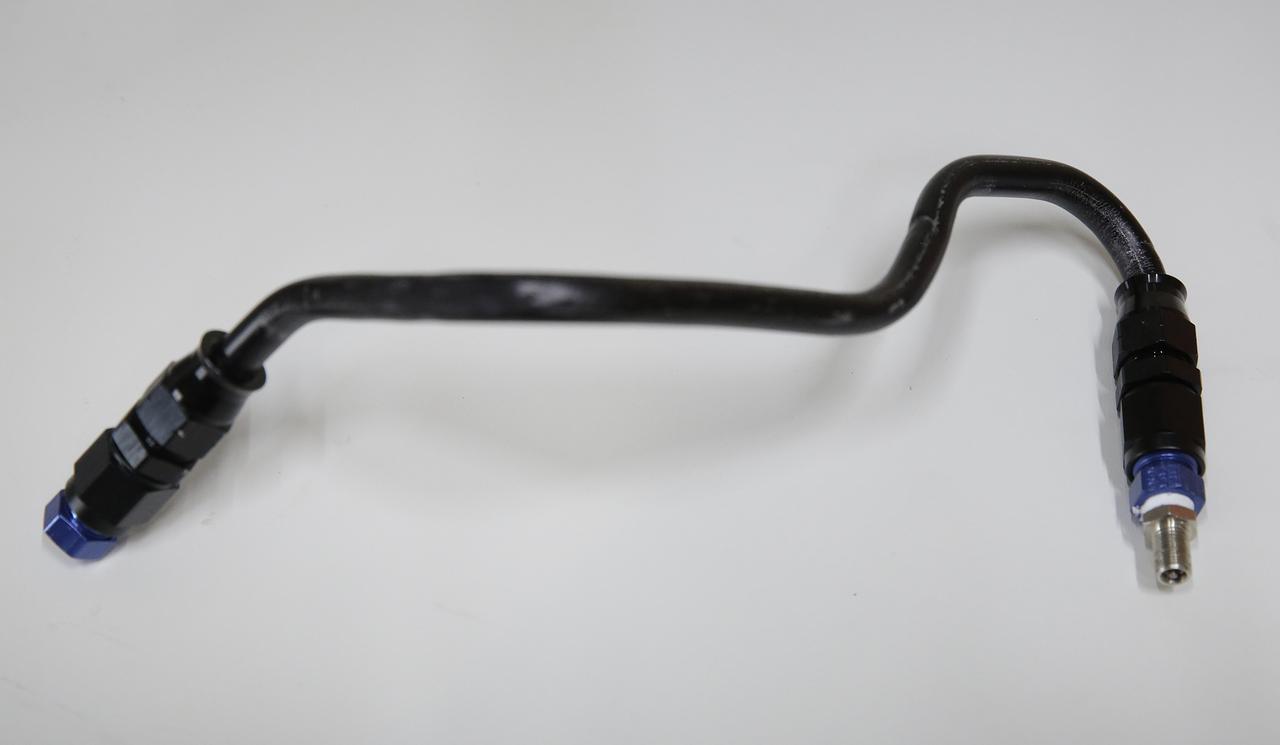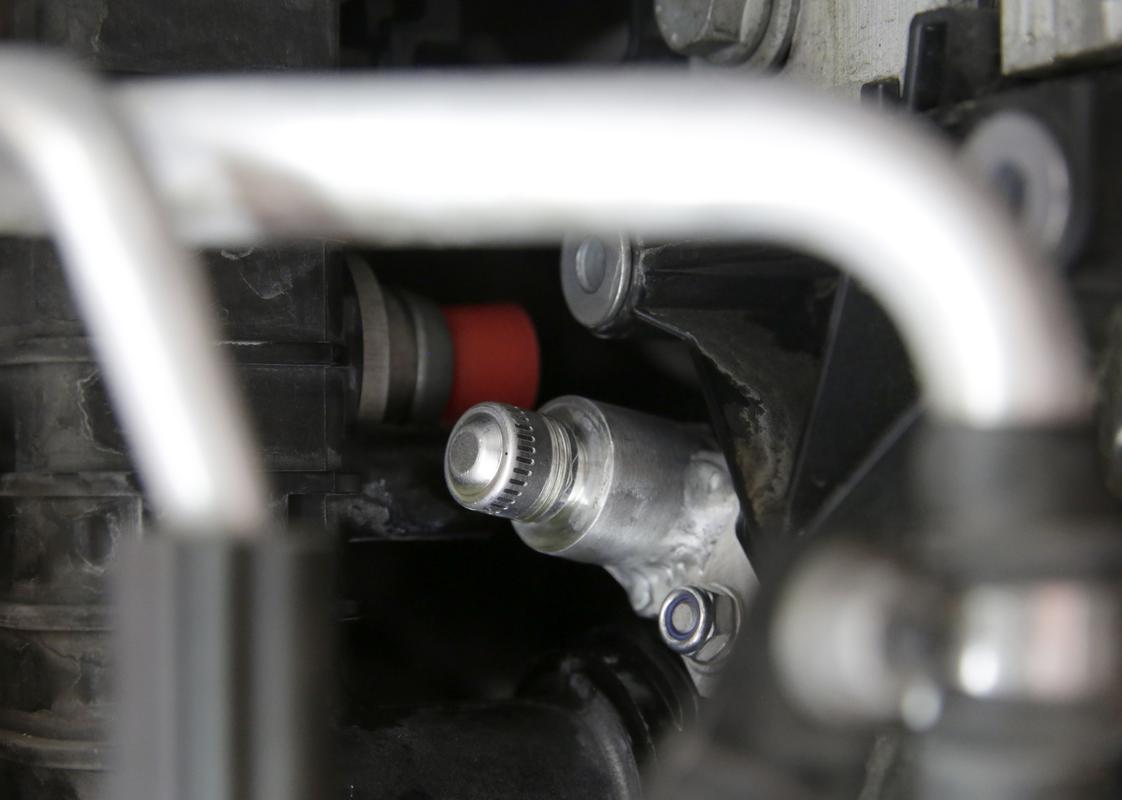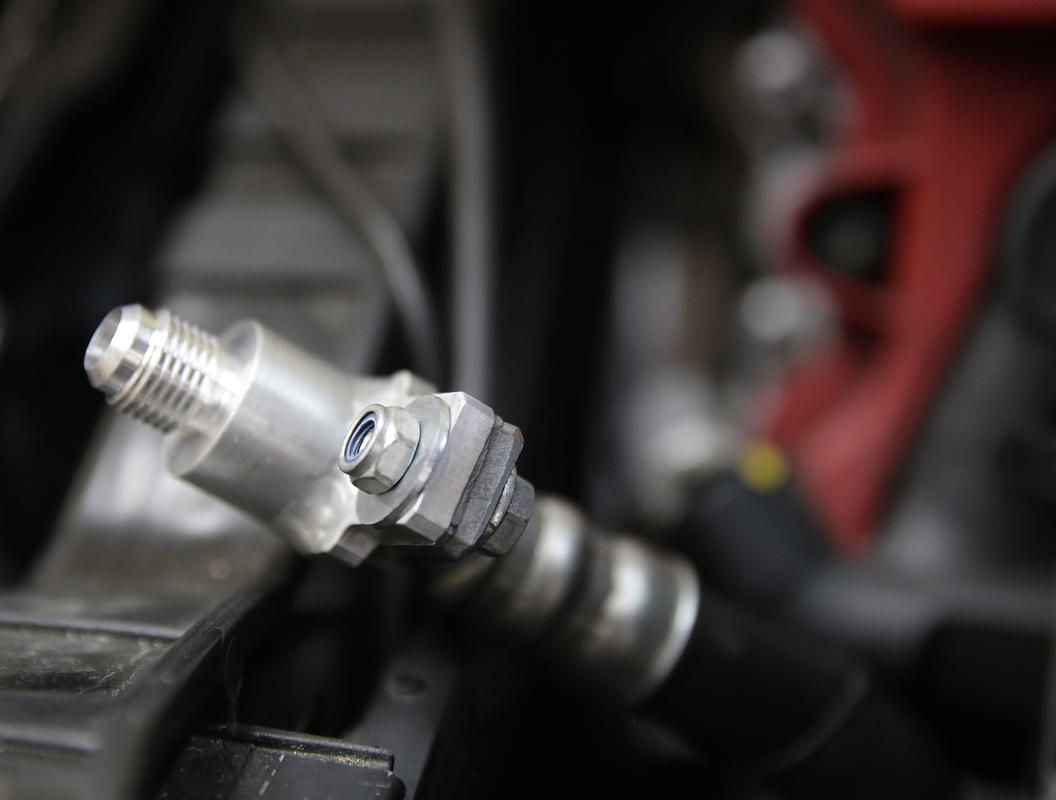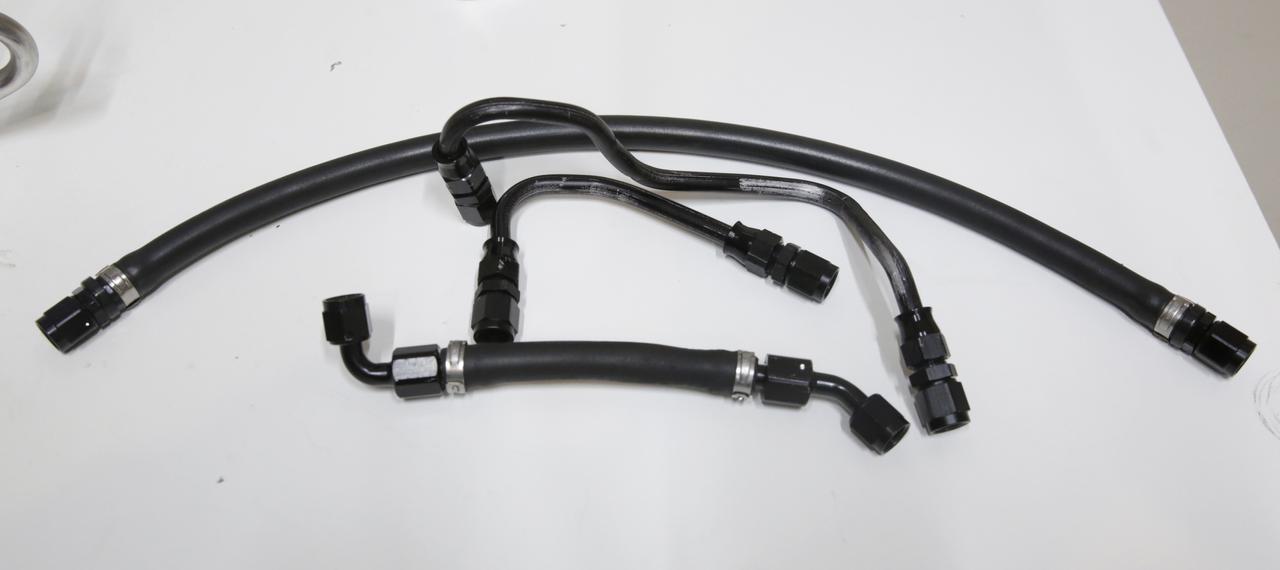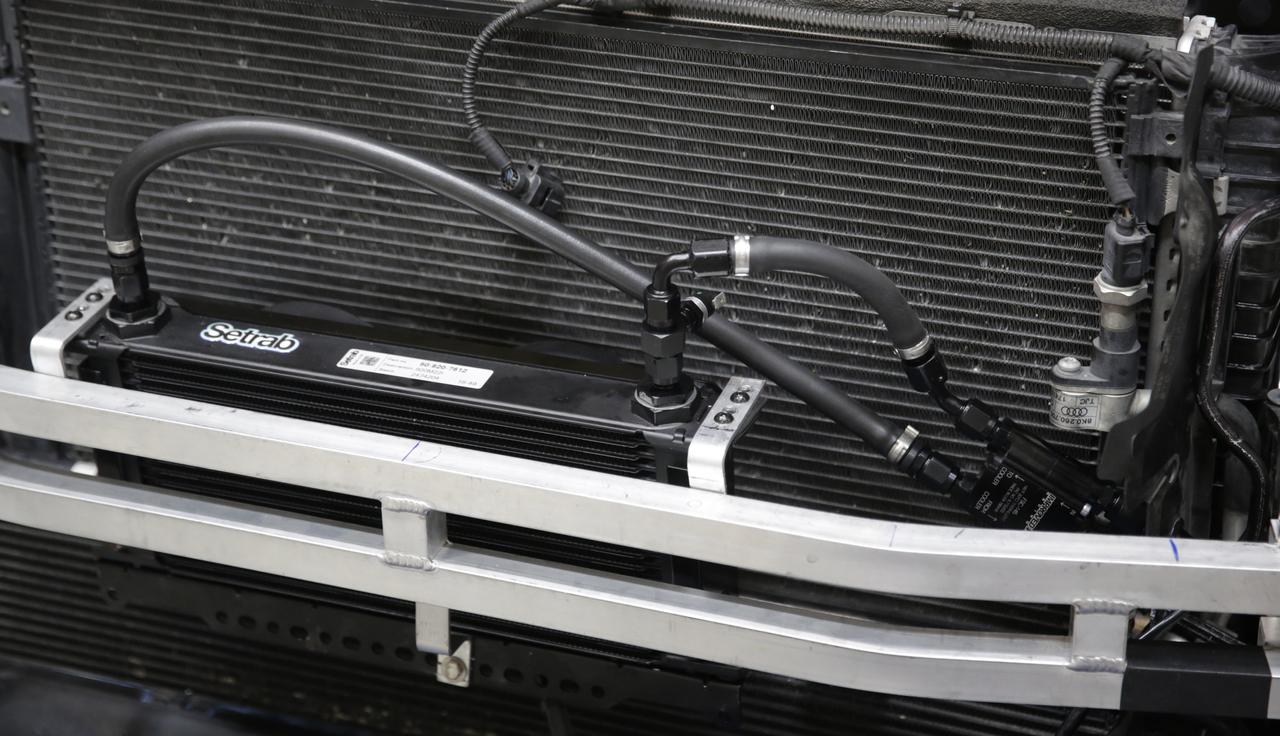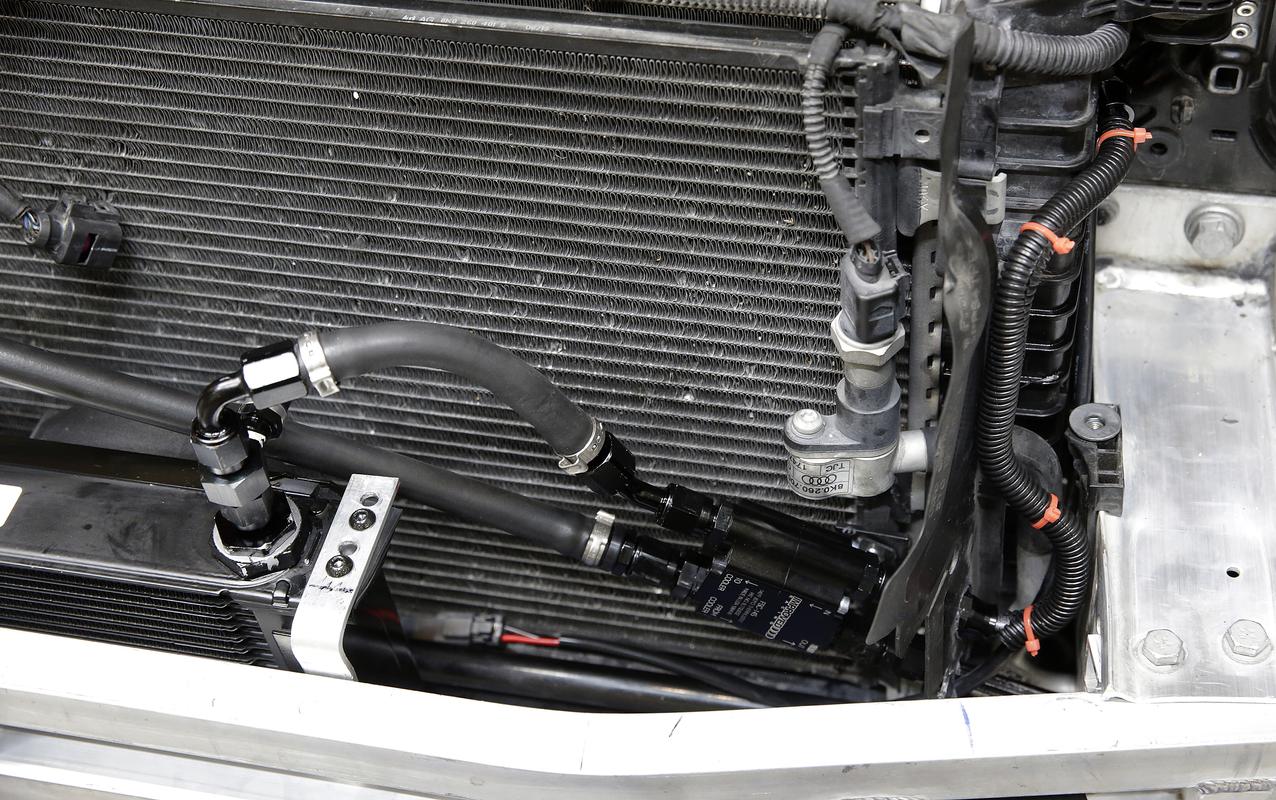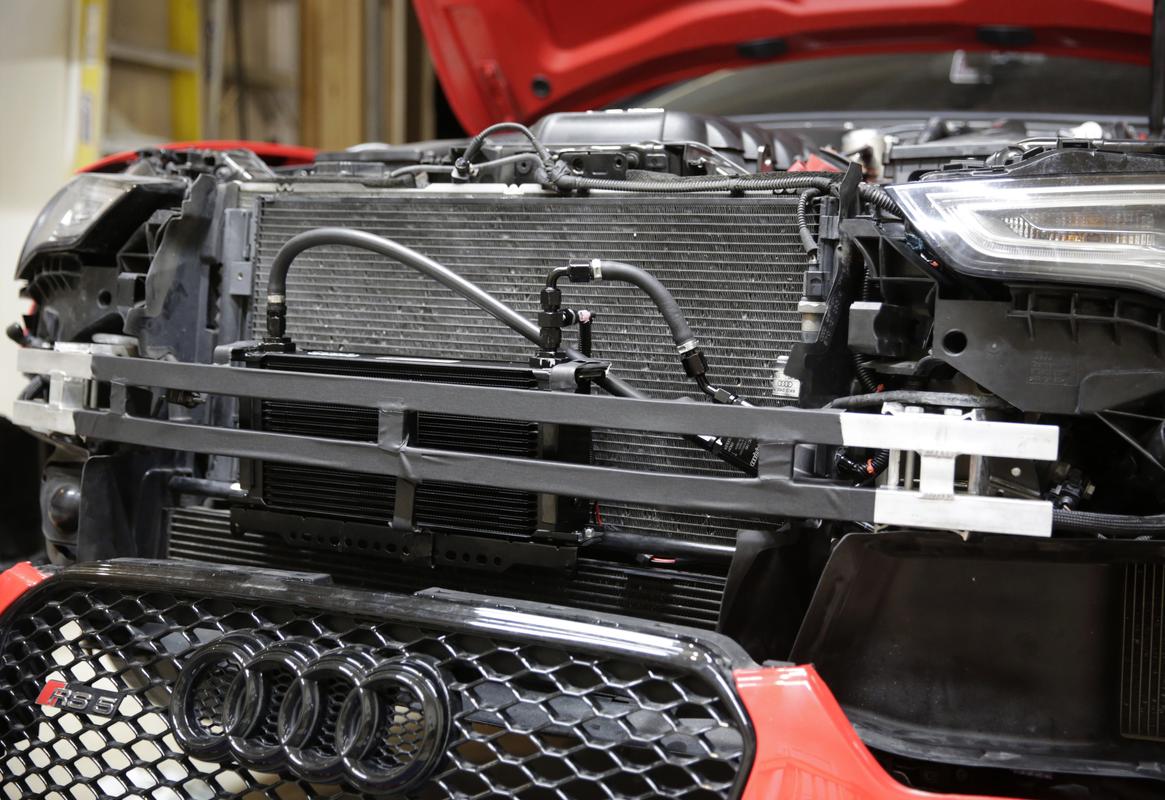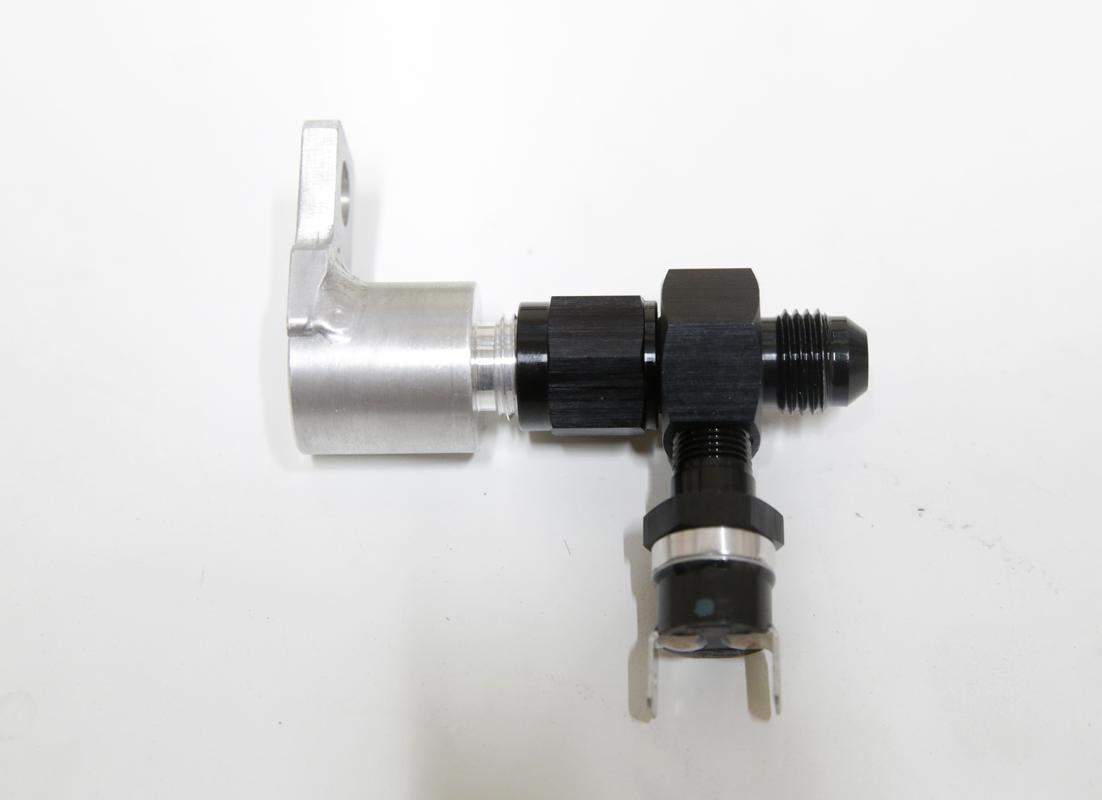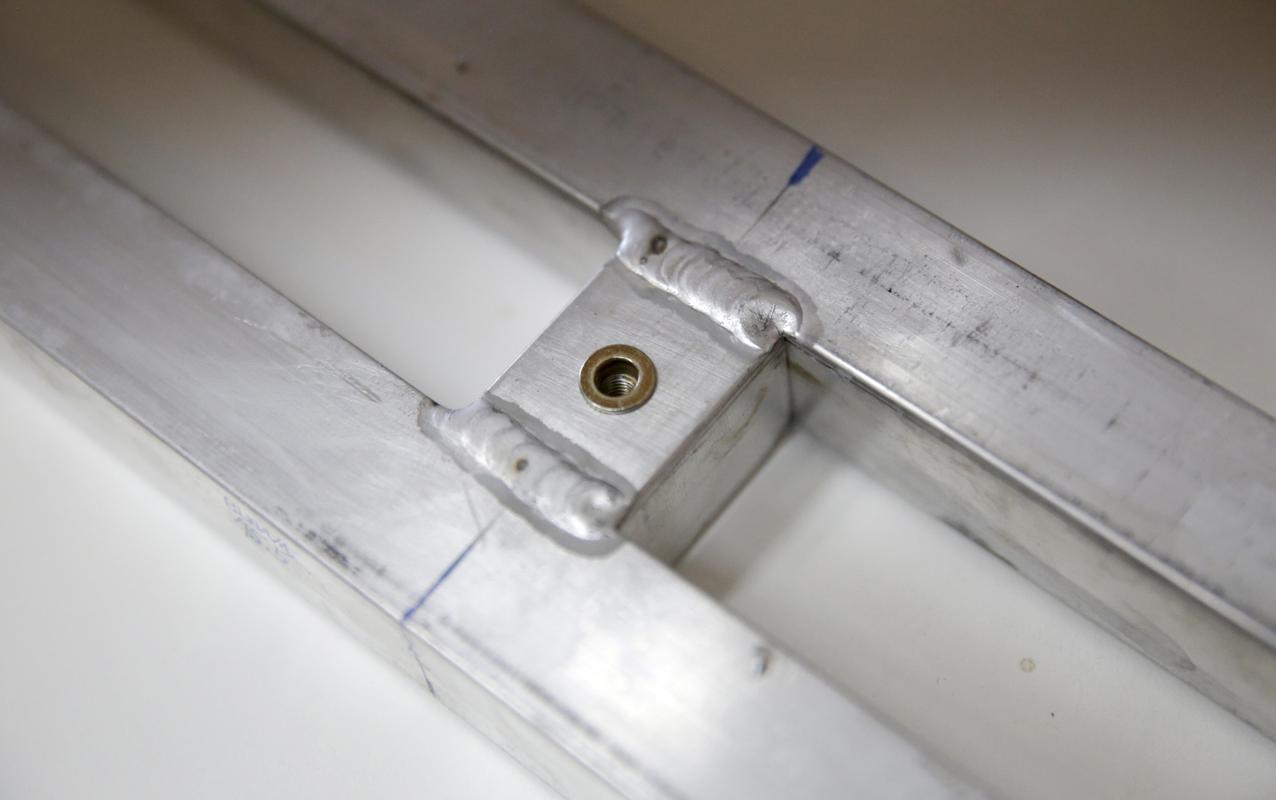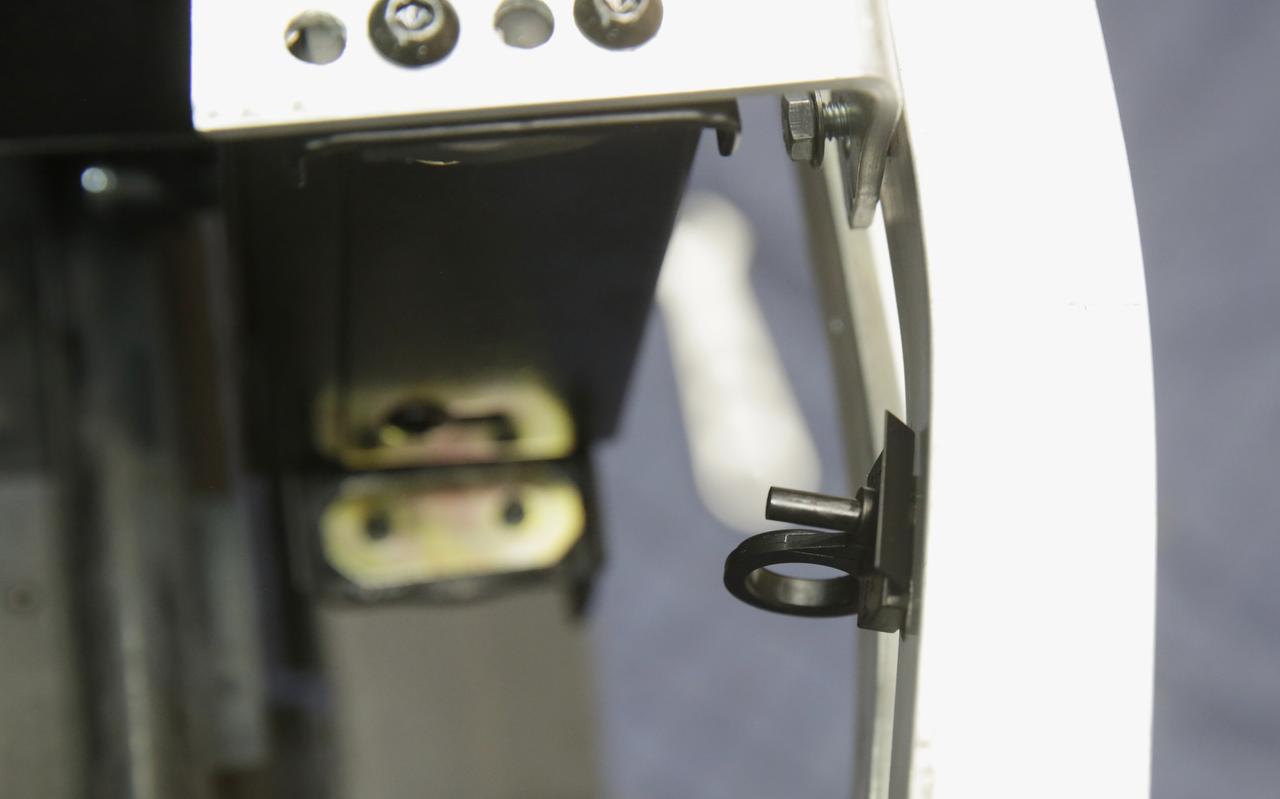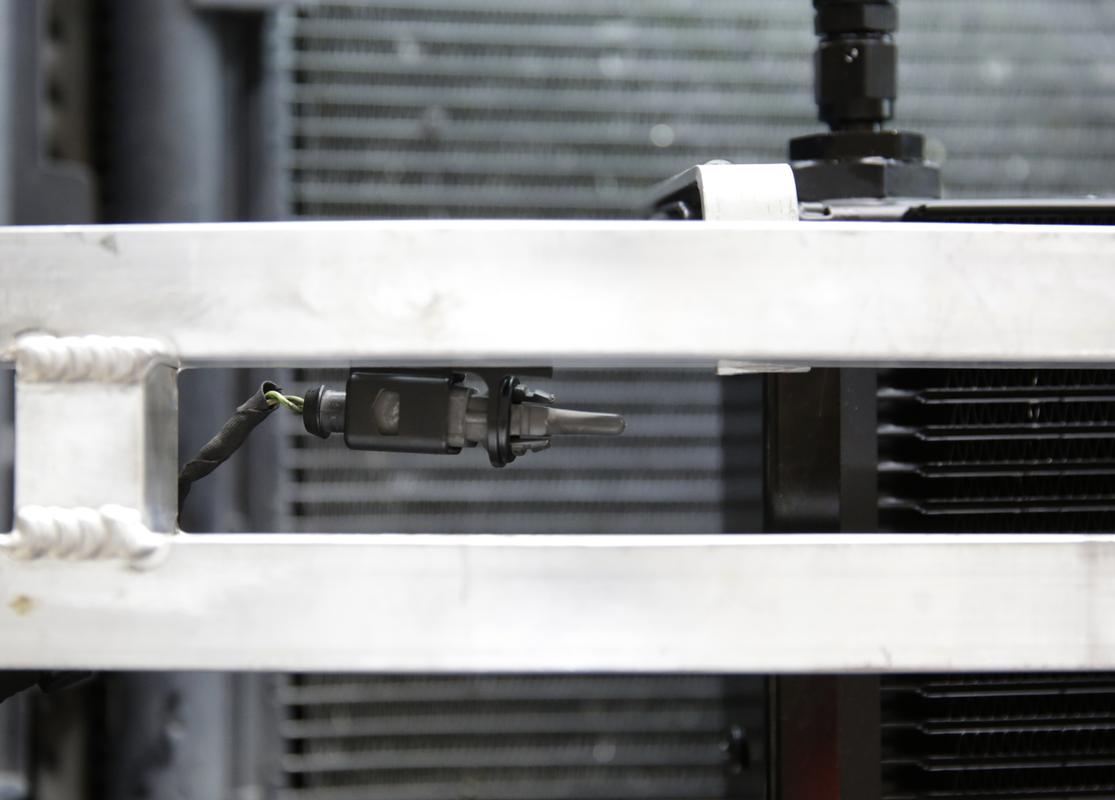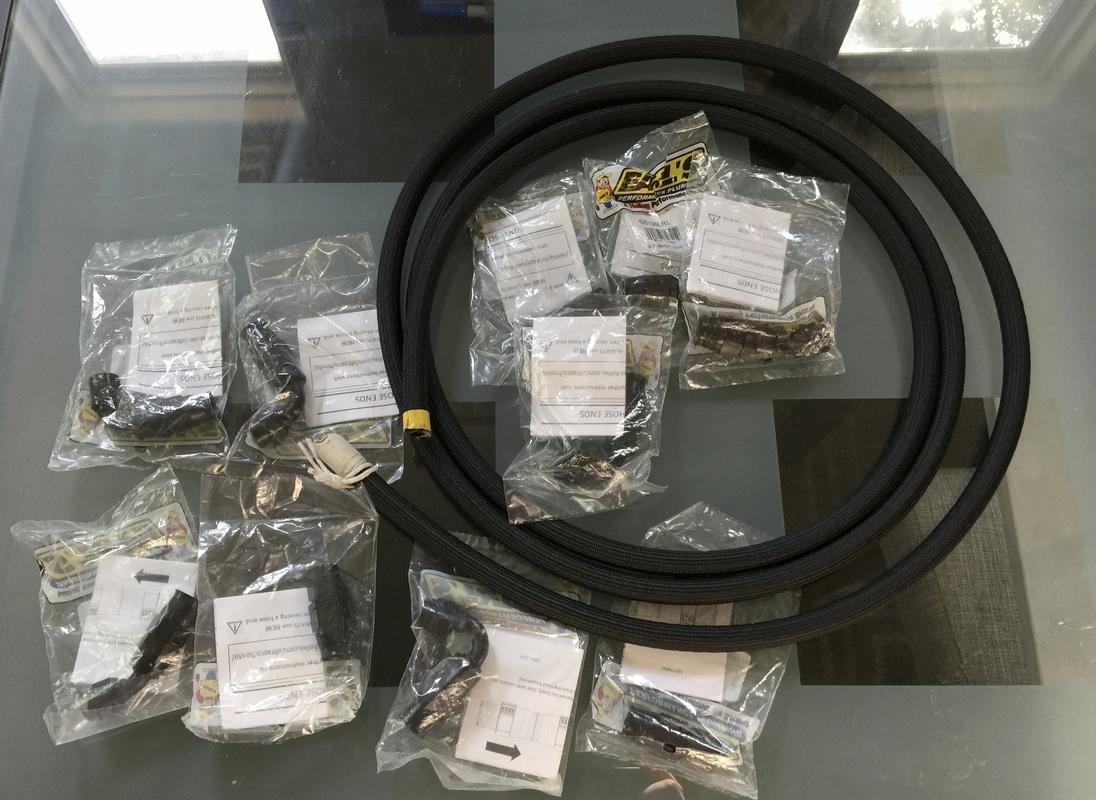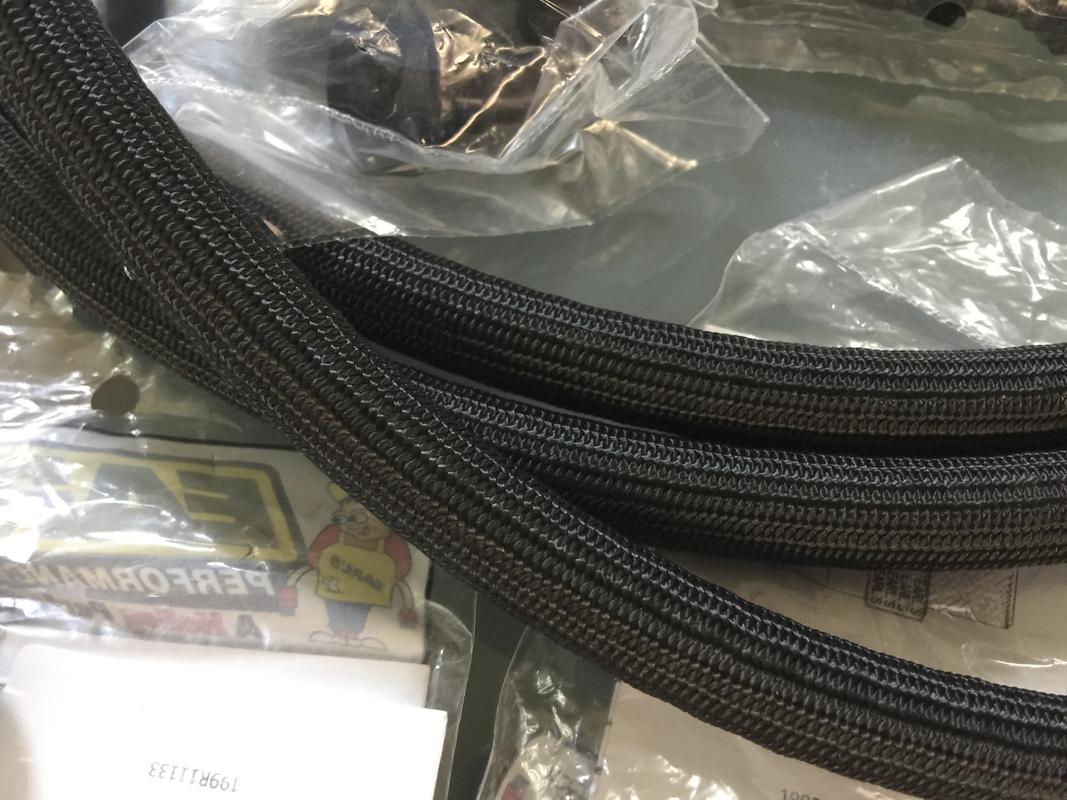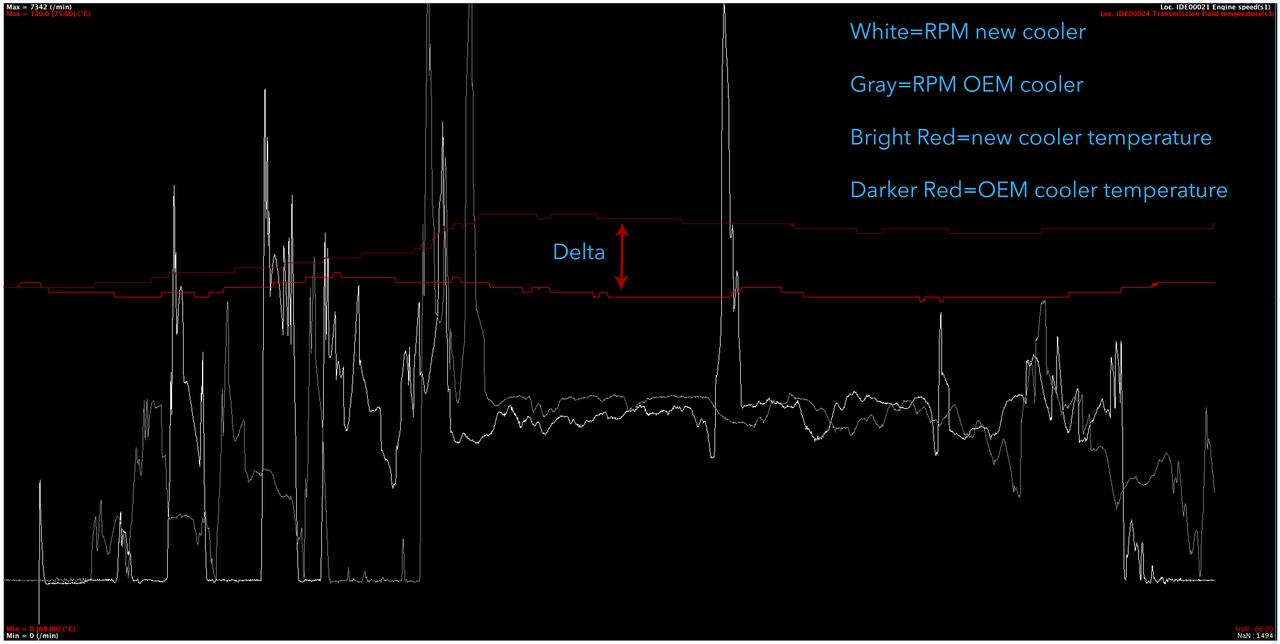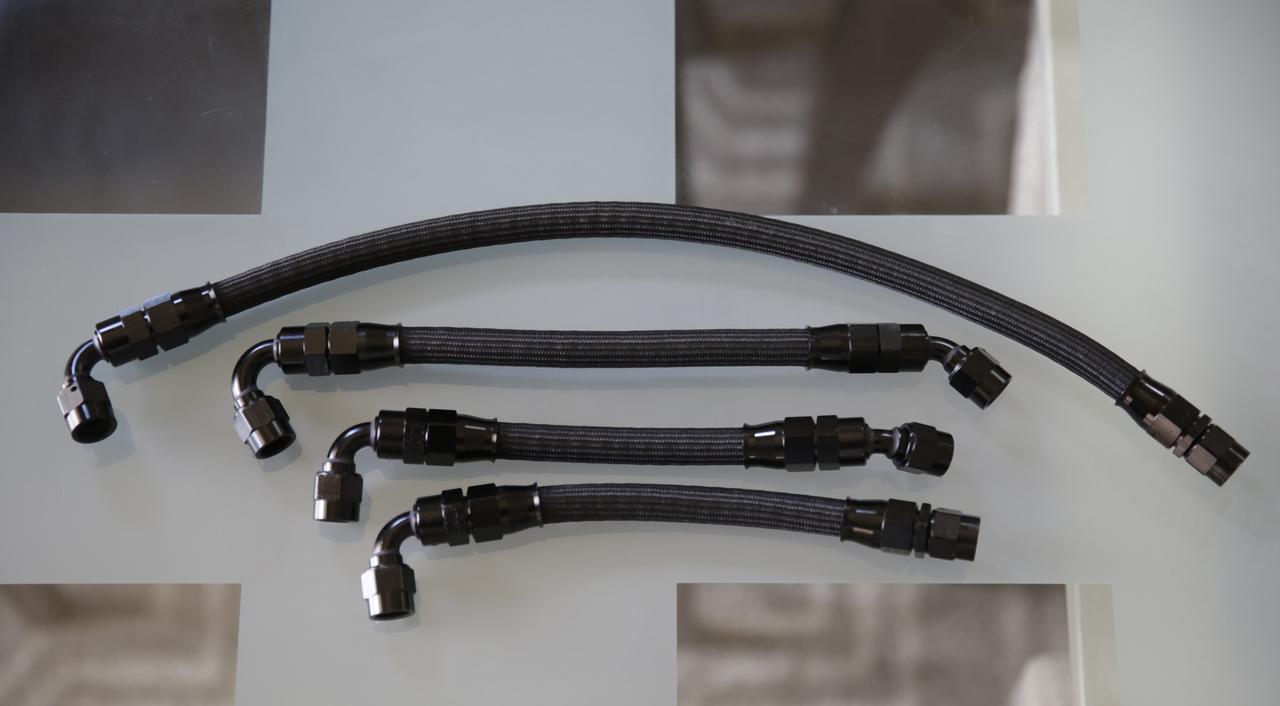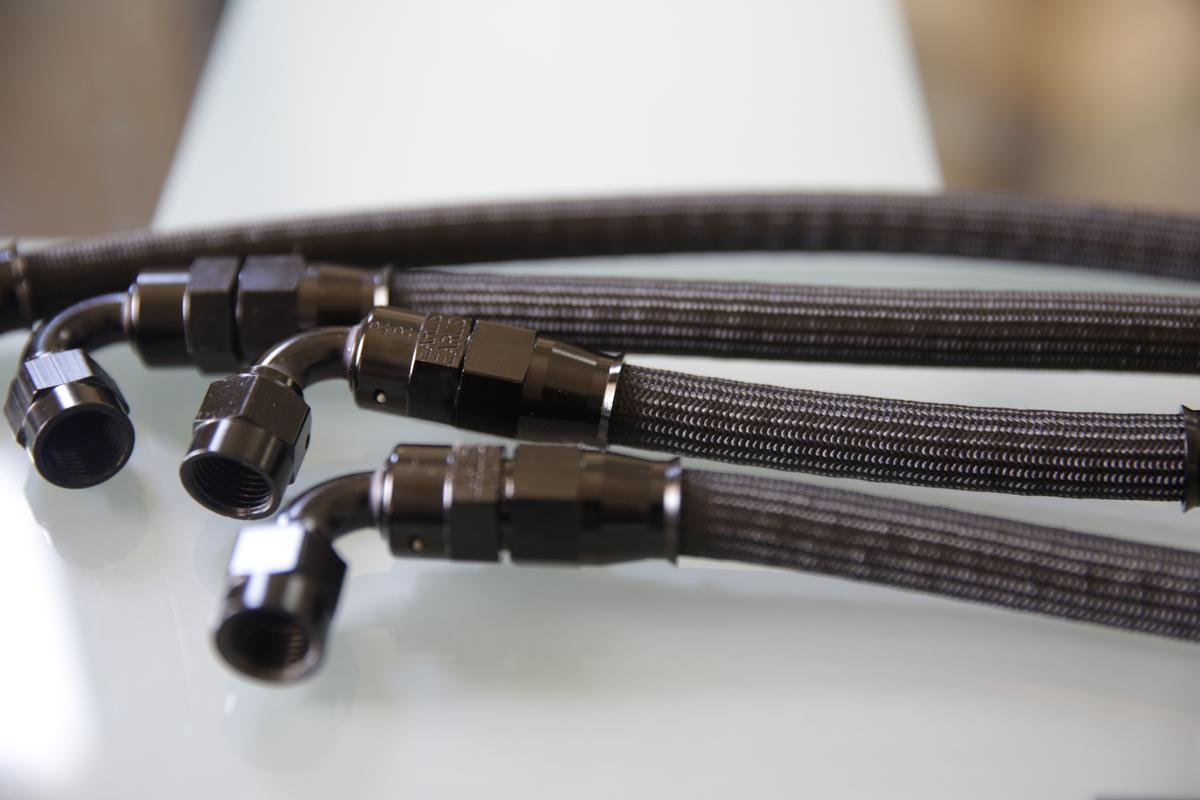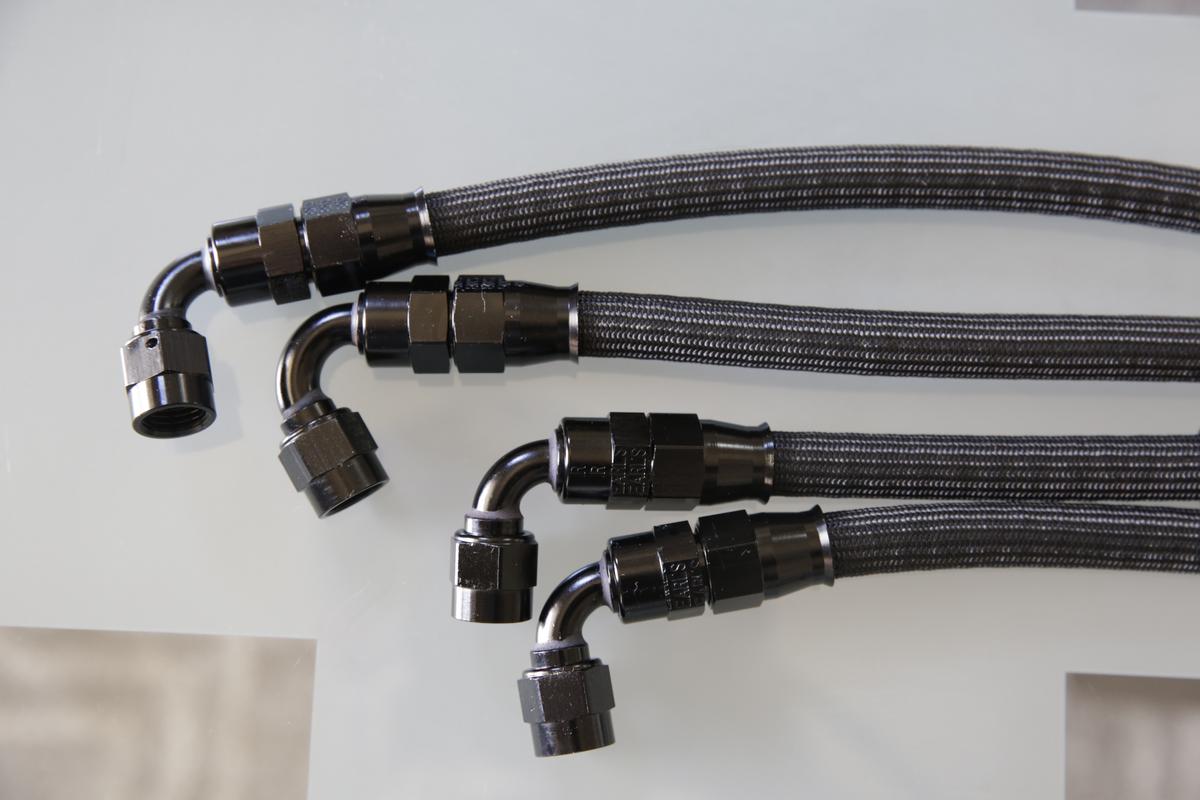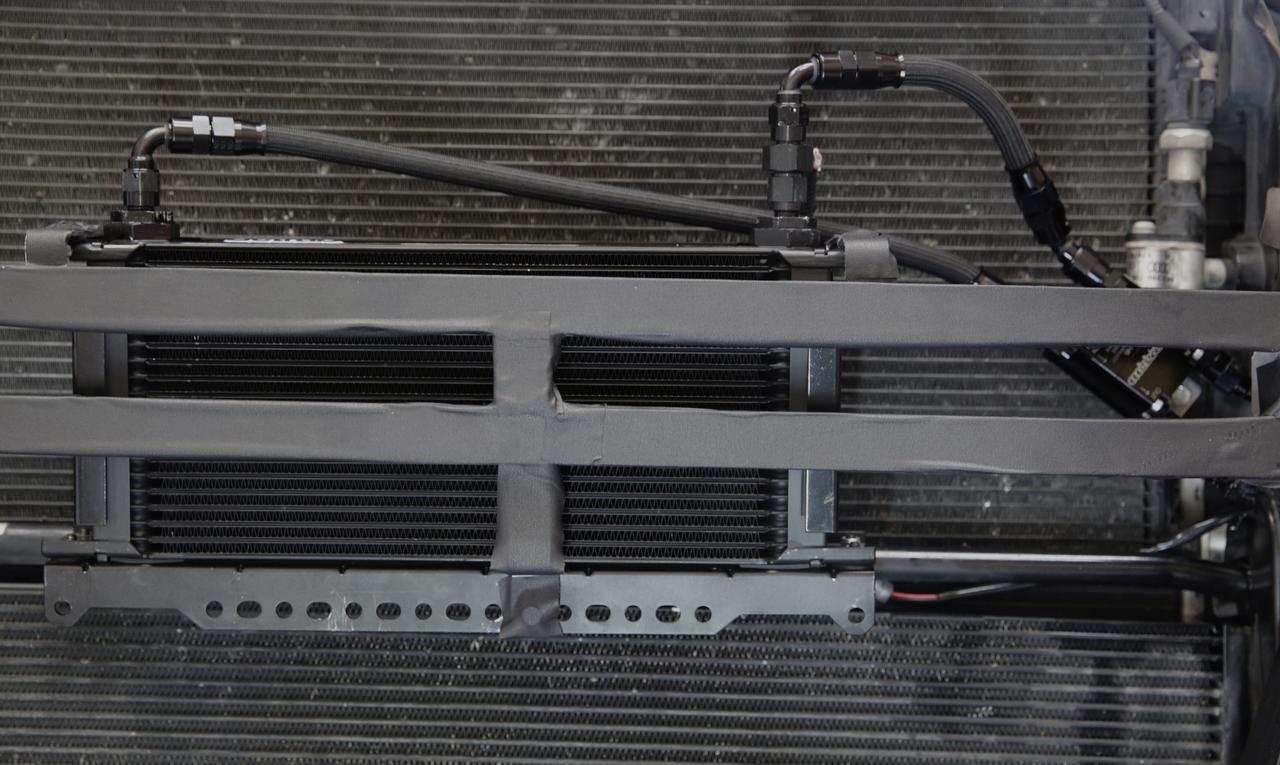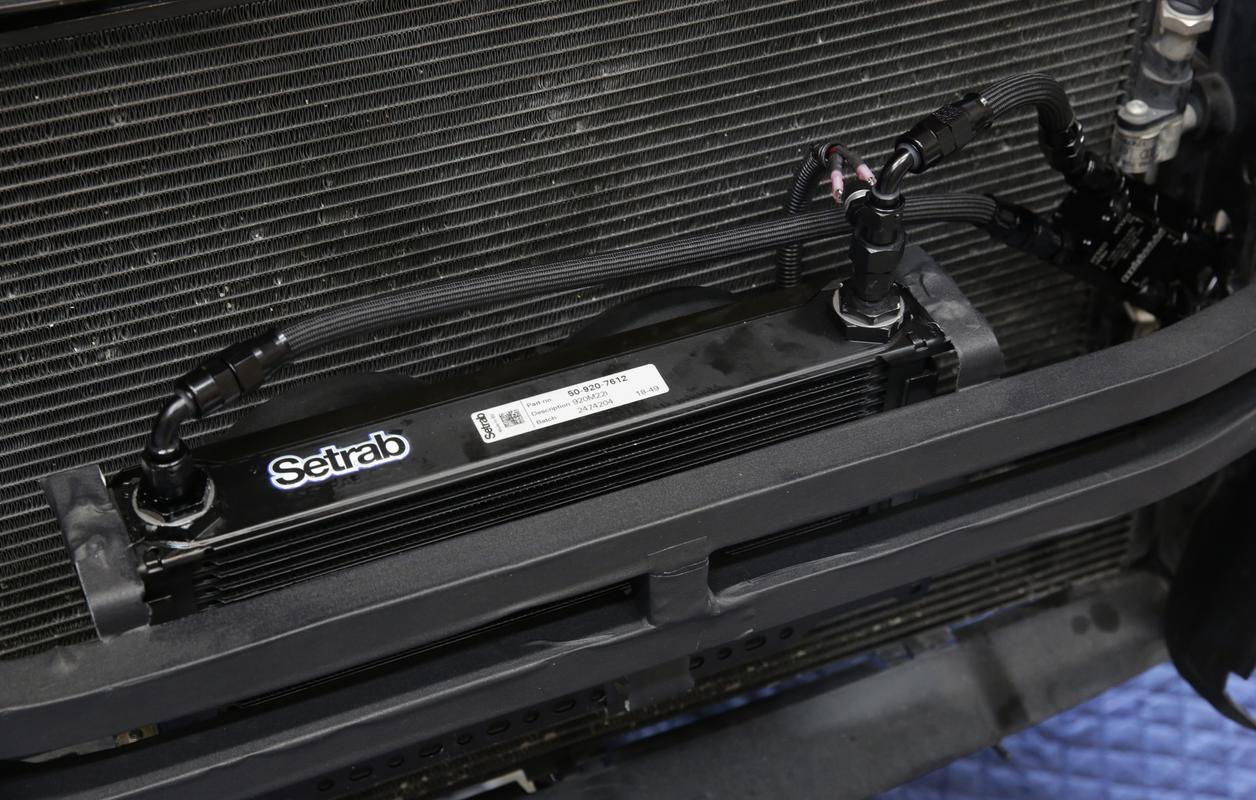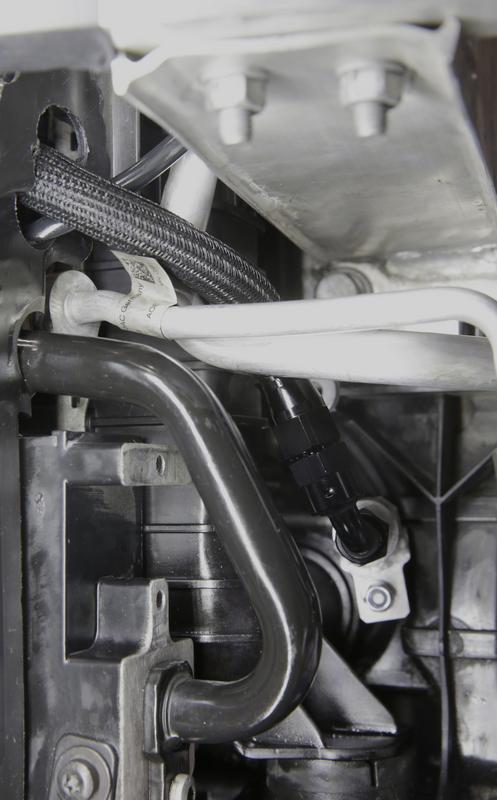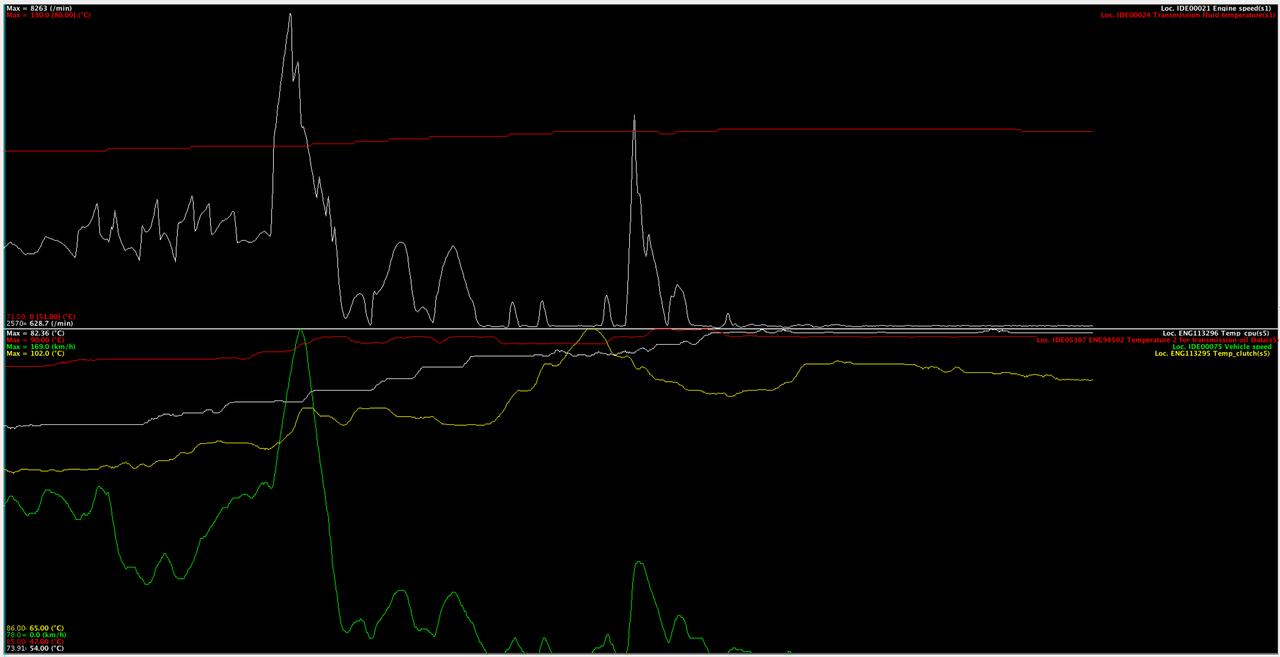Hey James, the cost of some of these esoteric and model-specific components is pretty high for what they are so I like to keep them intact. If someone wants to return the car back to OEM, it’s easily done. There is one ear (oettinger) clamp which needs to be clipped with a set of bull-nosed pliers but it literally takes three seconds (I shot video of course!). Other than that, it’s really easy to install. I’ll have an installation video as well as written instructions once I have all the final components on hand and at least one assembled for someone else.
The vented container at the top, that’s actually for the transmission. If you really push these cars (or any S-Tronic) hard at the track or on the back roads of “Mexico”, the OEM transmission case vent can pop open (by design) as the fluid heats up and expands. At the very least, you’ll smell it. Some can bubble out and sit on top of the transmission as well. The contain is designed to prevent both the smell and the fluid escaping. It’s essentially a catch can-like setup but there’s no fluid separation. It’s very similar to a radiator overflow. In addition, drag strip guys can overfill (from the top) the ATF fluid to prevent possible starvation issues under high g launches. I know some of the S5 and S4 guys experience this and as the RS5 gets faster, it’ll be a useful item to have.
I had a little escaping so I went ahead and whipped something up. The way it’s set up, any fluid is contained in the unit and there’s no smell. As the car cools down, fluid is free to drain right back into the transmission. It’s not as big a problem on the RS5 just yet but track day cars may want to utilize one. I can make more of those as well. Also easy to install surprisingly as I found a clever way to do it from the top of the car. No hand shrinkage required.
The RS3 and TTRS can both experience ATF fluid burps and full-on pukes when tuned. I know one individual who’s actually had ATF fluid up his windshield and over theft side of his engine bay. Not exactly safe on a mid-10 second car and the smell is truly something to be experienced to fully understand. It’s not something you’d want to try and clean out of your engine bay.
The vent/overflow container mounts on the firewall with a bracket. No drilling, no extra holes or anything. It utilizes existing threaded holes. Fits surprisingly well right there too. No rubbing on anything.
I originally had it near the ABS unit as there was a space and an unused bolt hole. Unfortunately this doesn’t allow for the fluid to drain back via gravity.
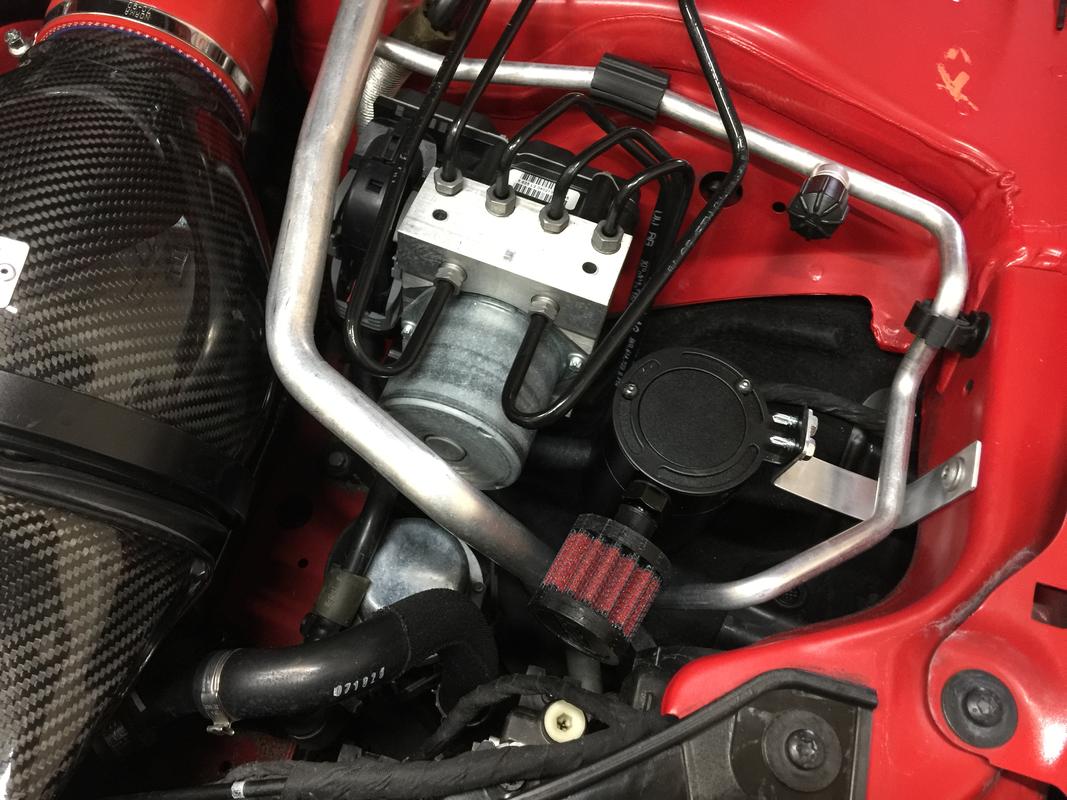
The picture below is the top of the transmission. The black cap in the center of the image is the vent and the car’s firewall is the out of focus portion in the right side of the frame. The discoloration on top of the transmission is ATF fluid that bubbled out during some testing runs.

On the catch can thing…I may end up doing something later on. I just finished a thermostat design which is being whittled up out of billet aluminum as we speak. In theory, it’ll help our cars run cooler overall and bring the auxiliary radiators fully online sooner. Need to test it out on my car first of course. If it works, I may add catch cans to remove some of the volatiles and water. I already change my oil every 5K and it’ll be necessary to do so when running at overall lower temps. I also have another bolt-on affair in the works to improve heat exchange via the OEM radiator. It’ll also be cross platform compatible on all 4 and 5 series (A4/S4, A5/S5/RS5).


